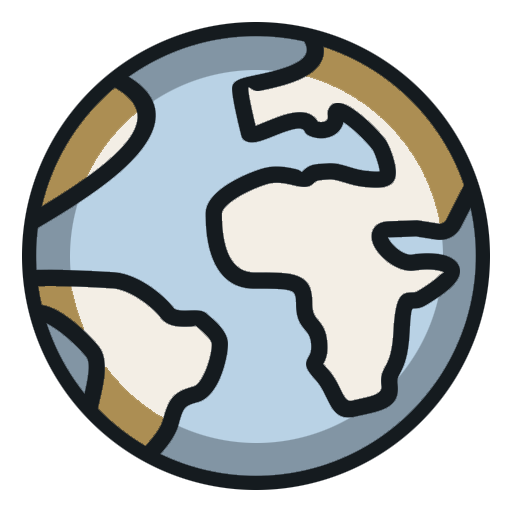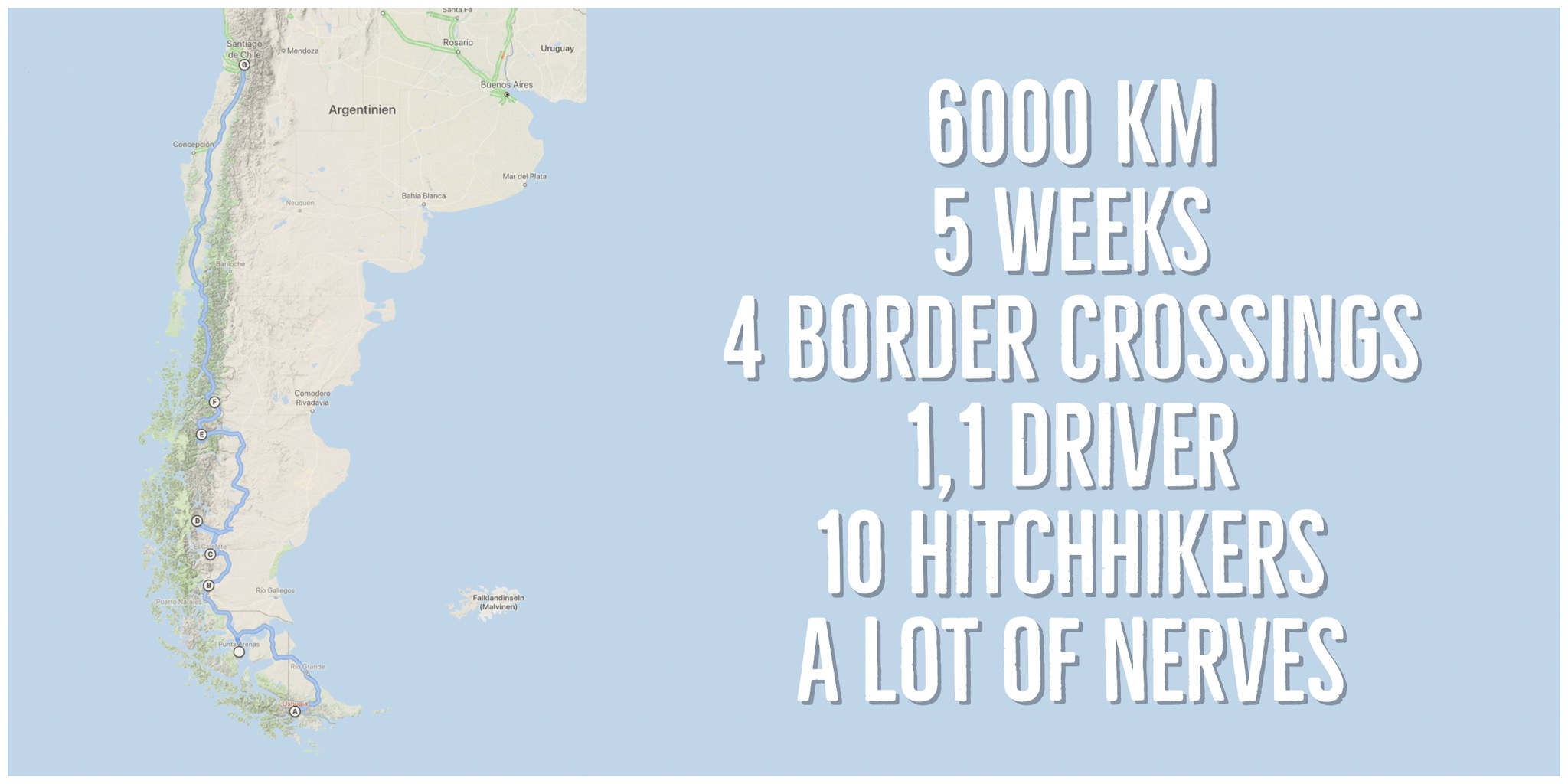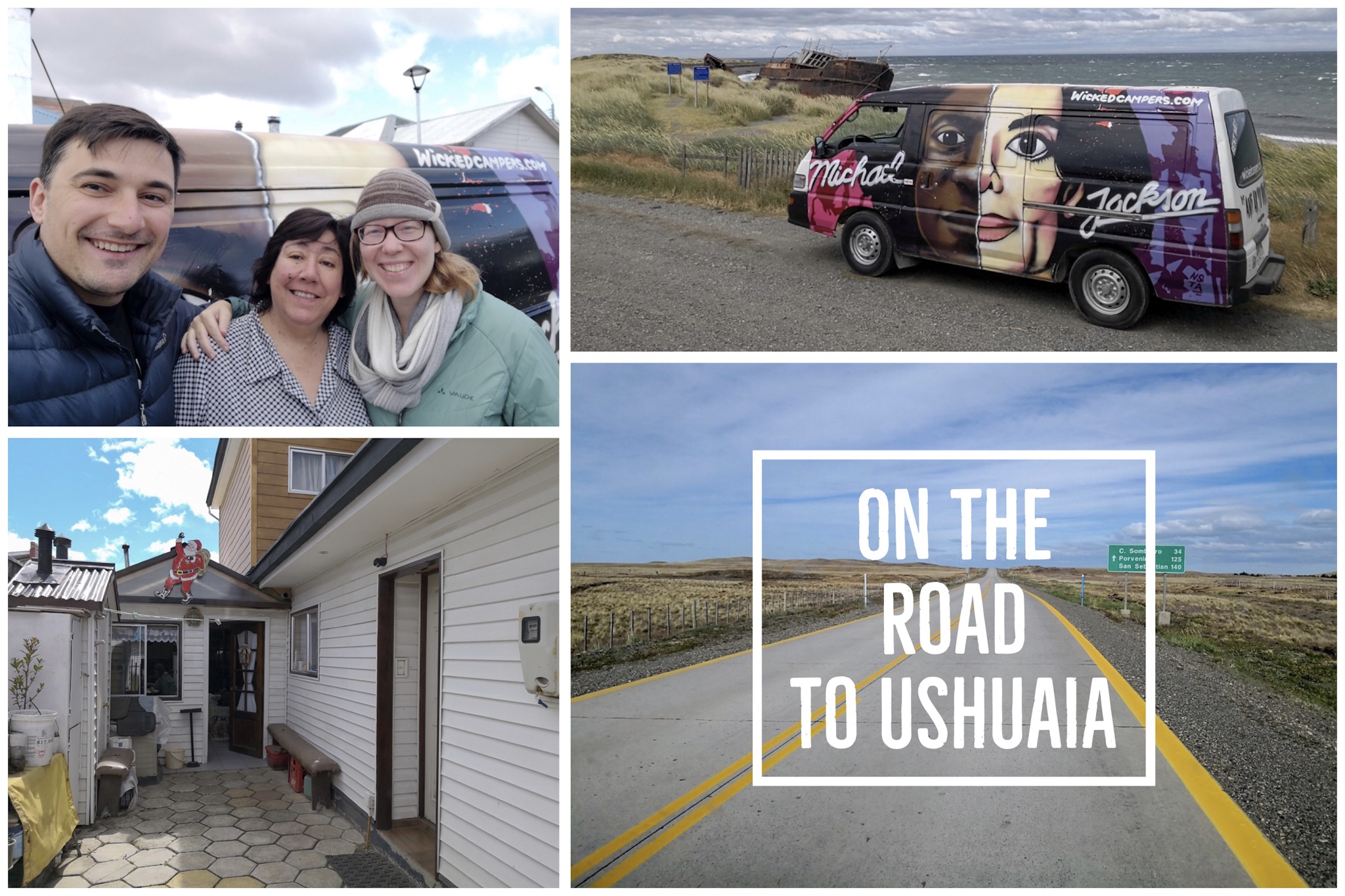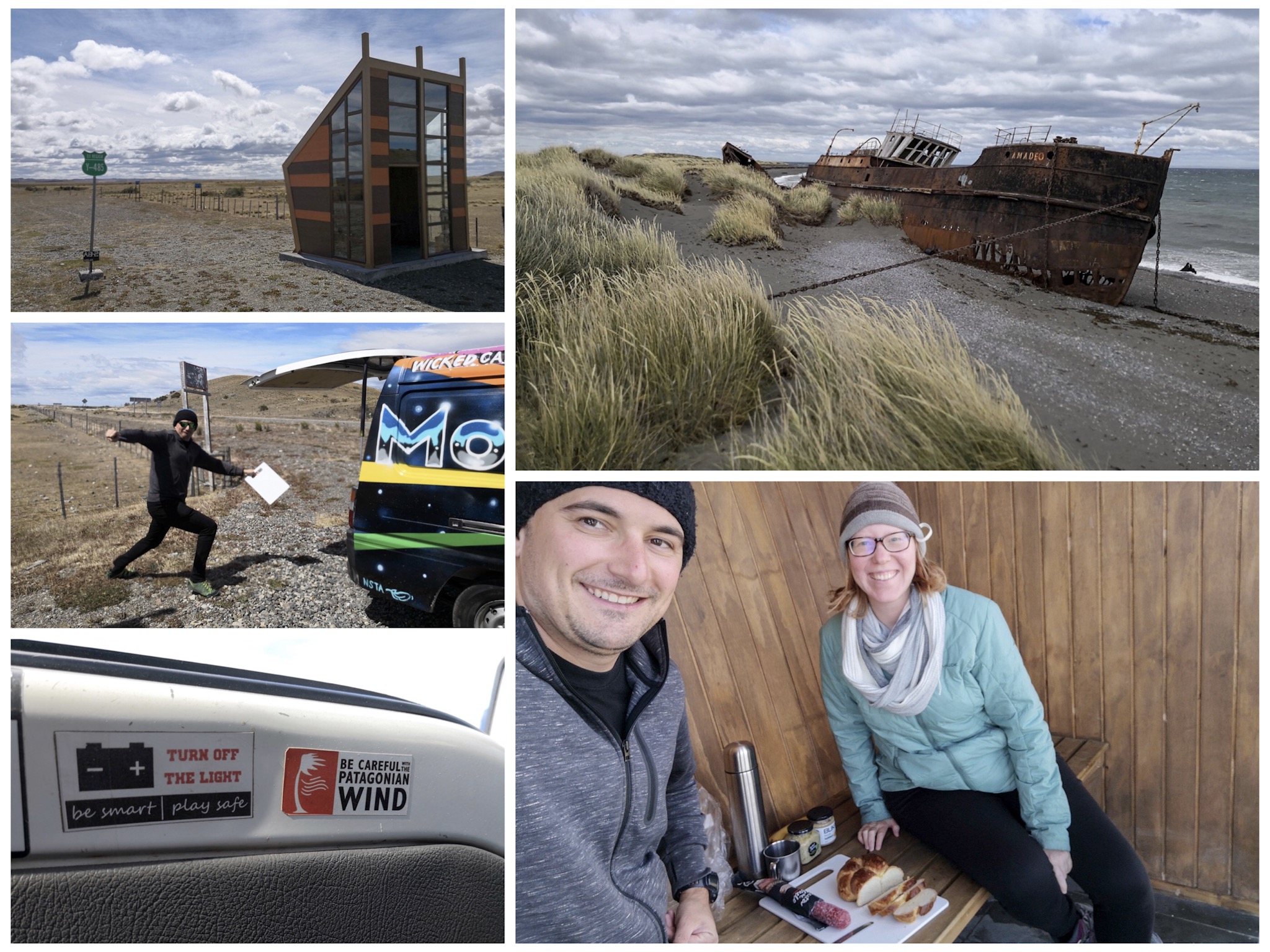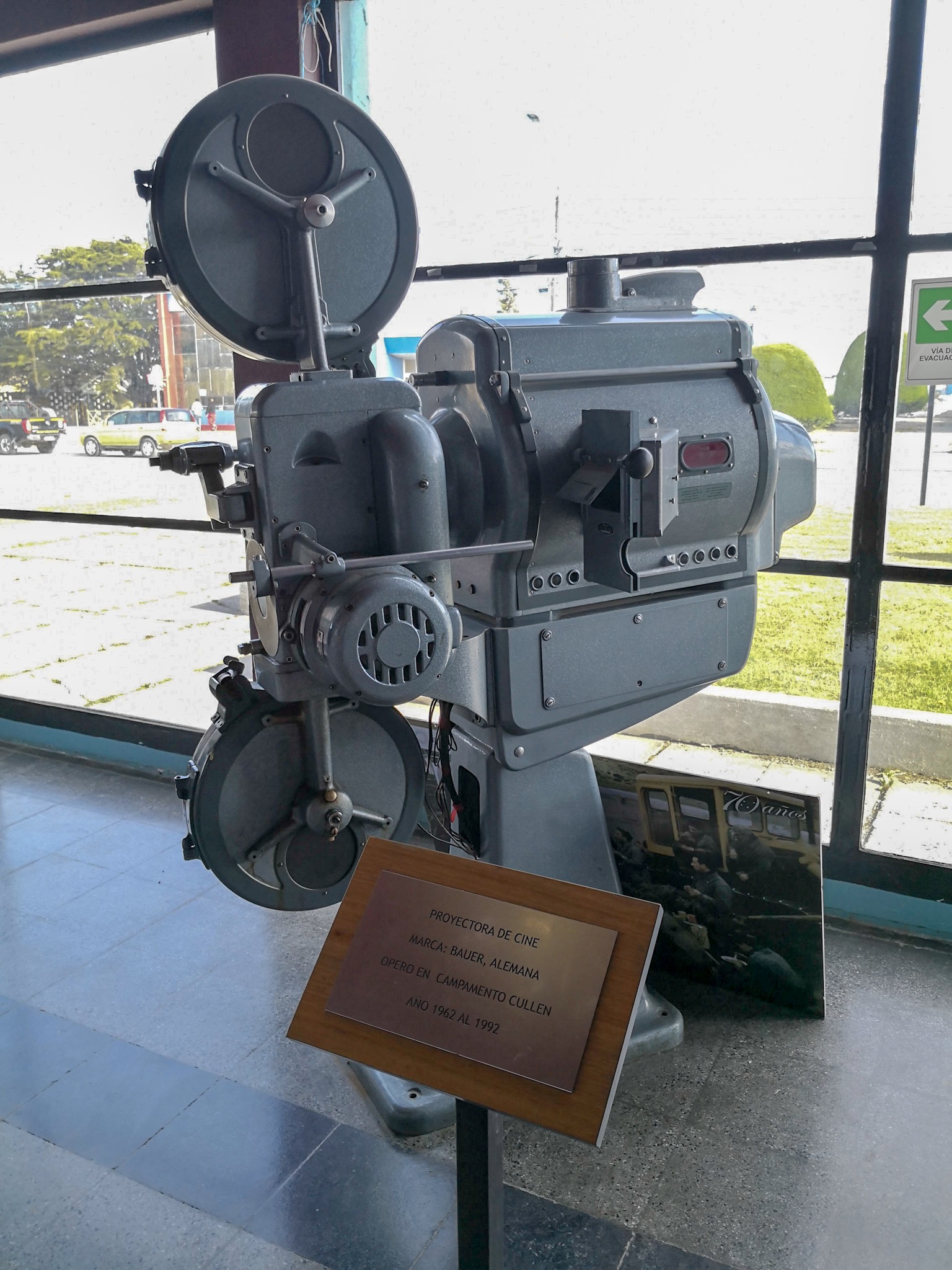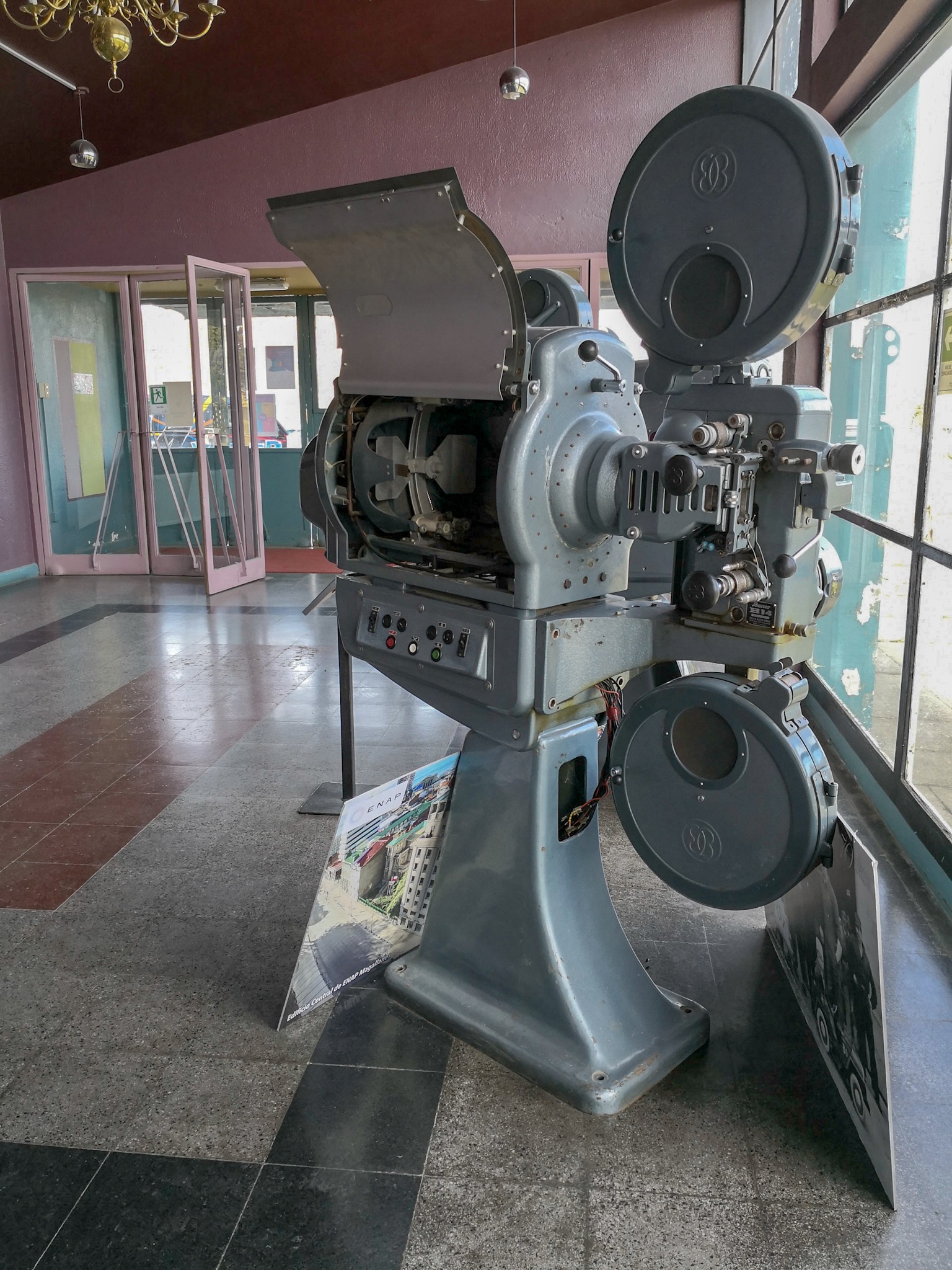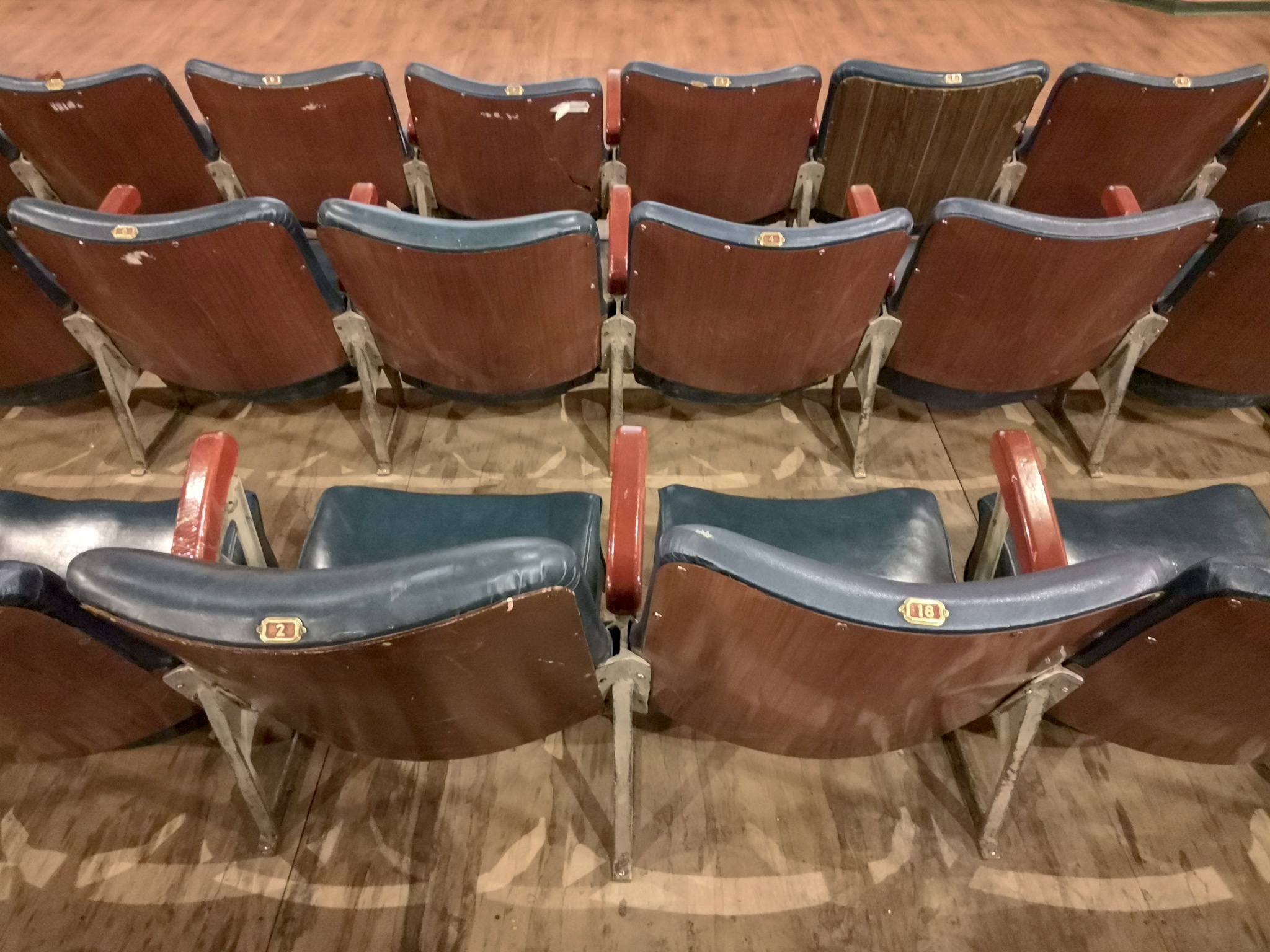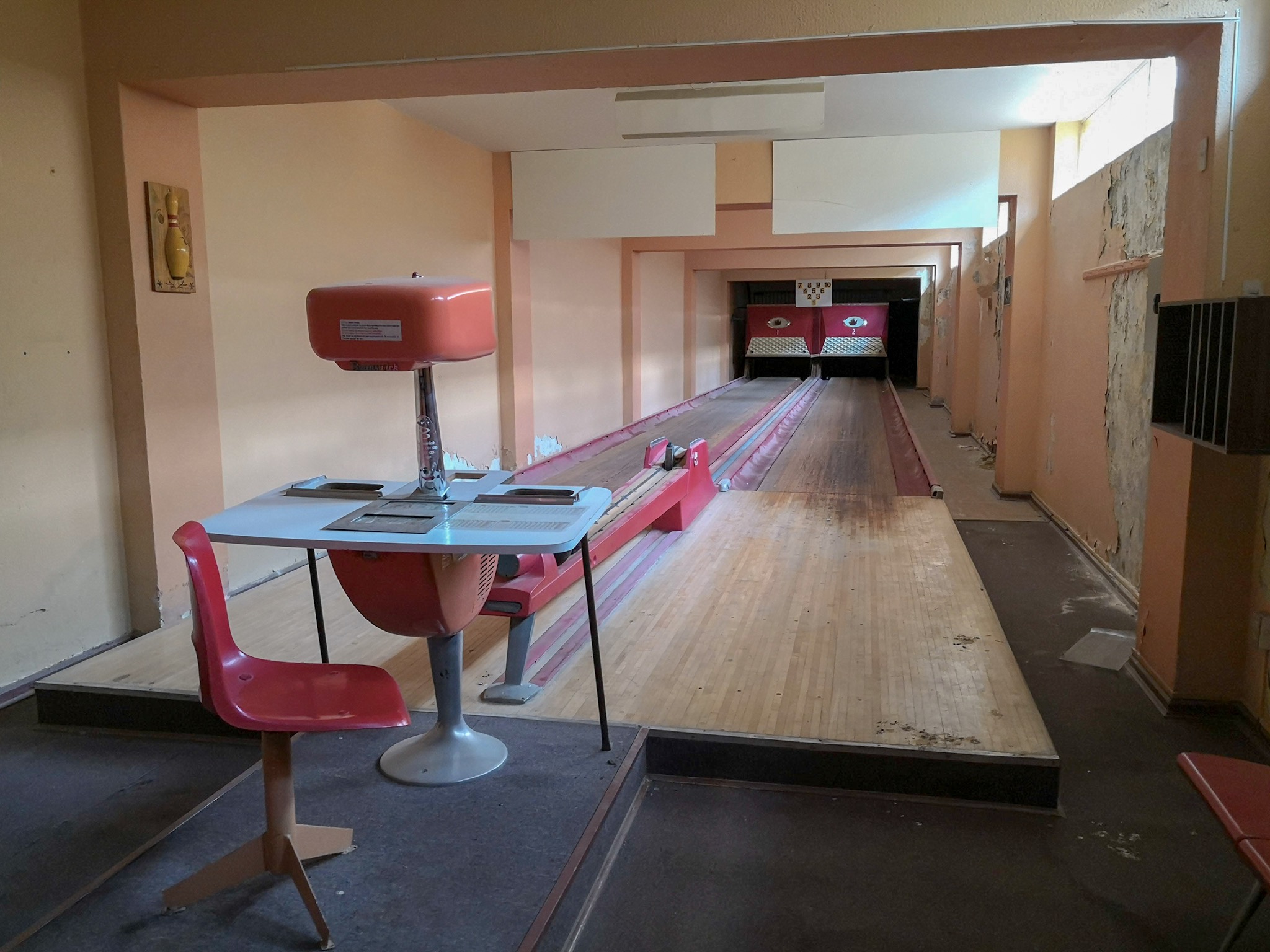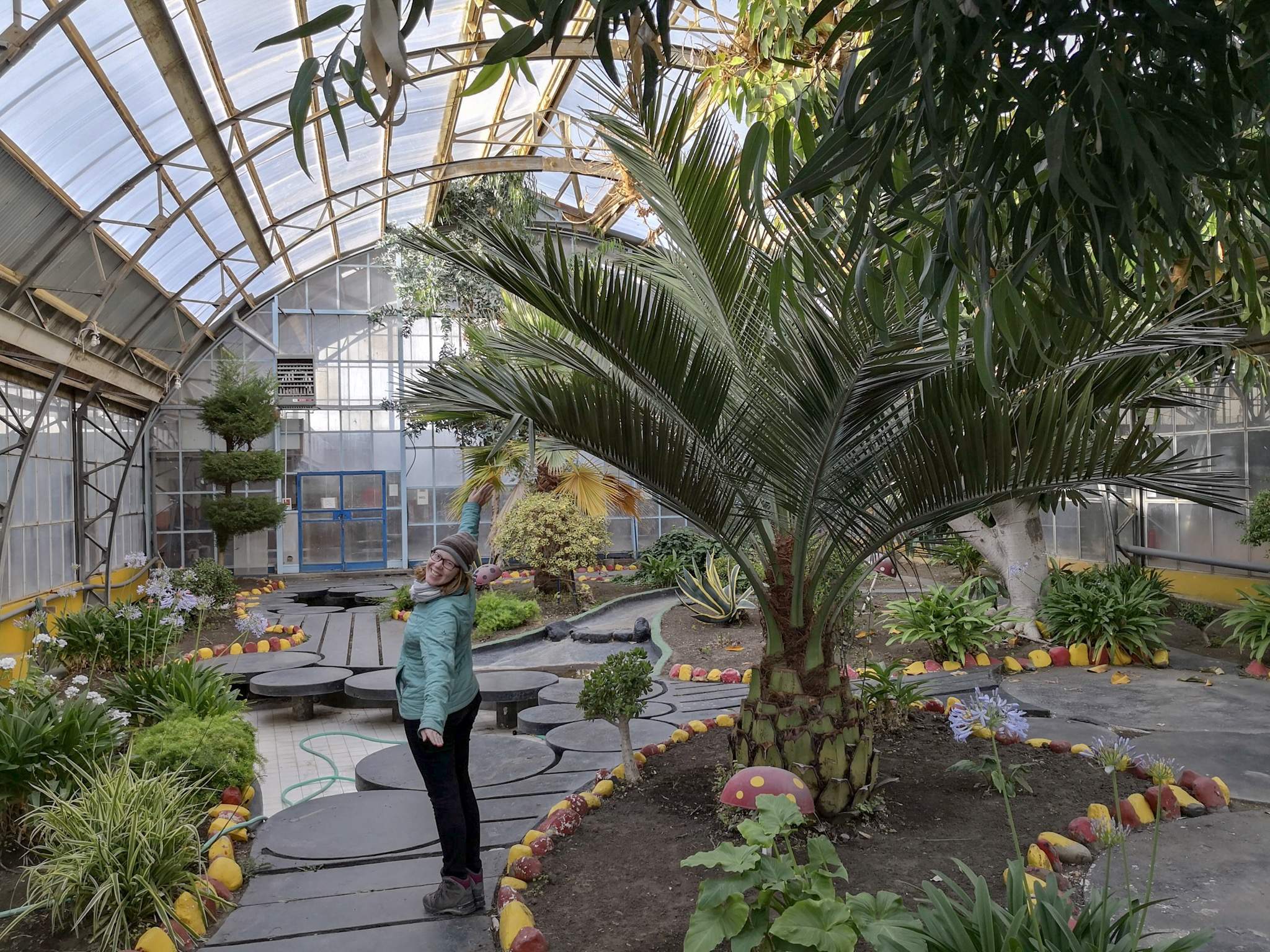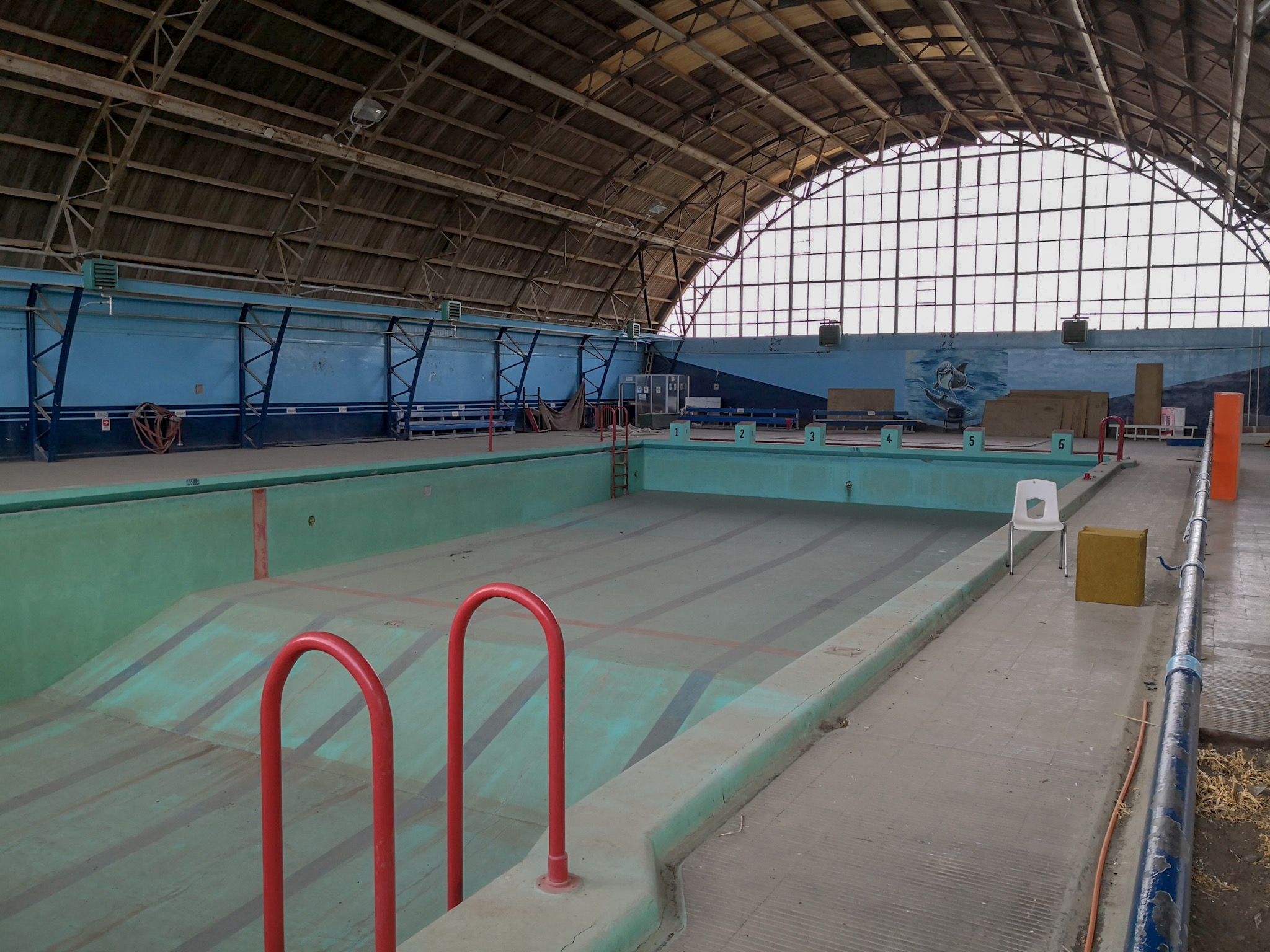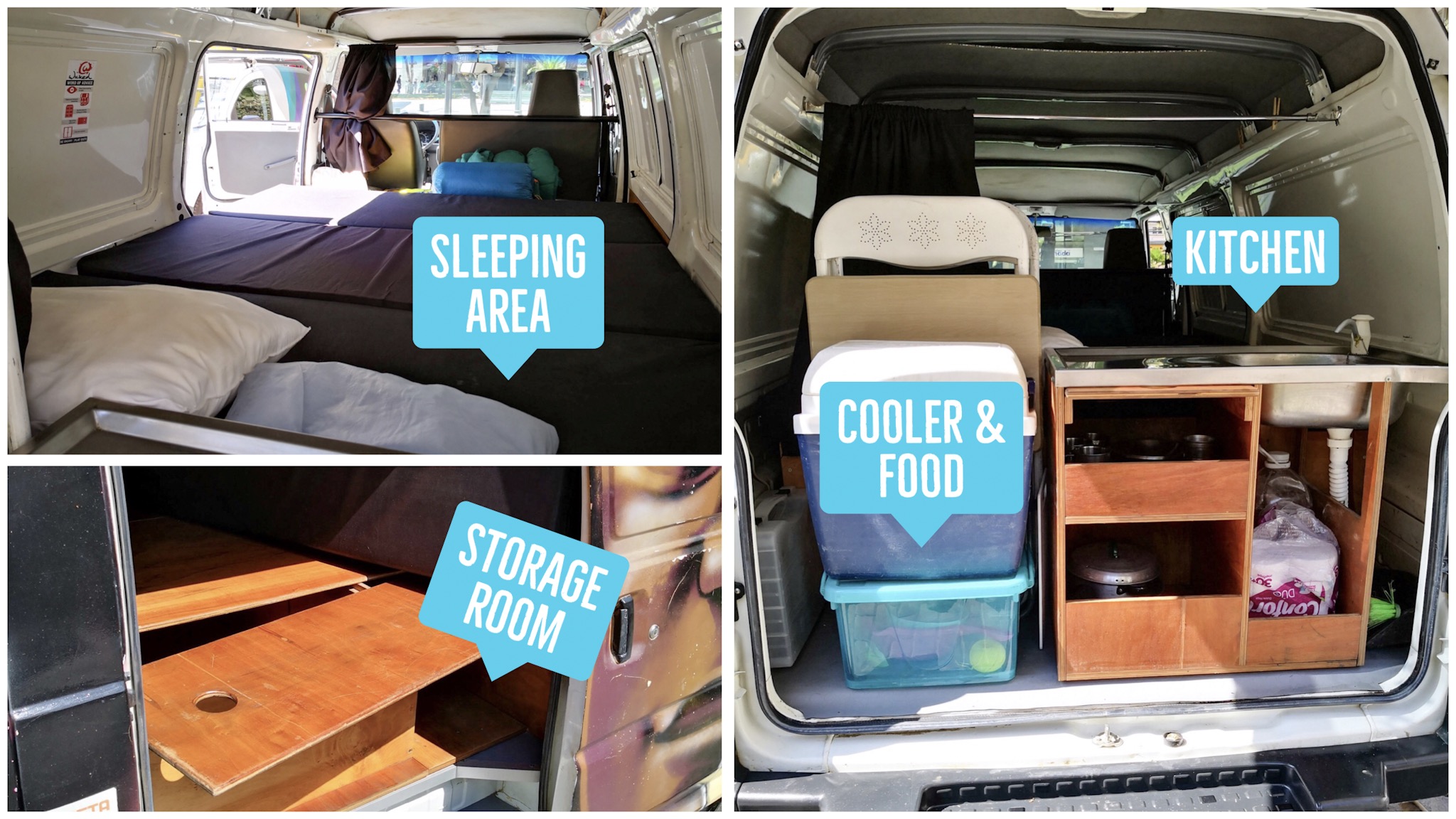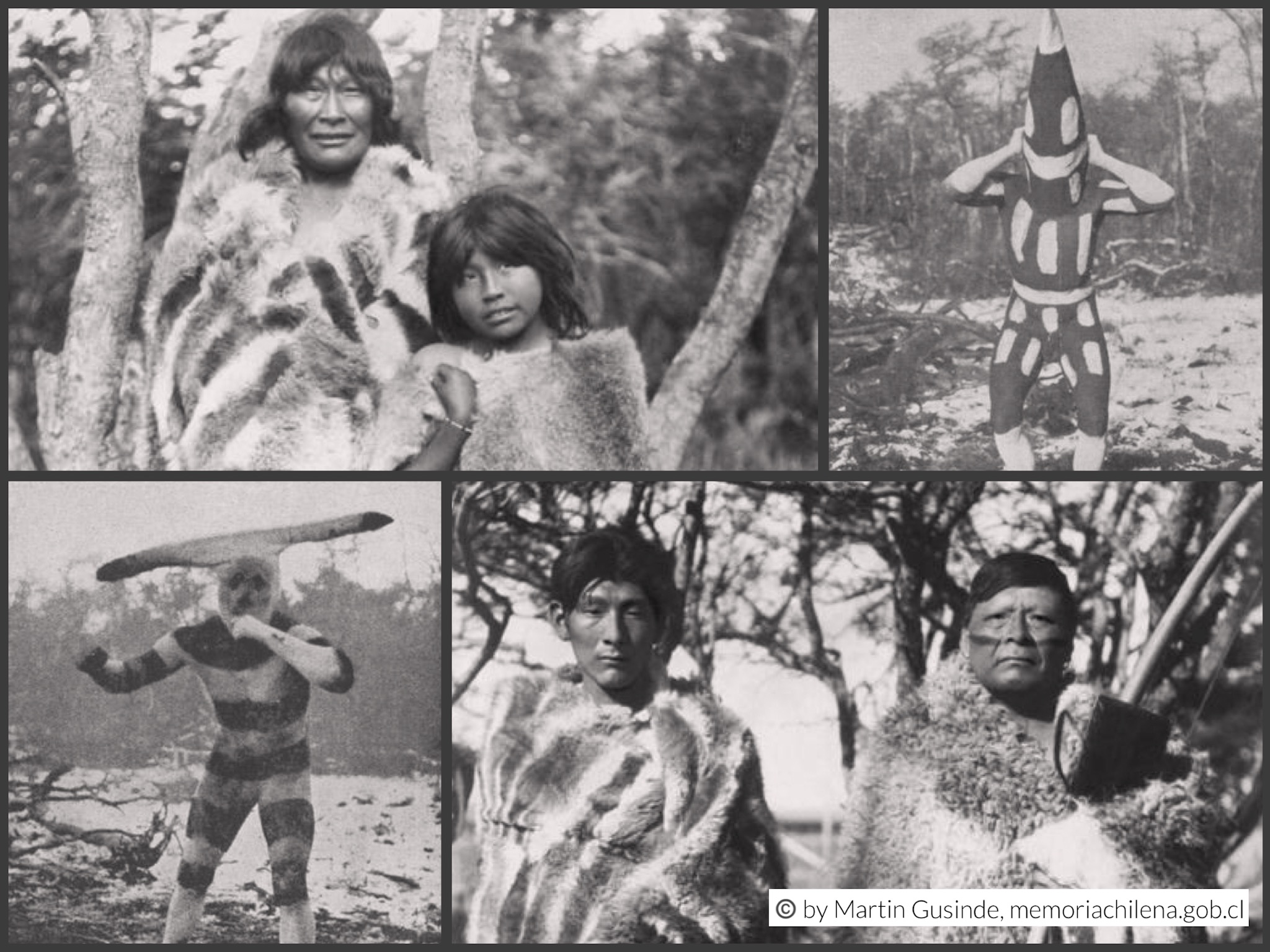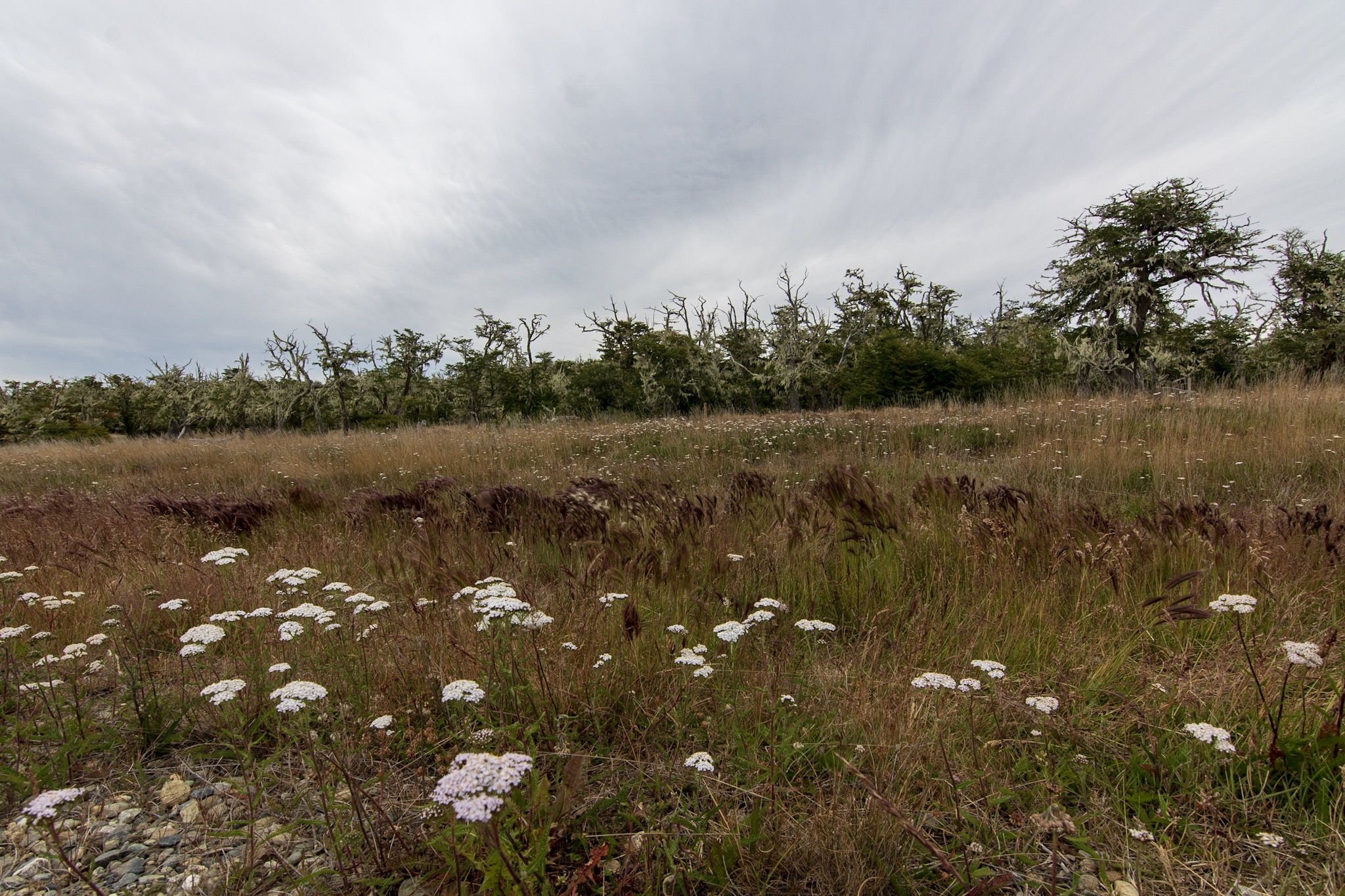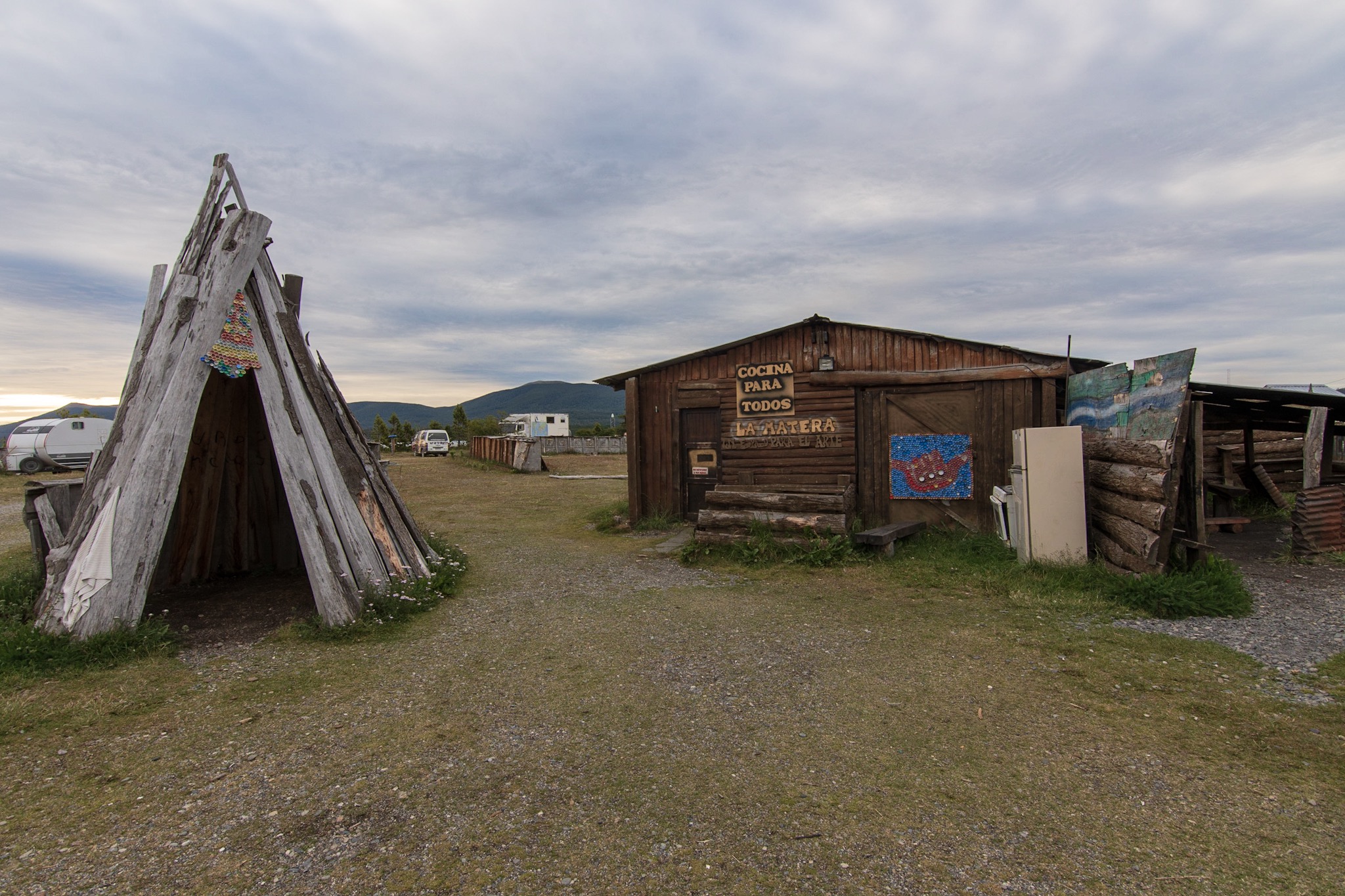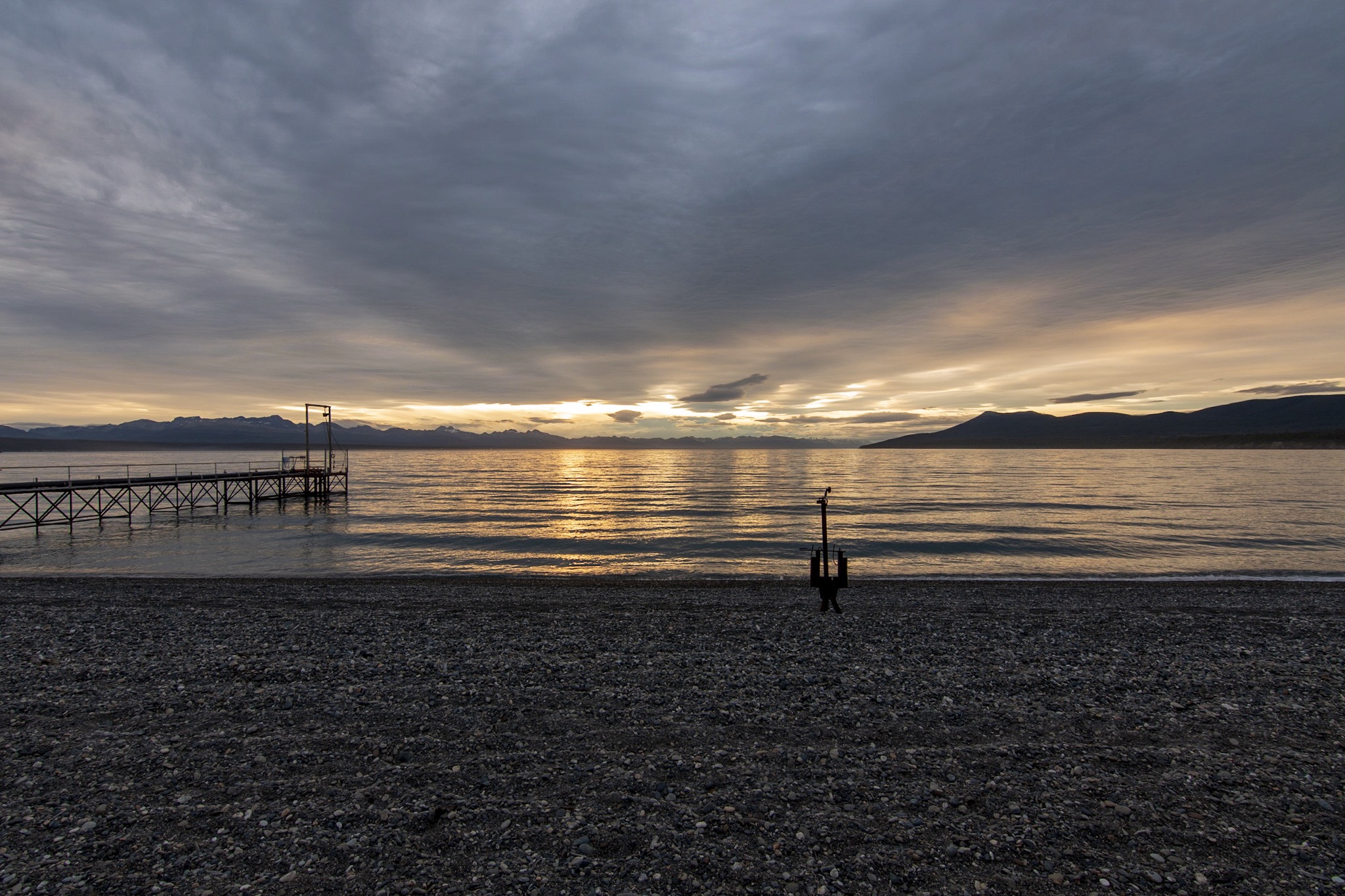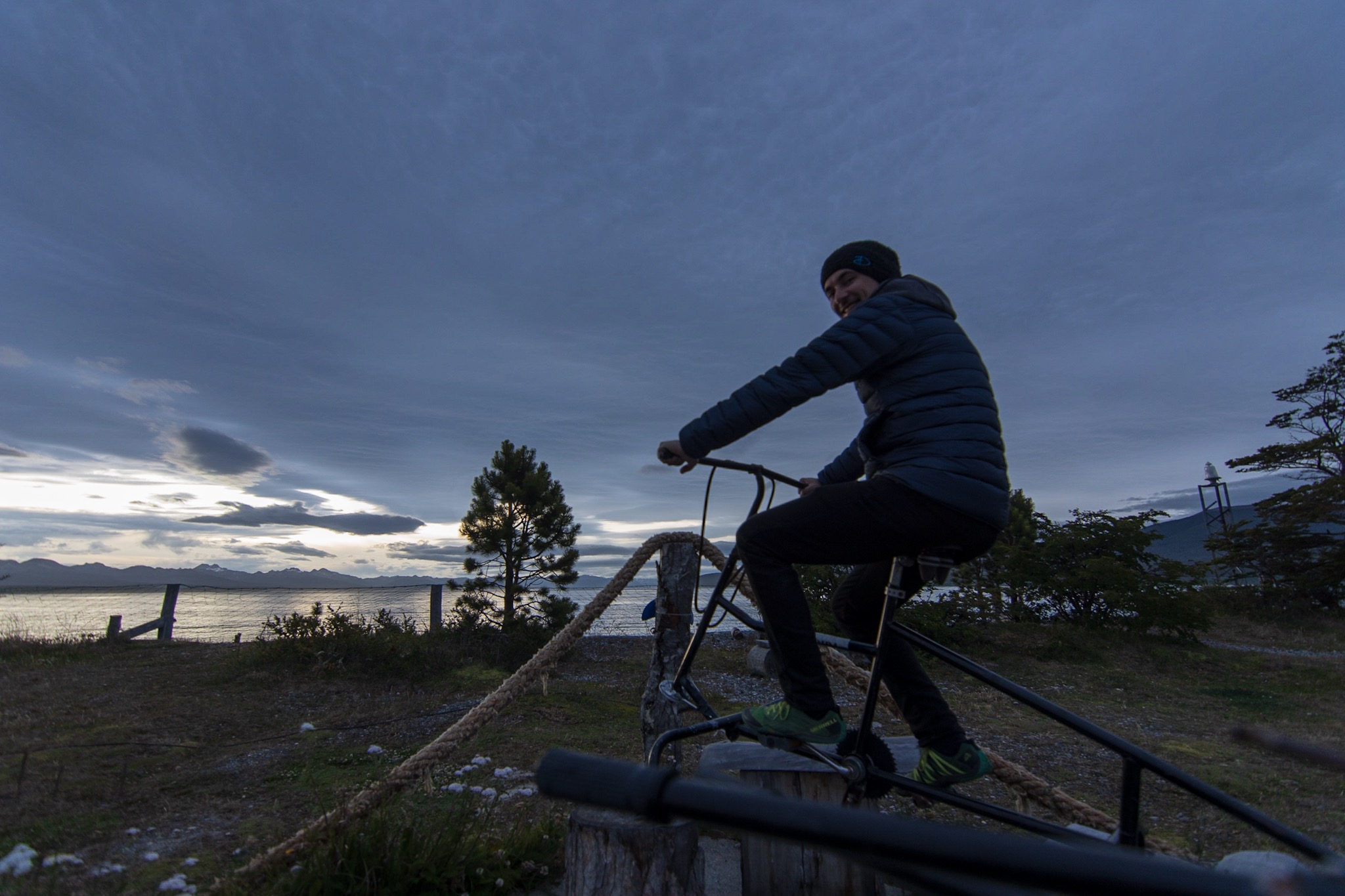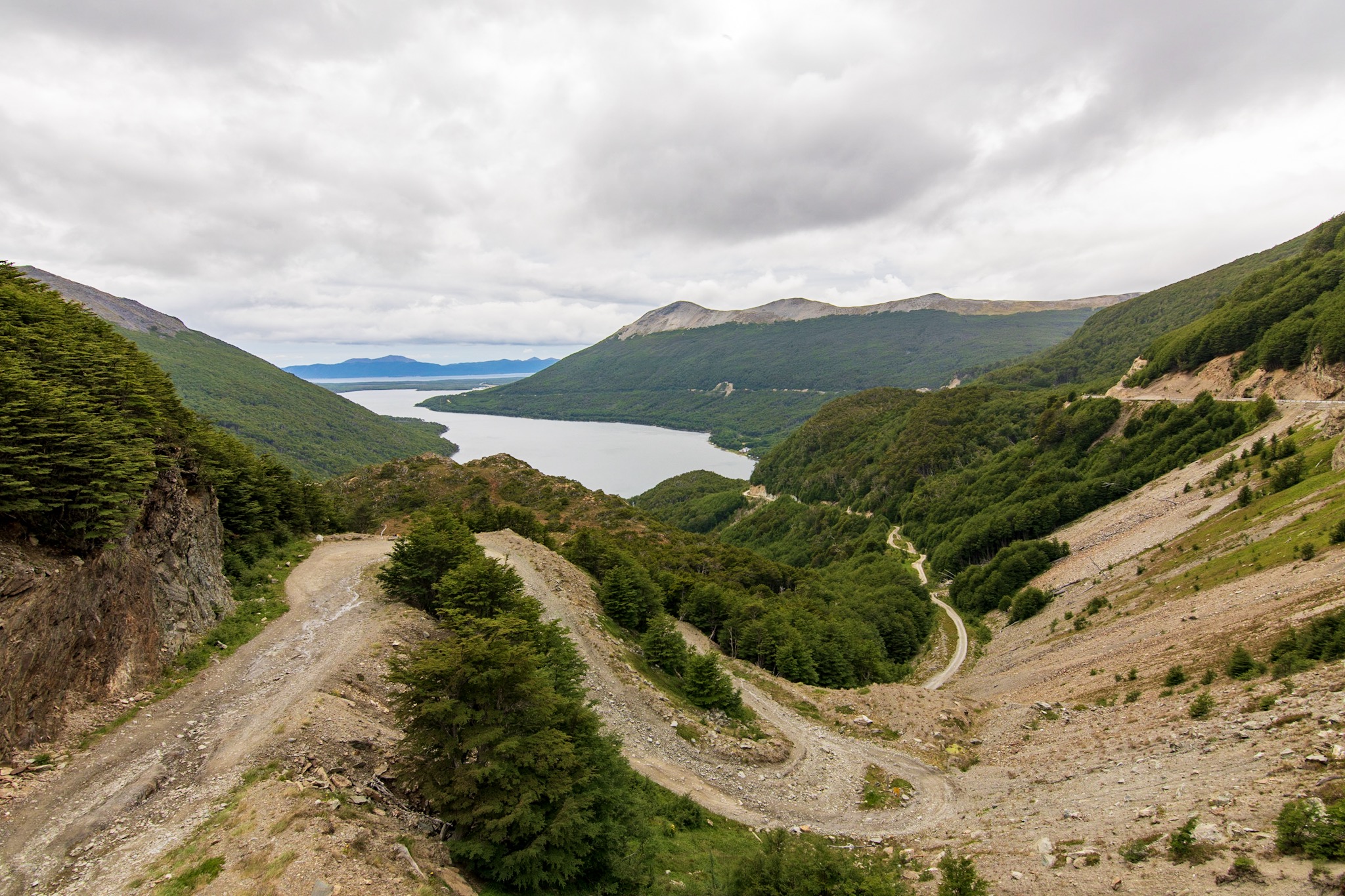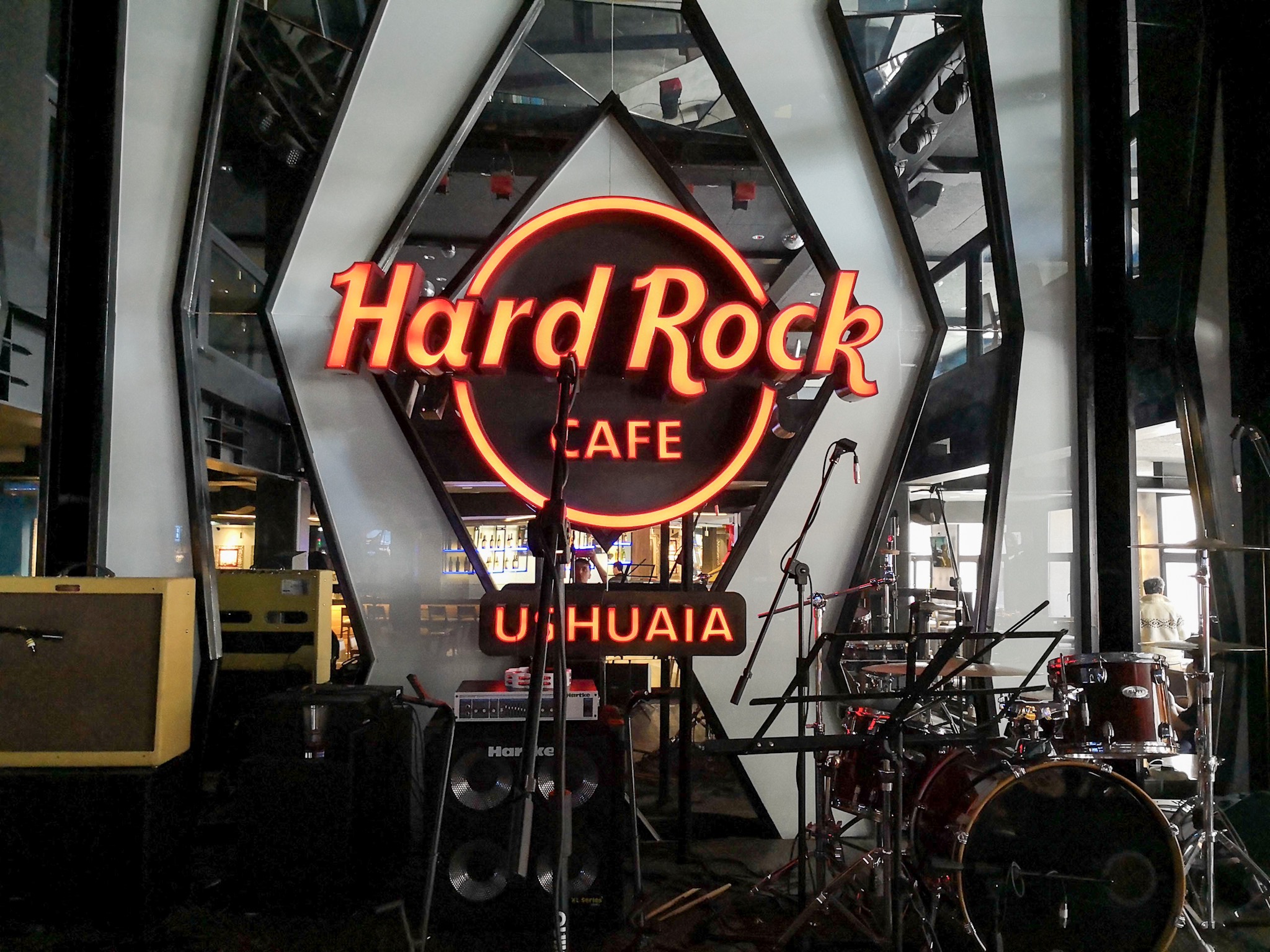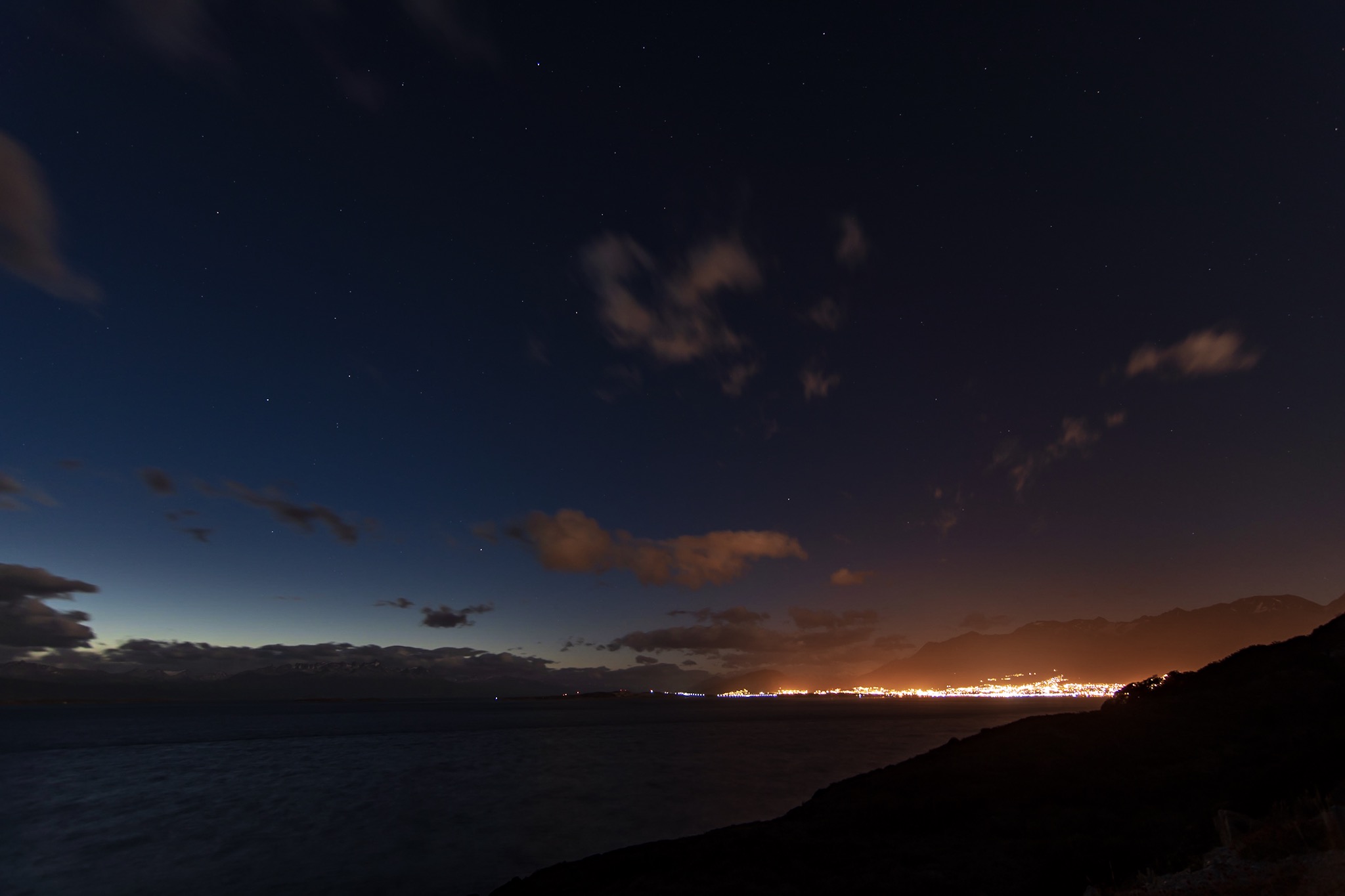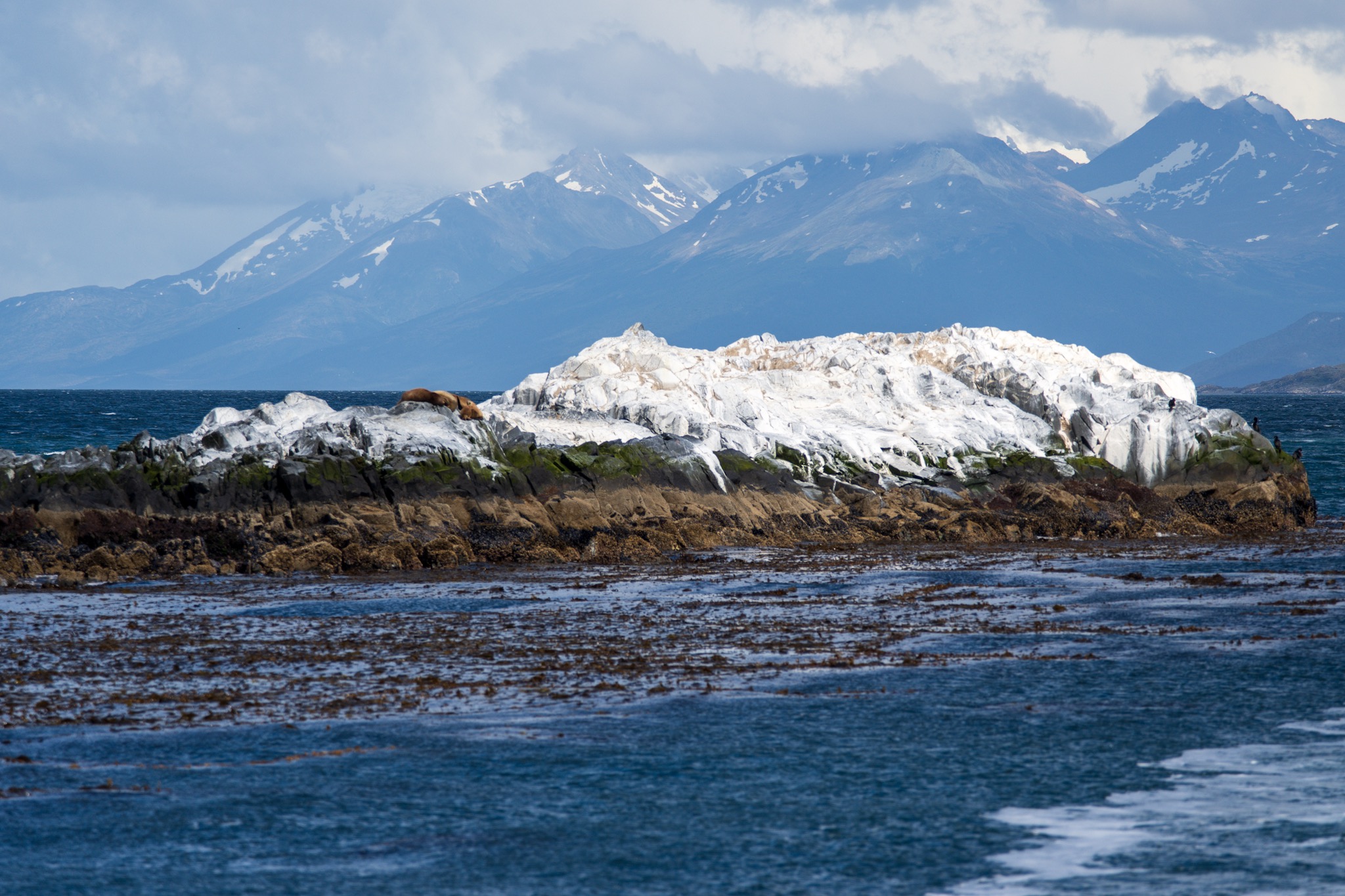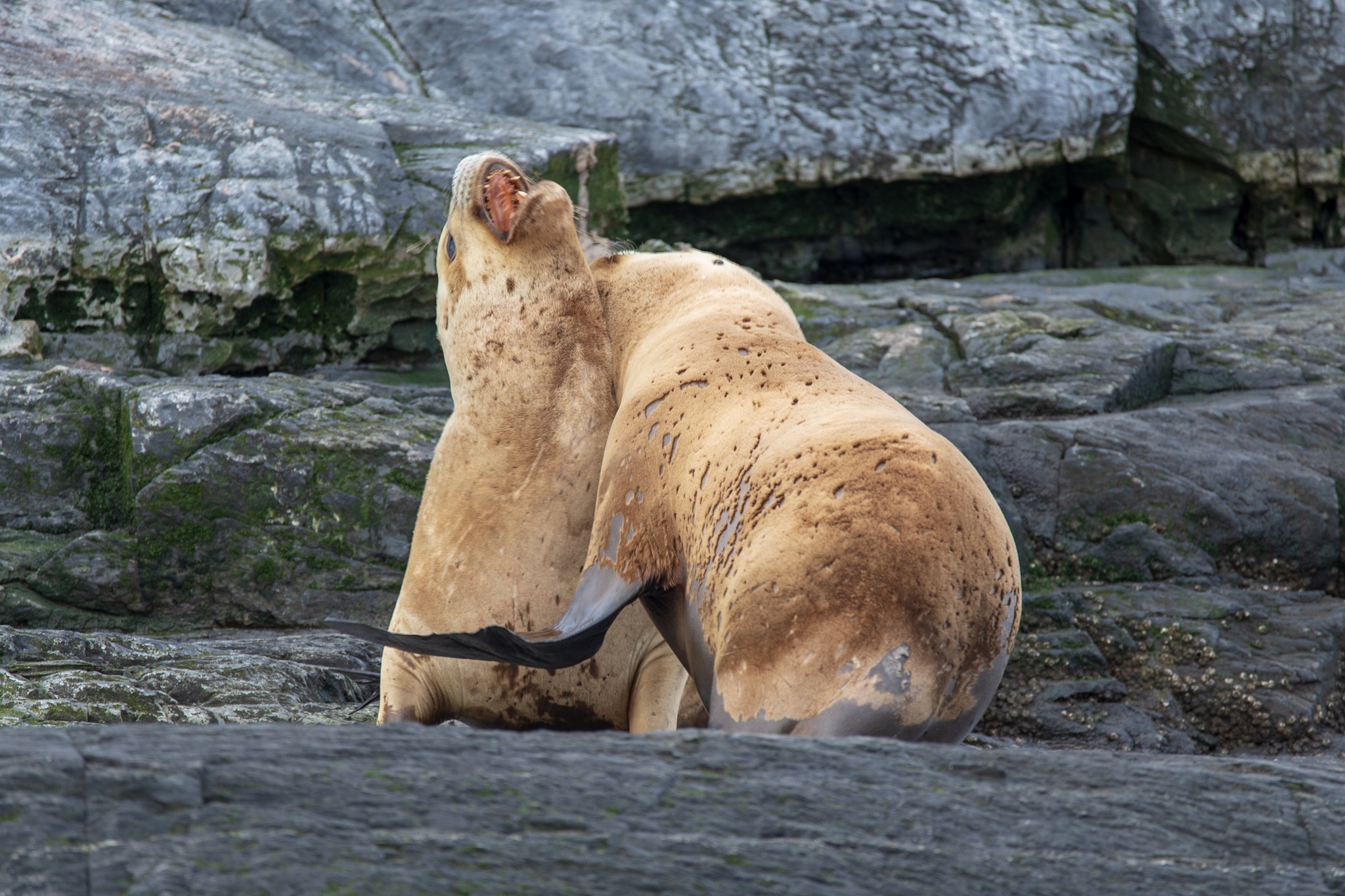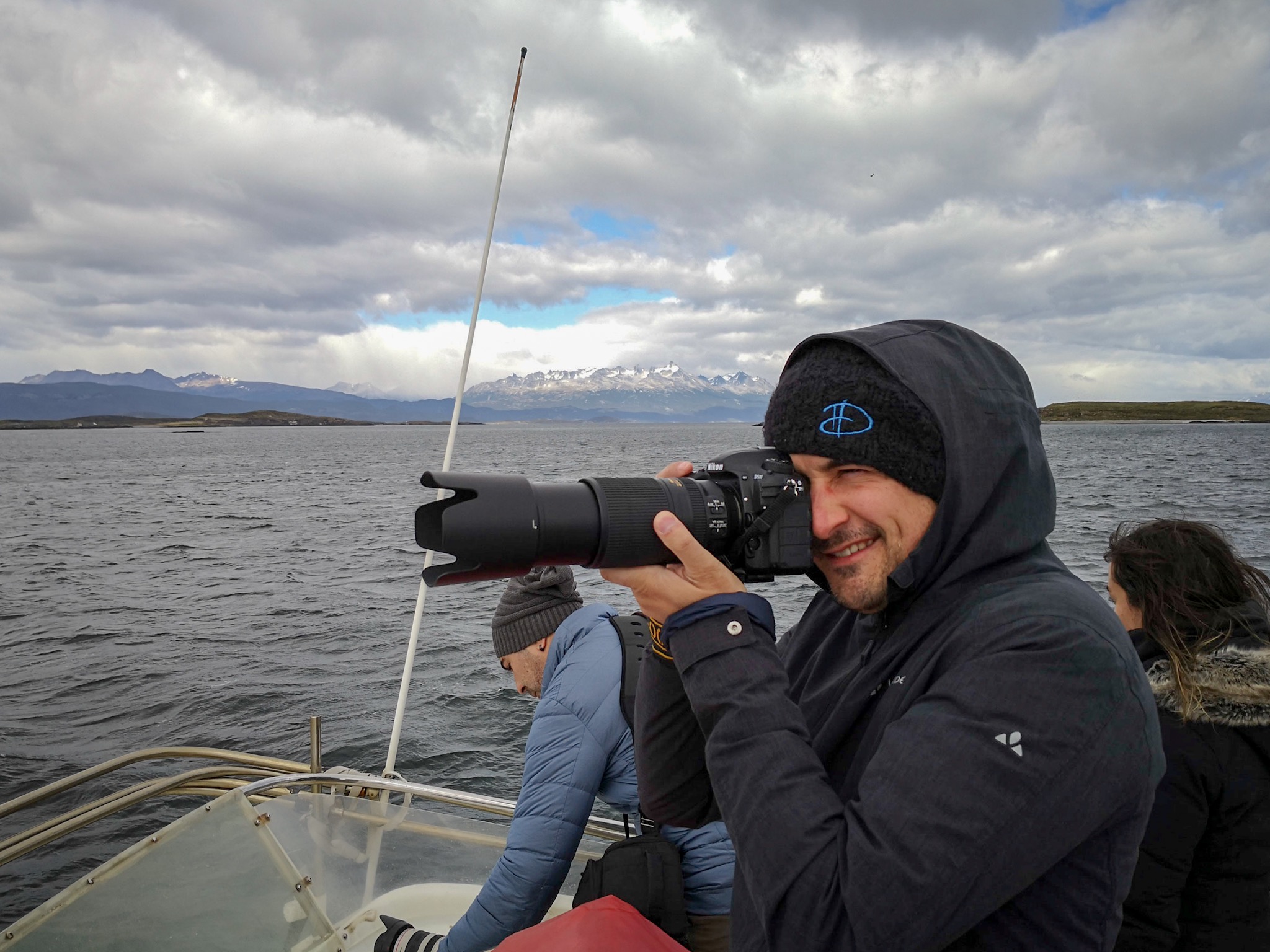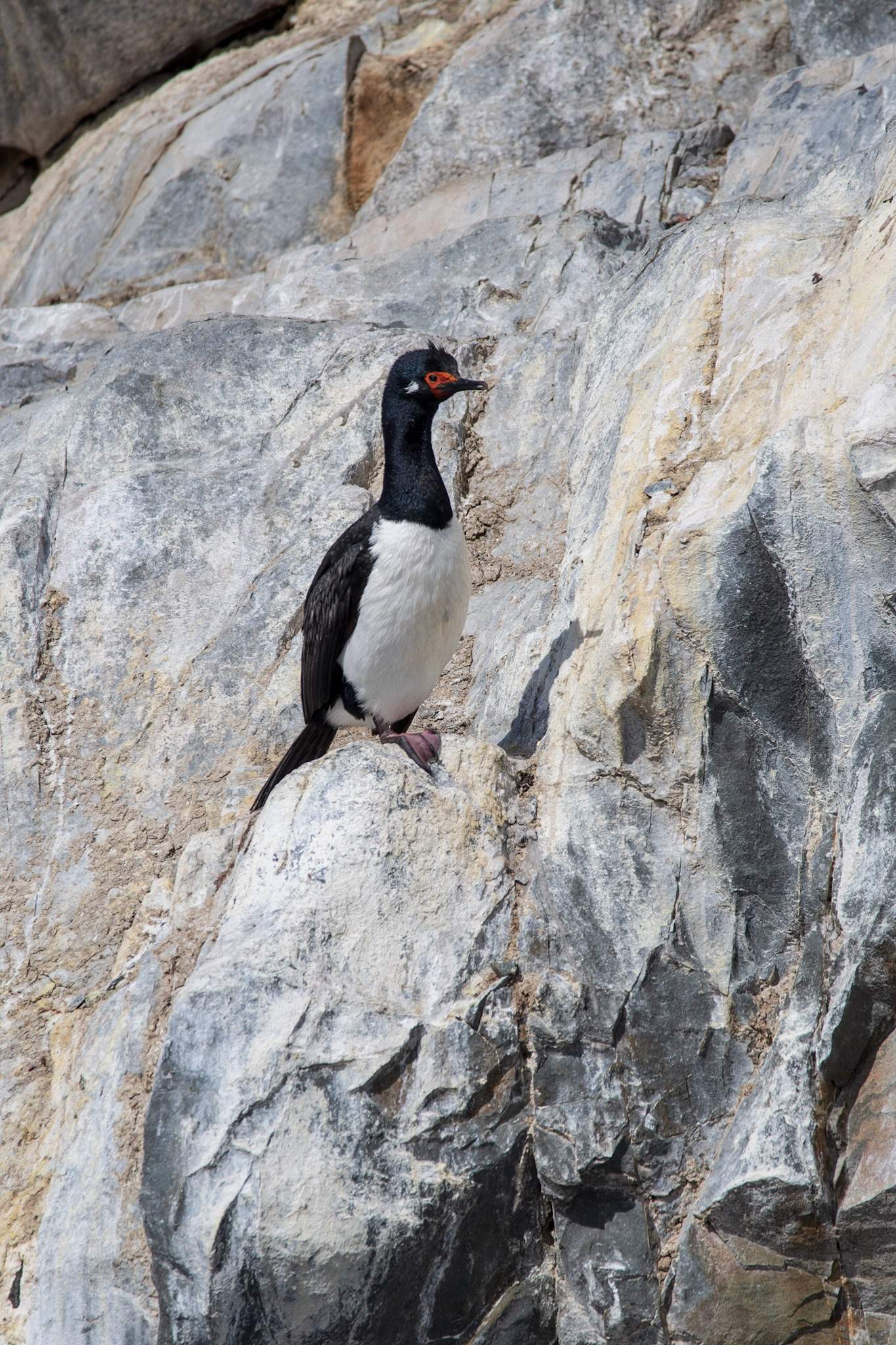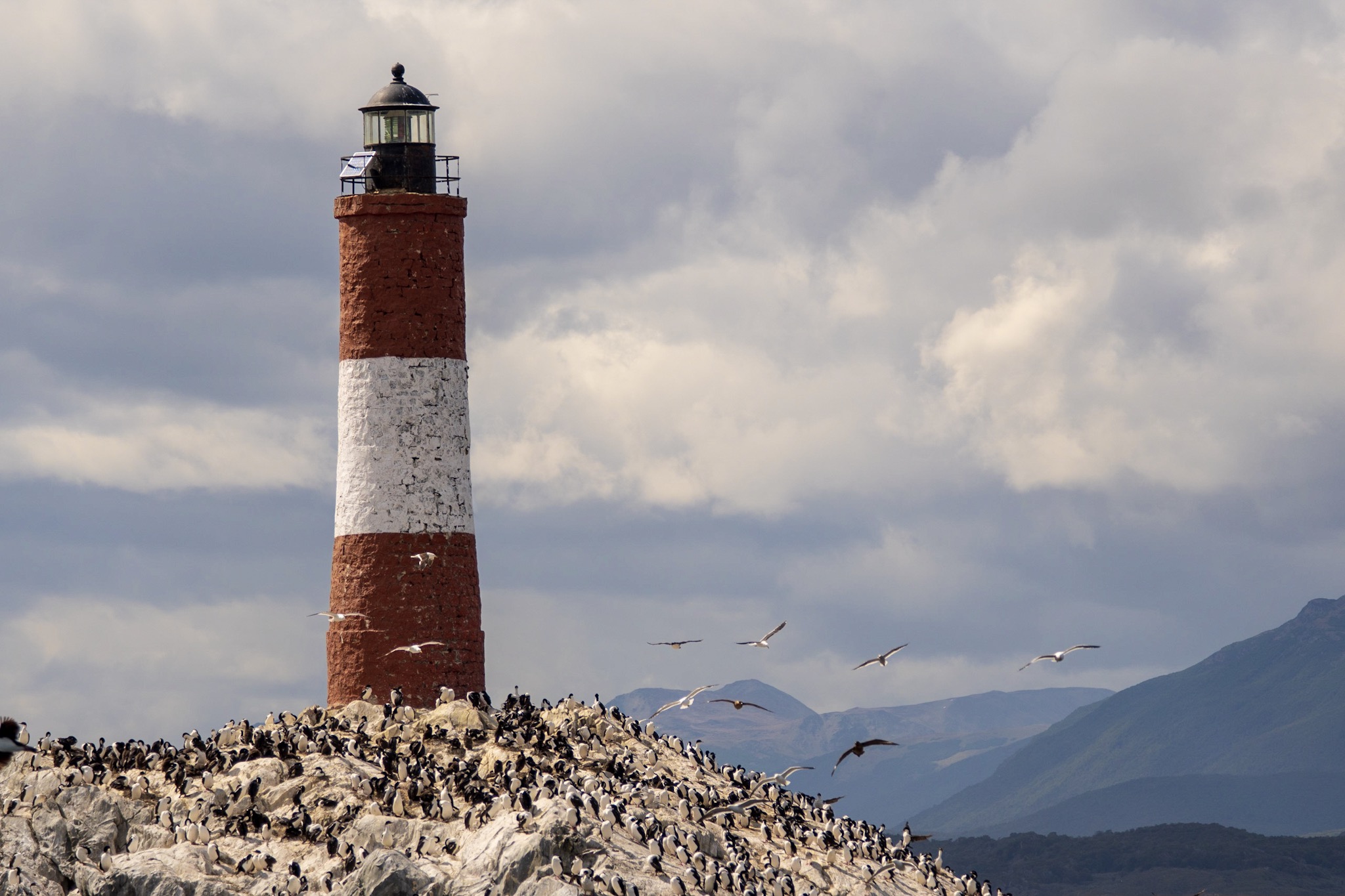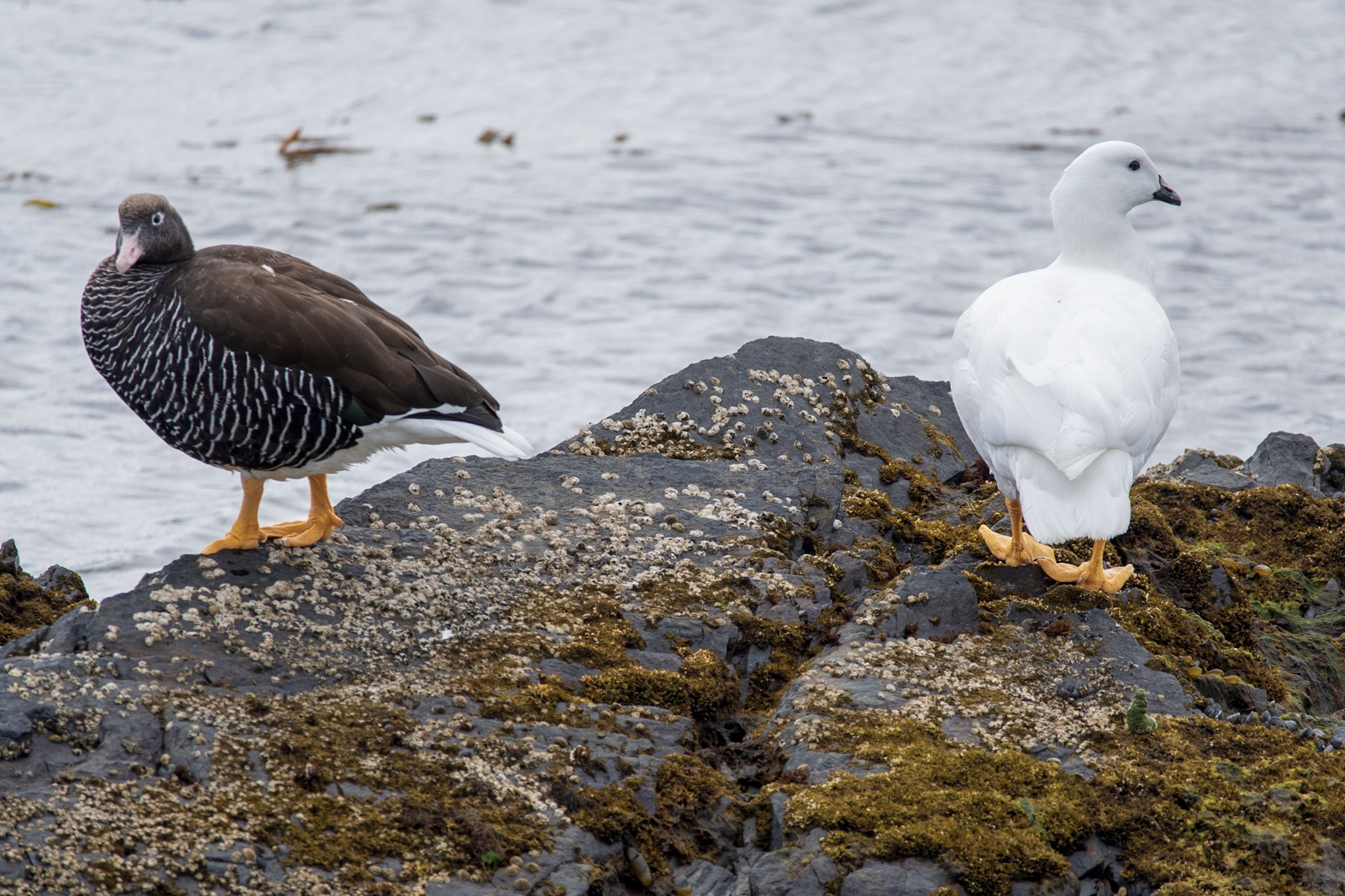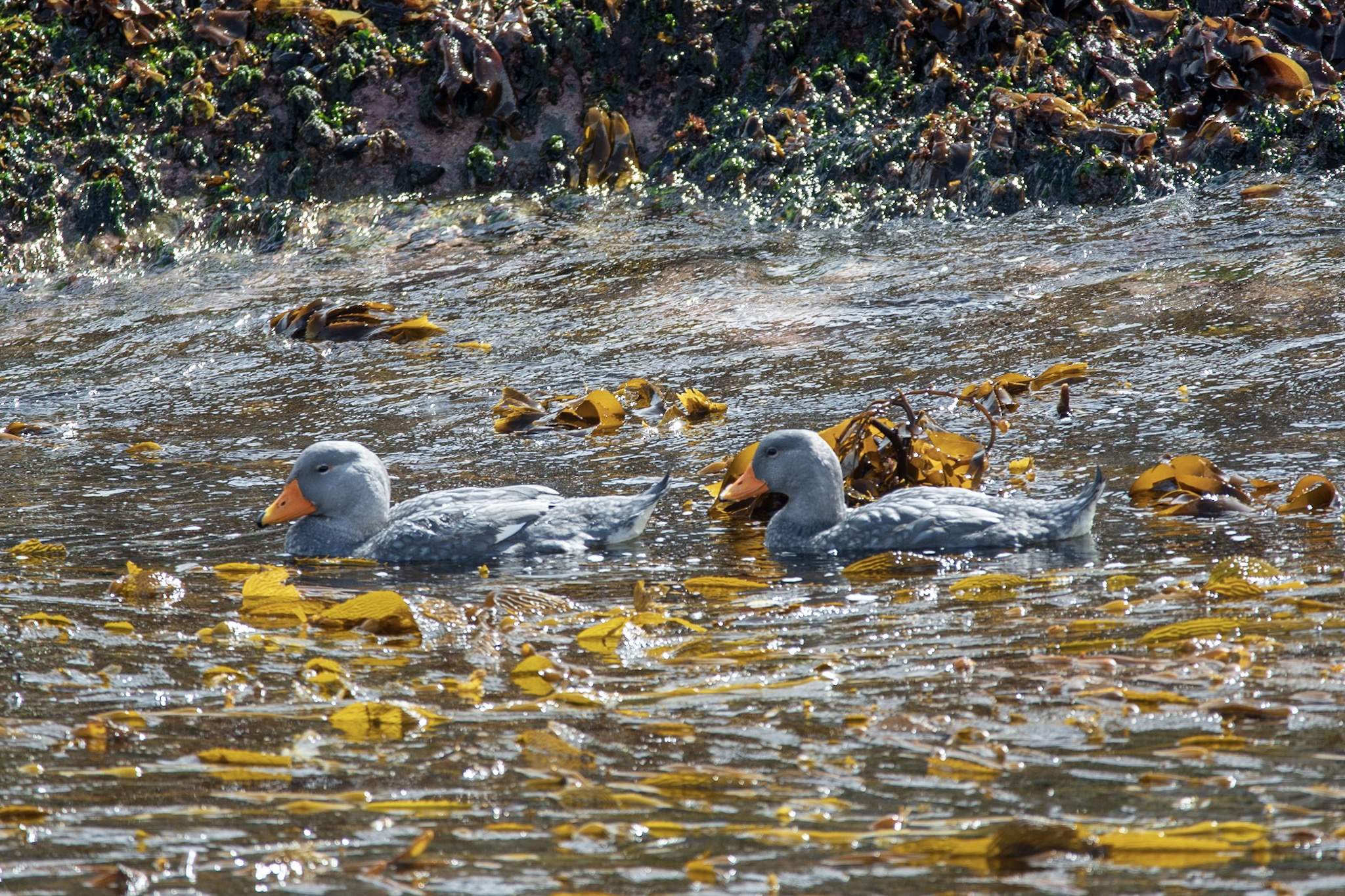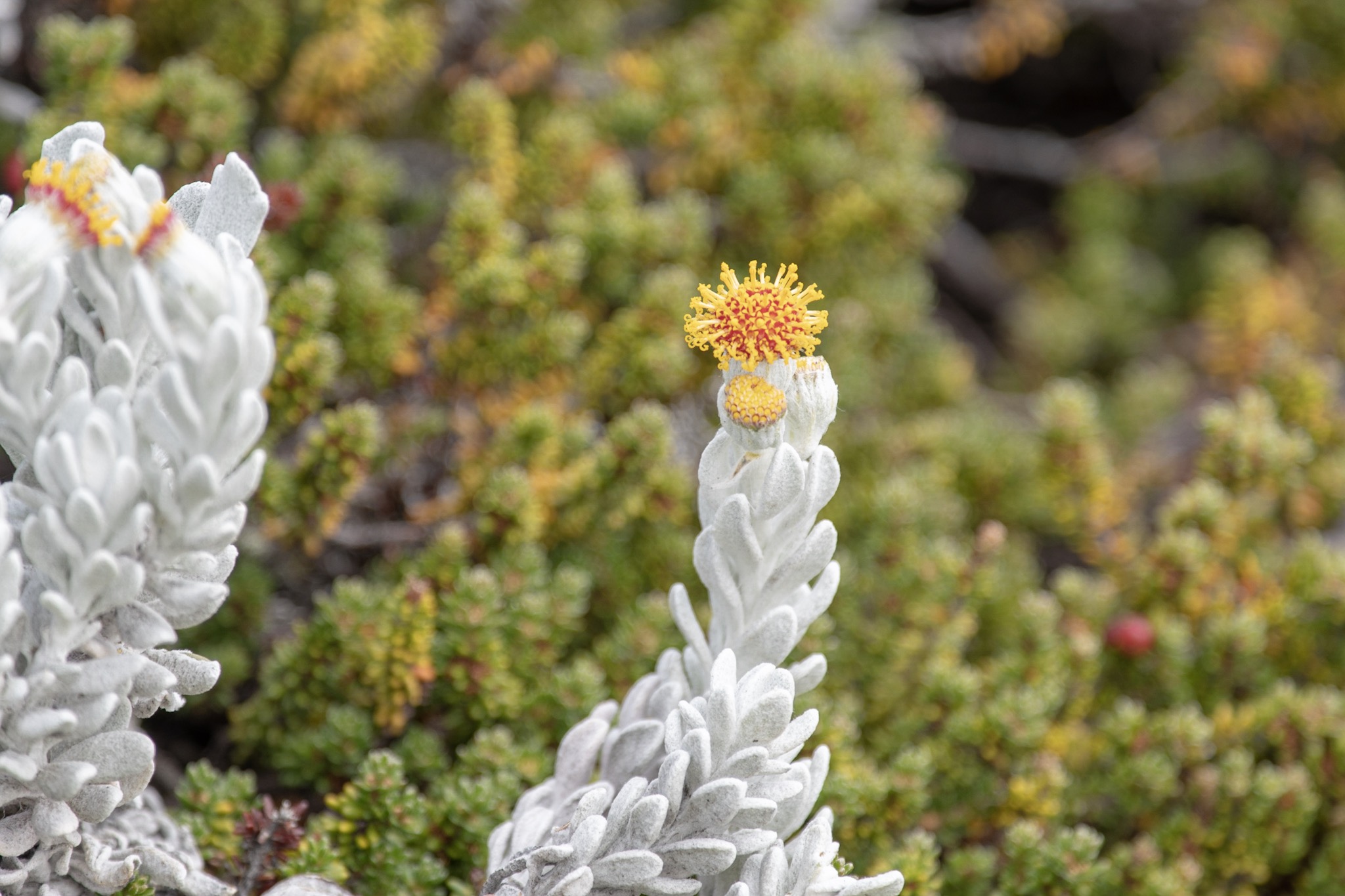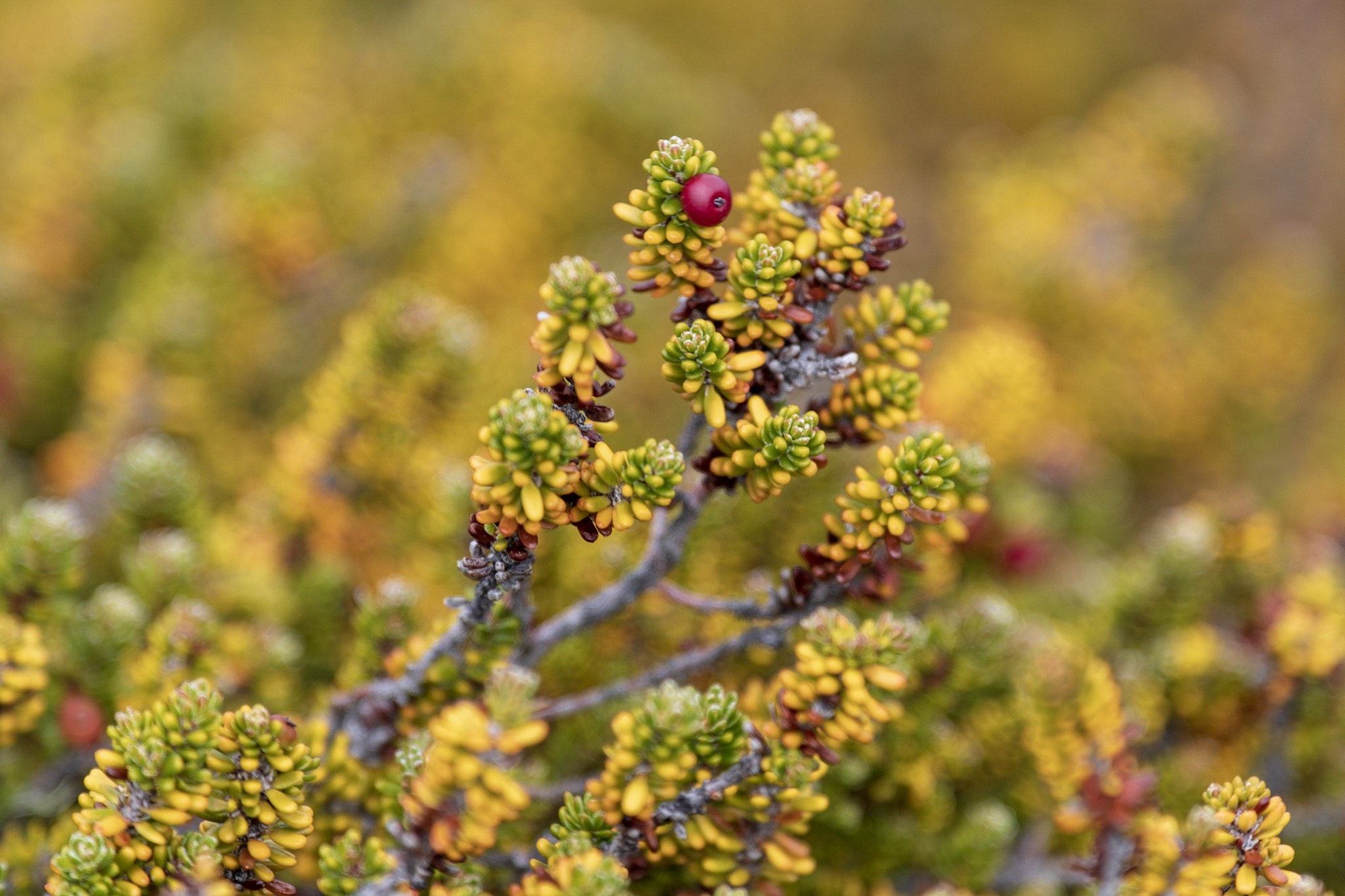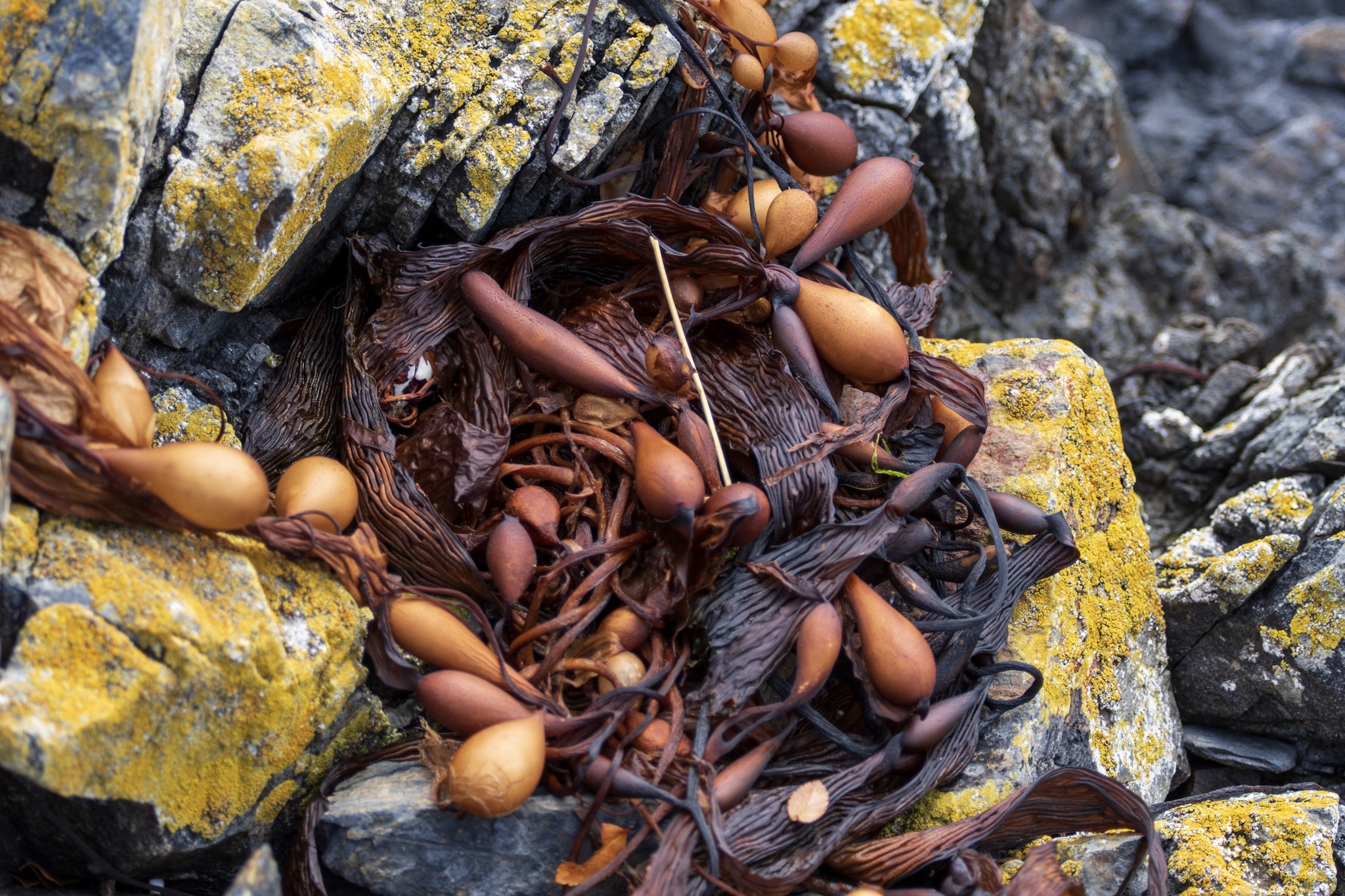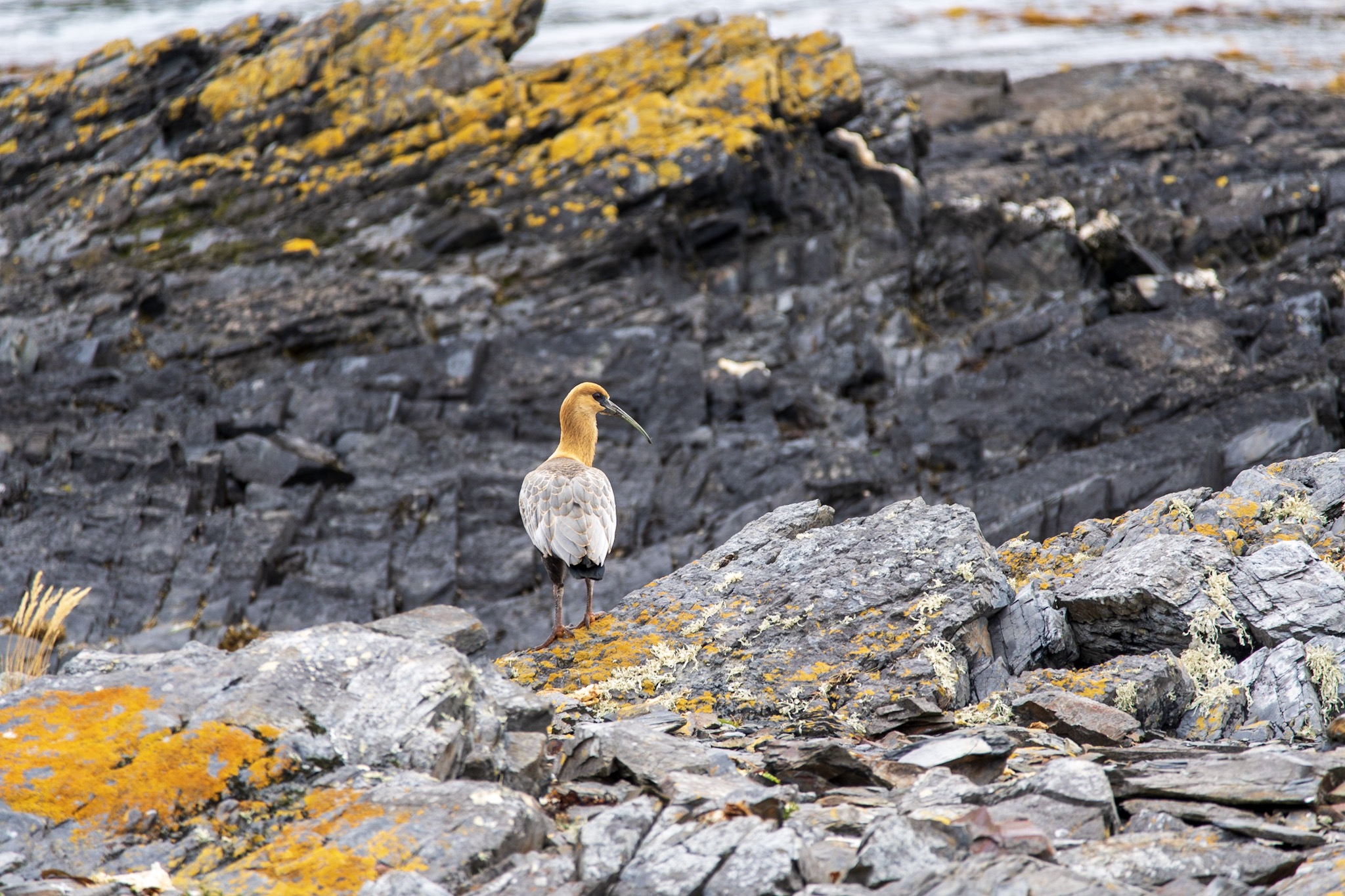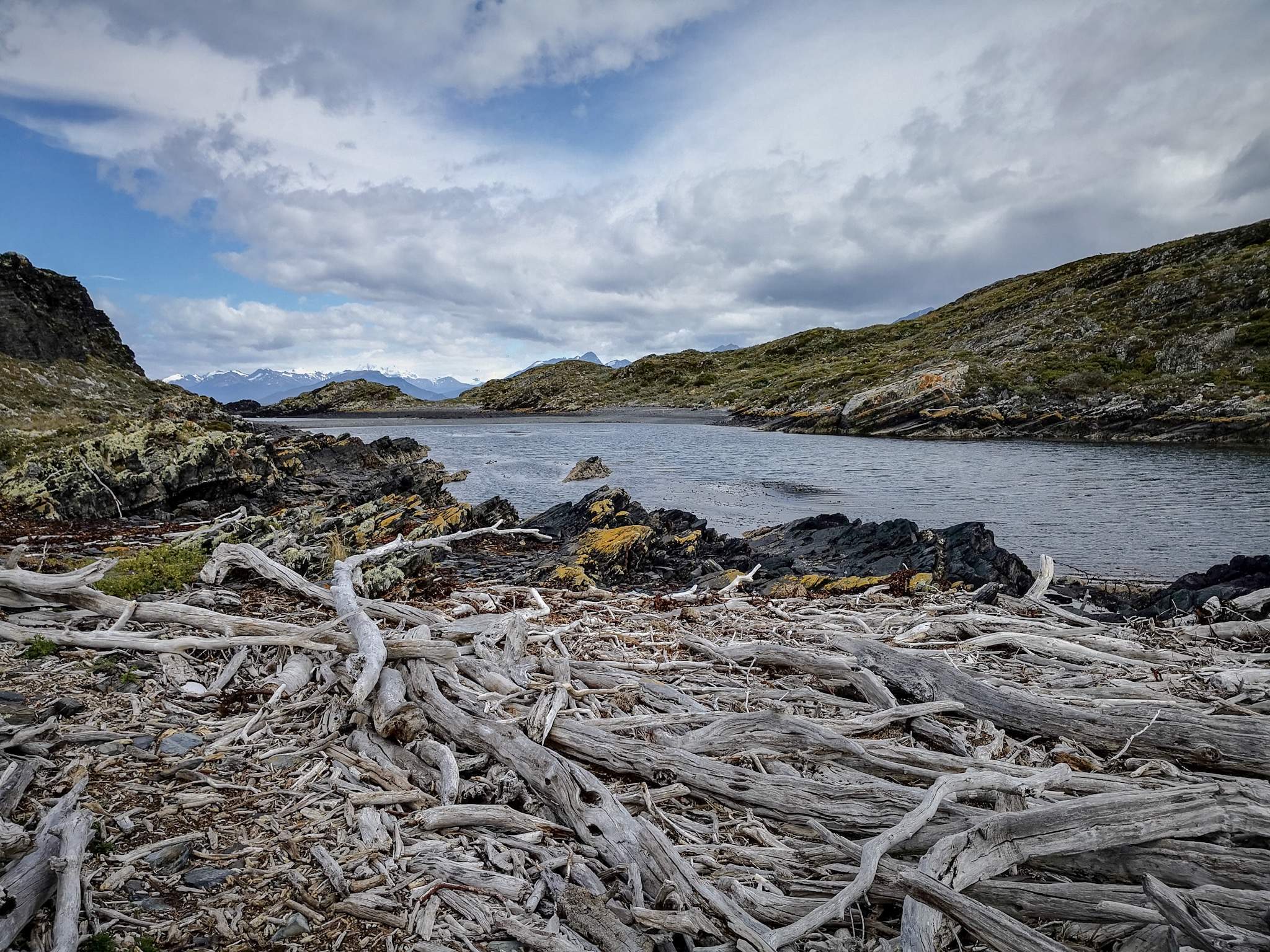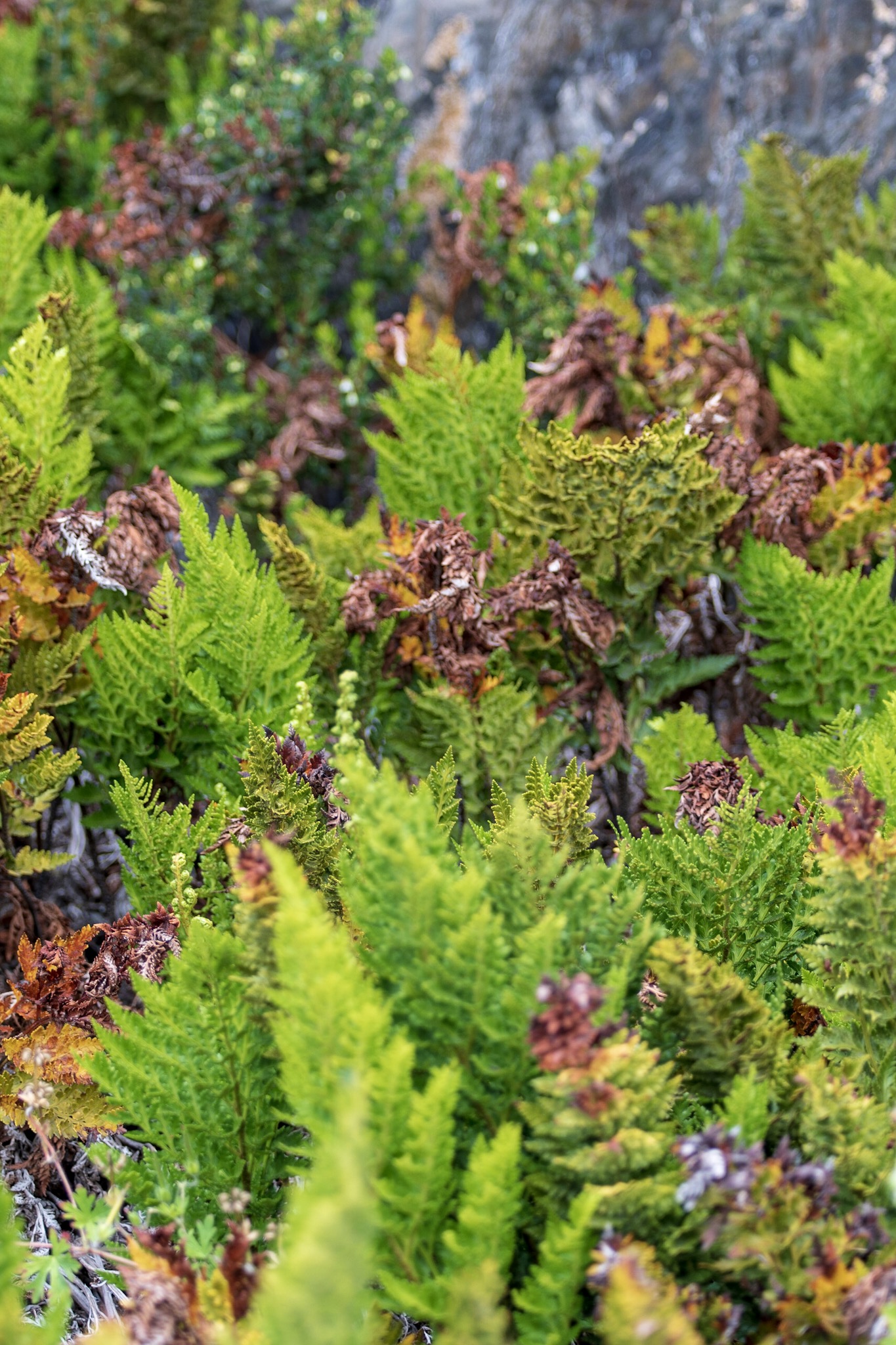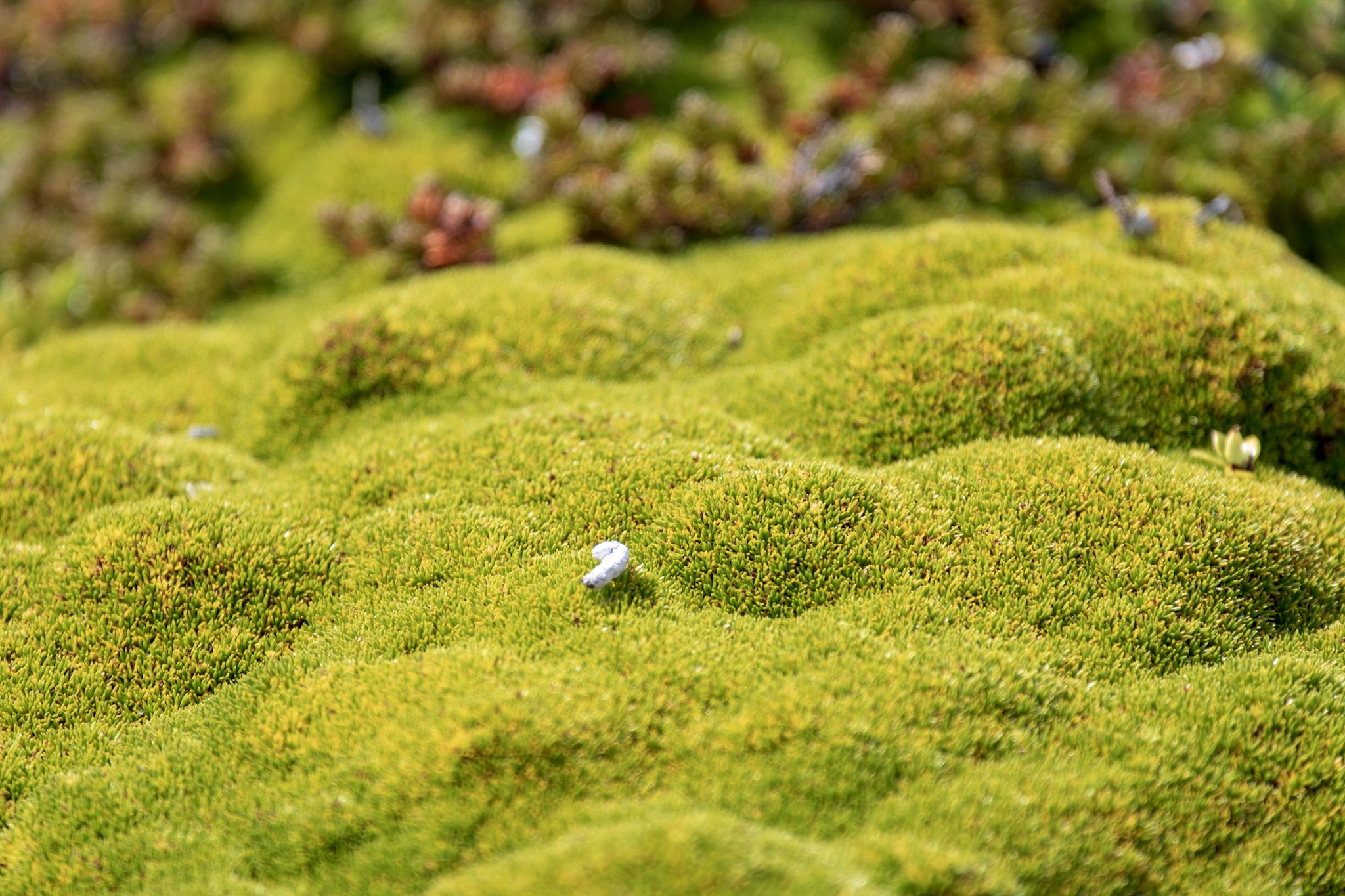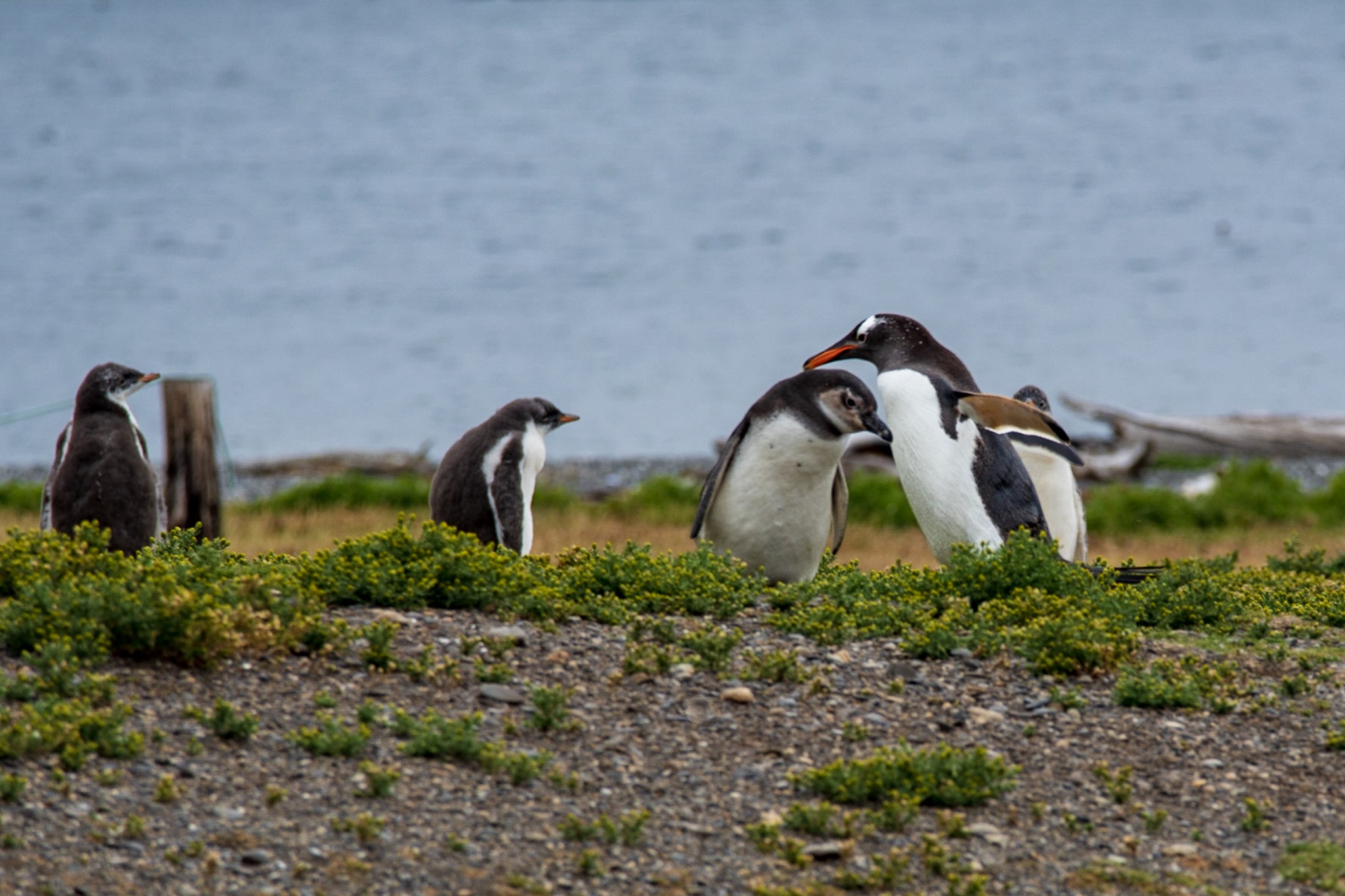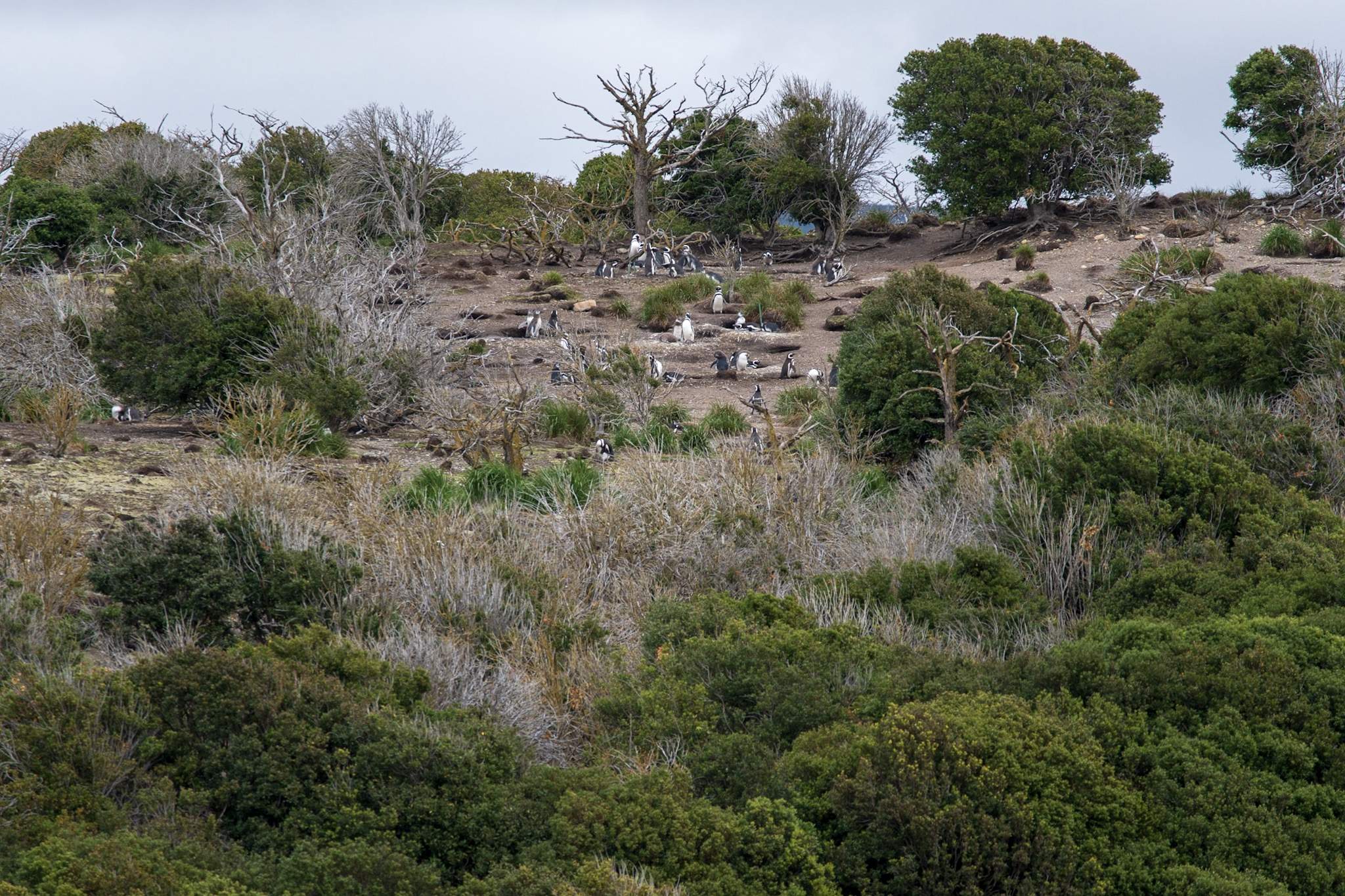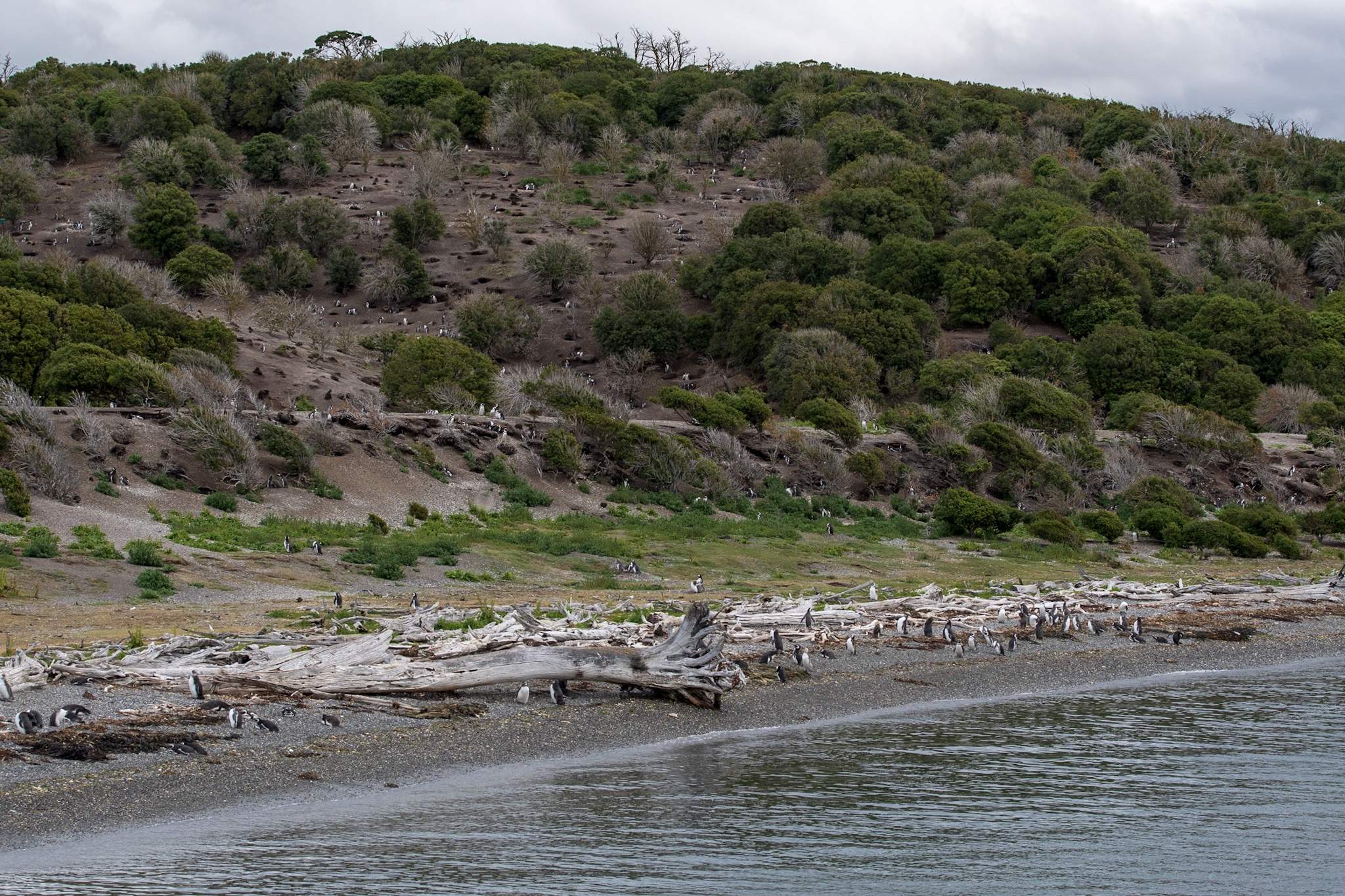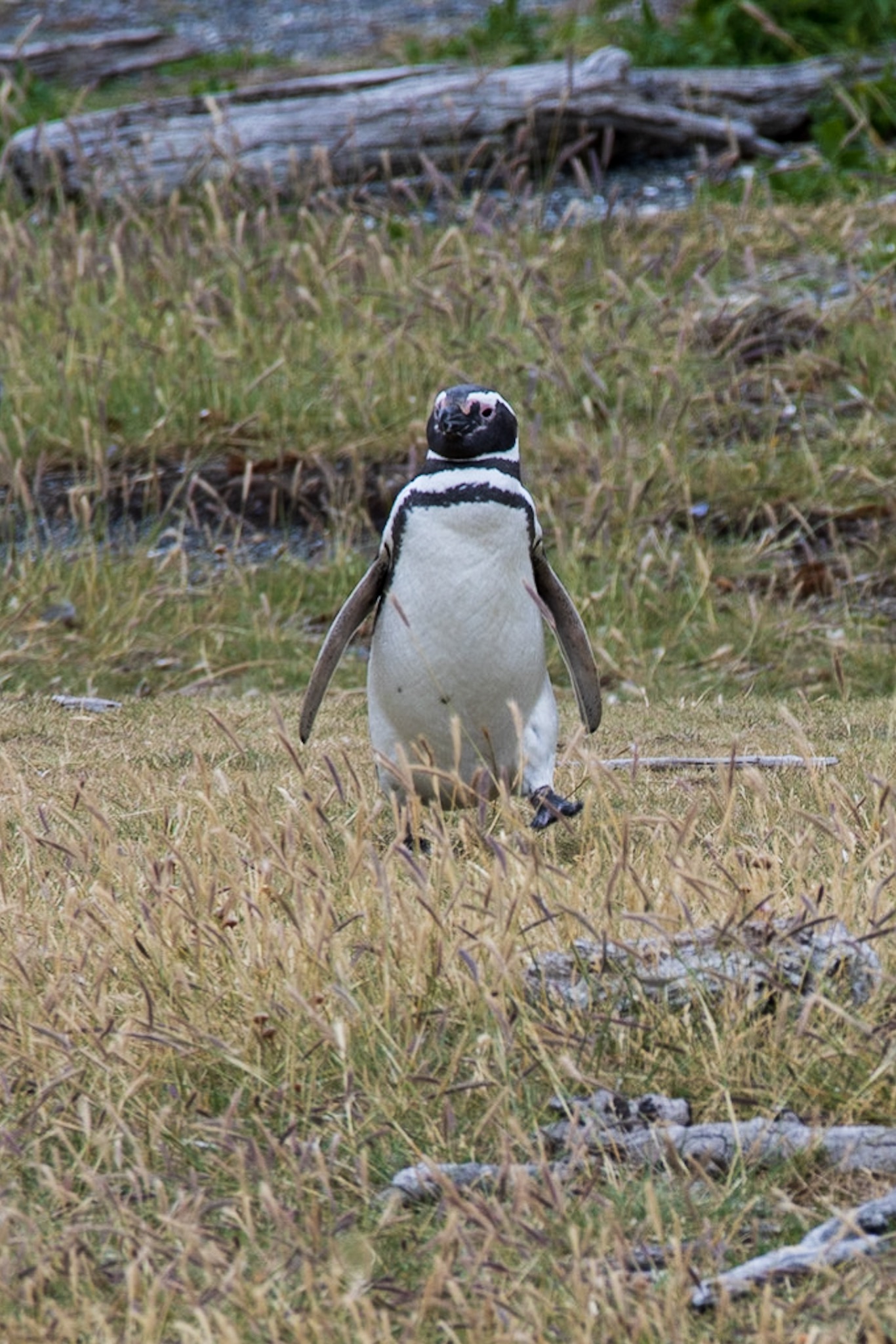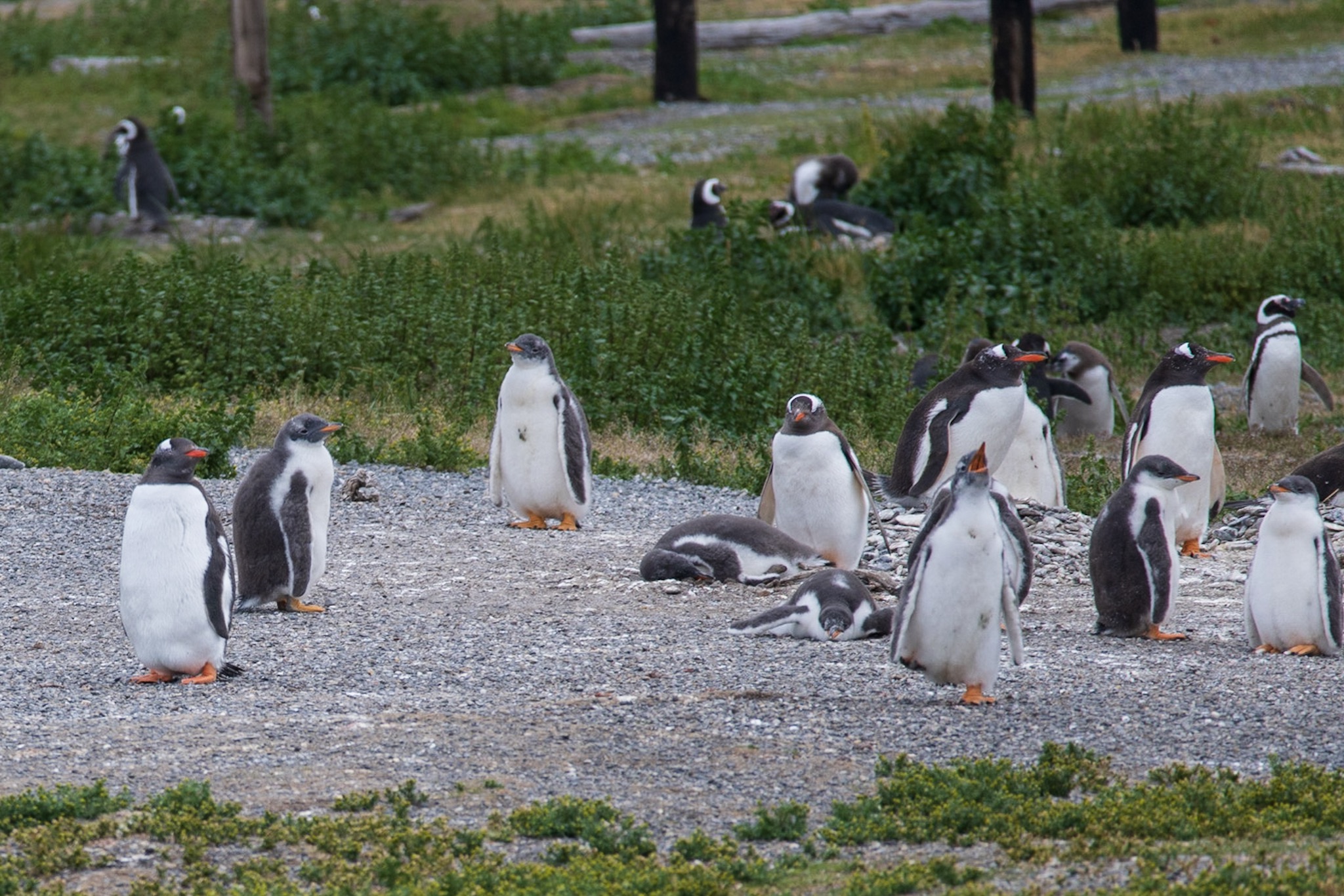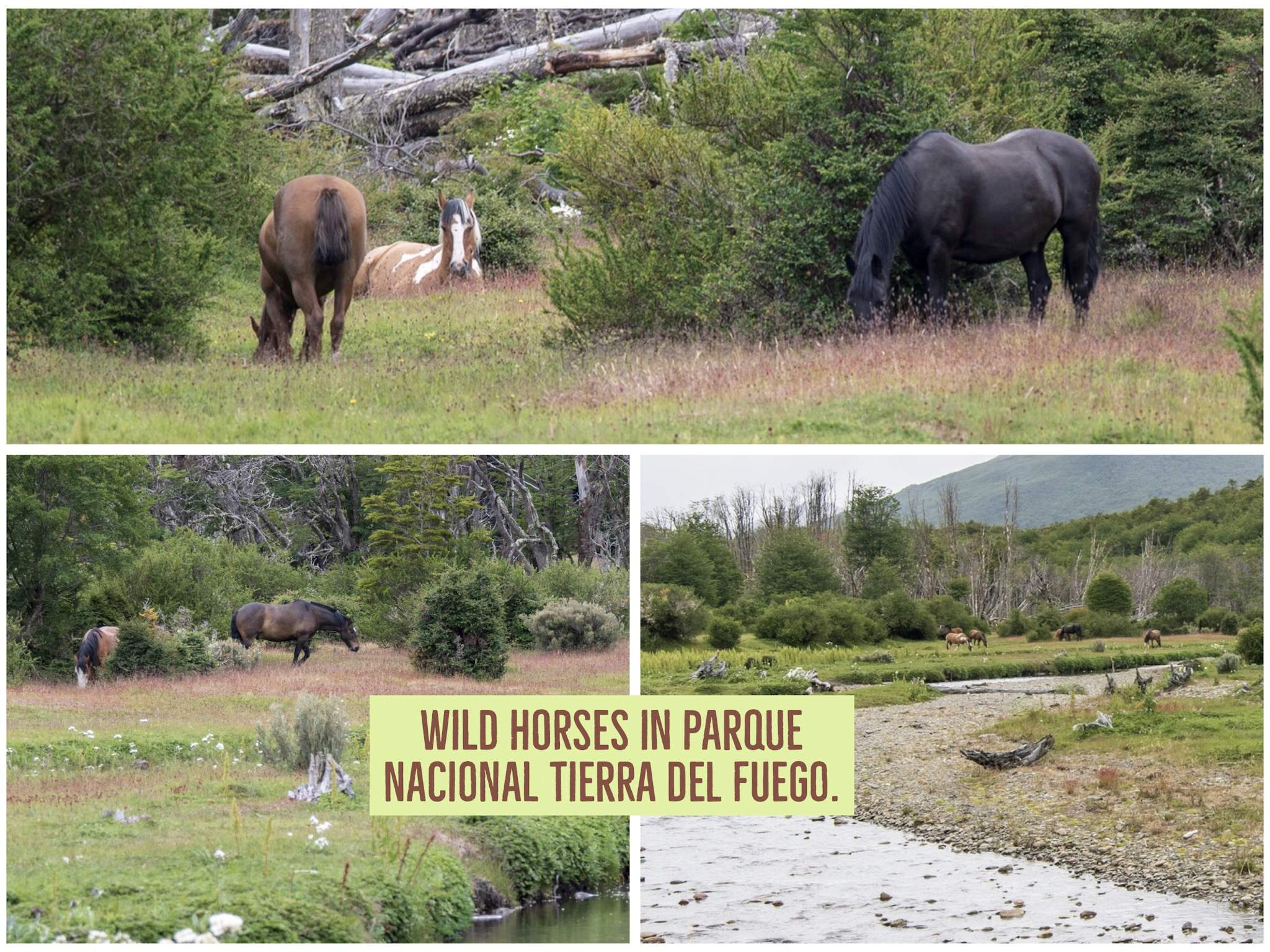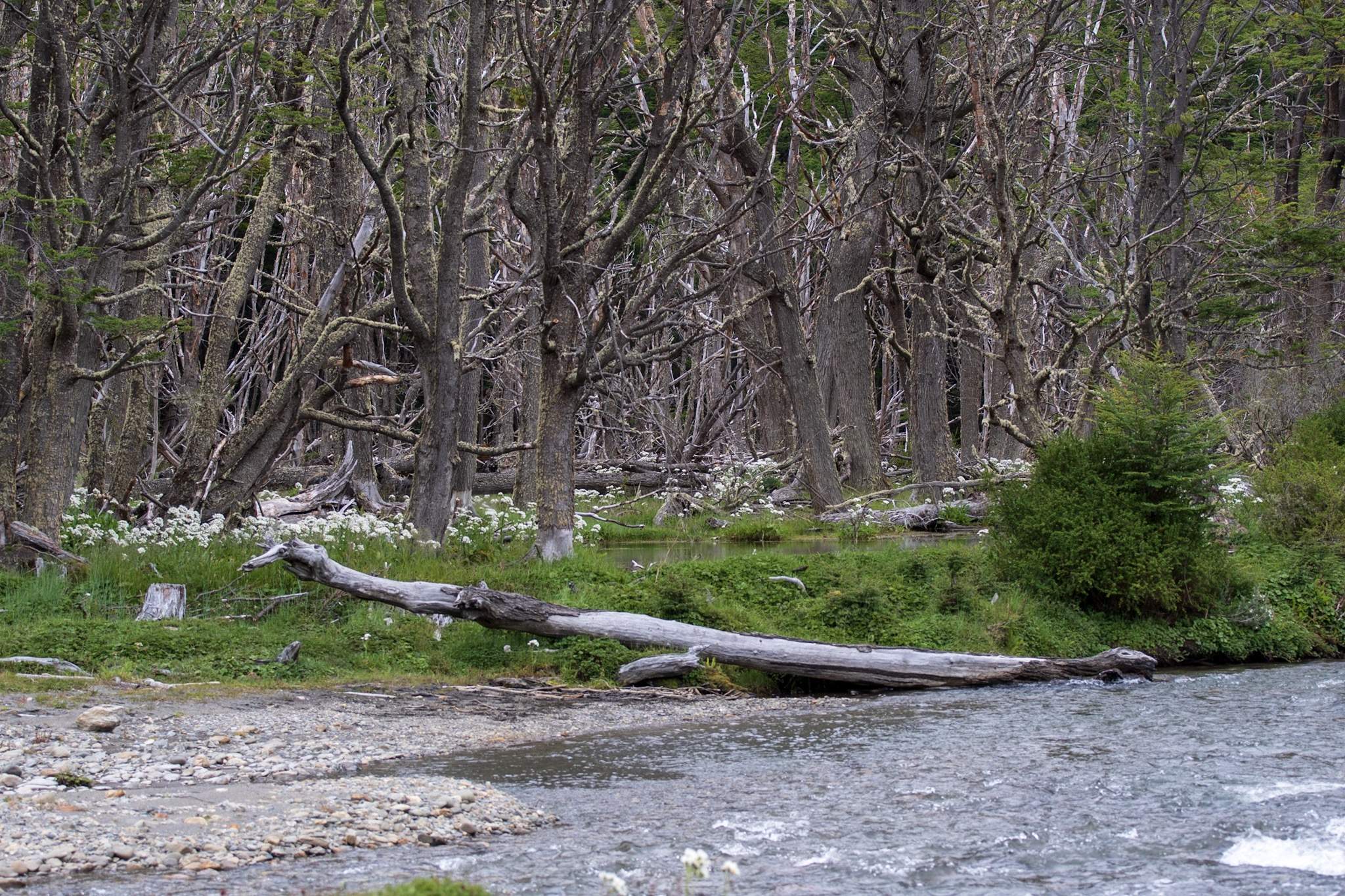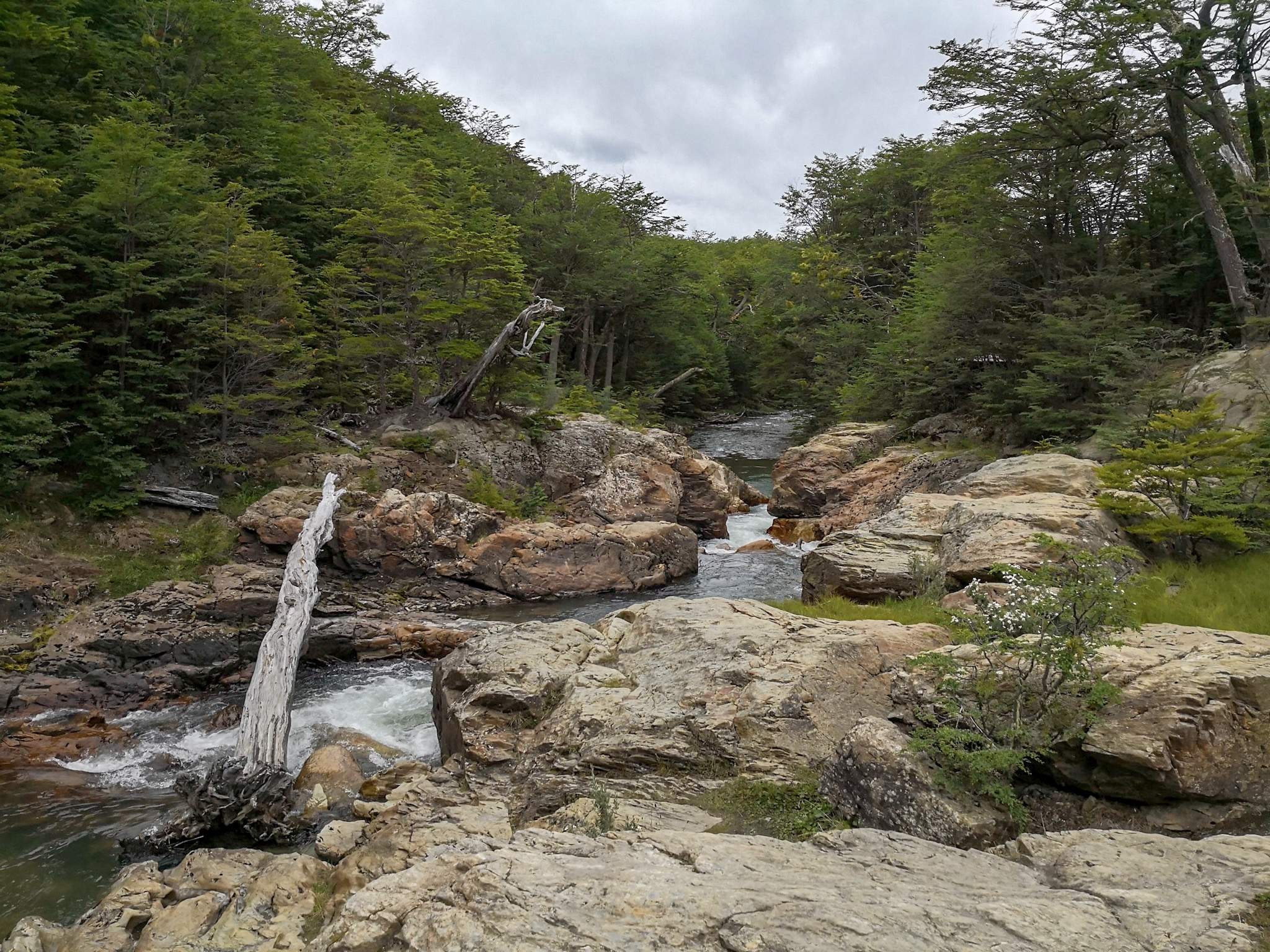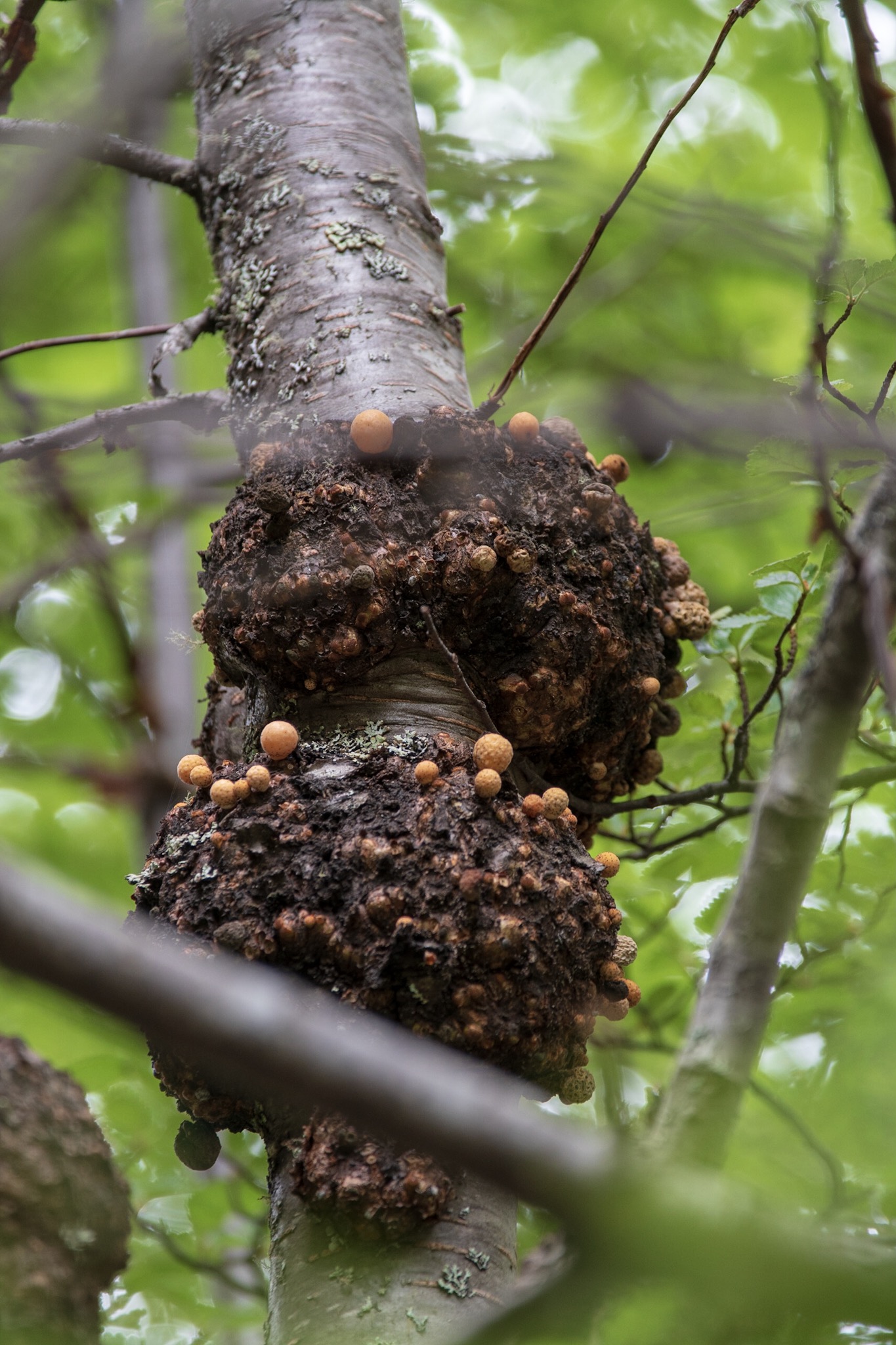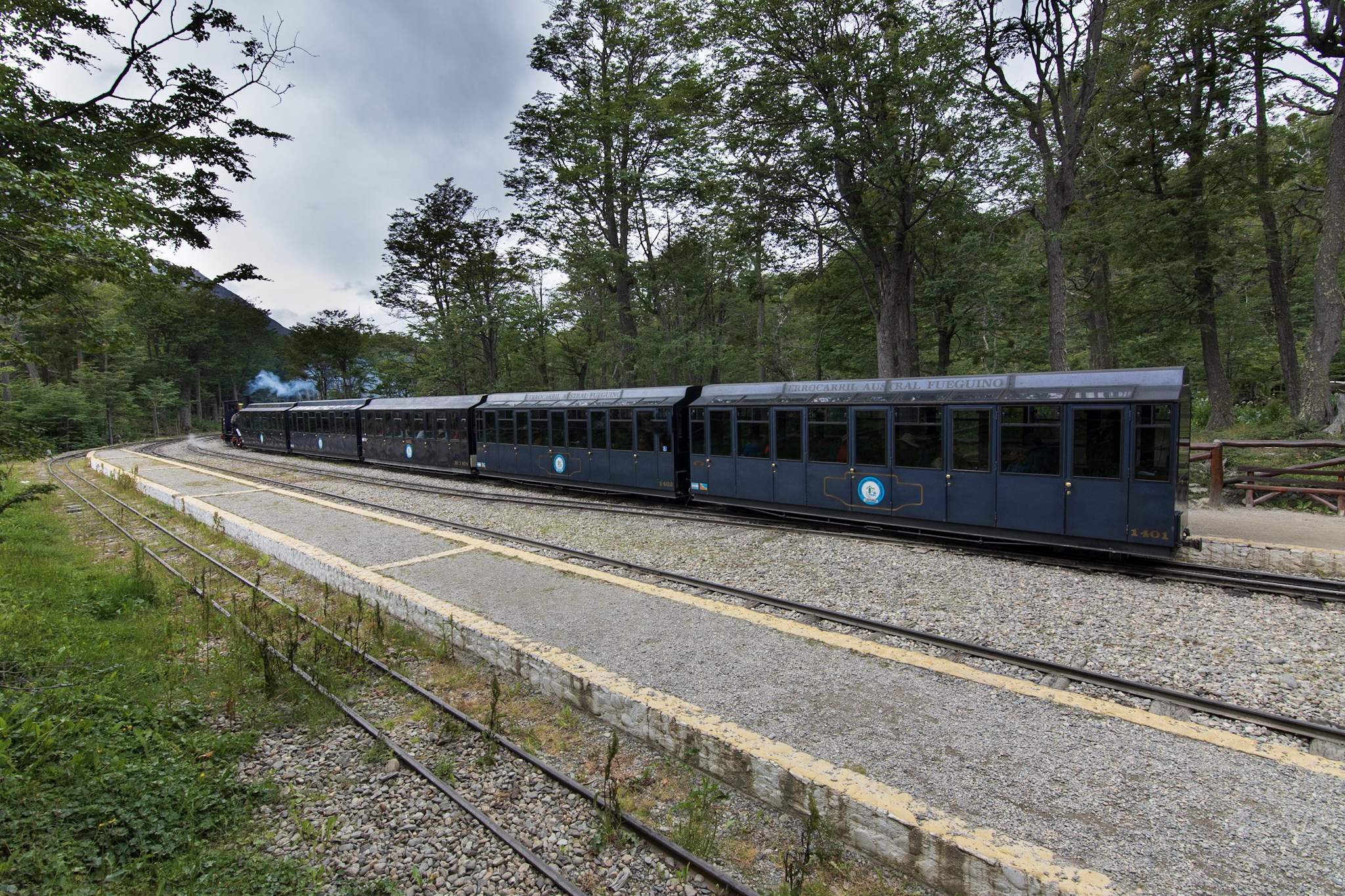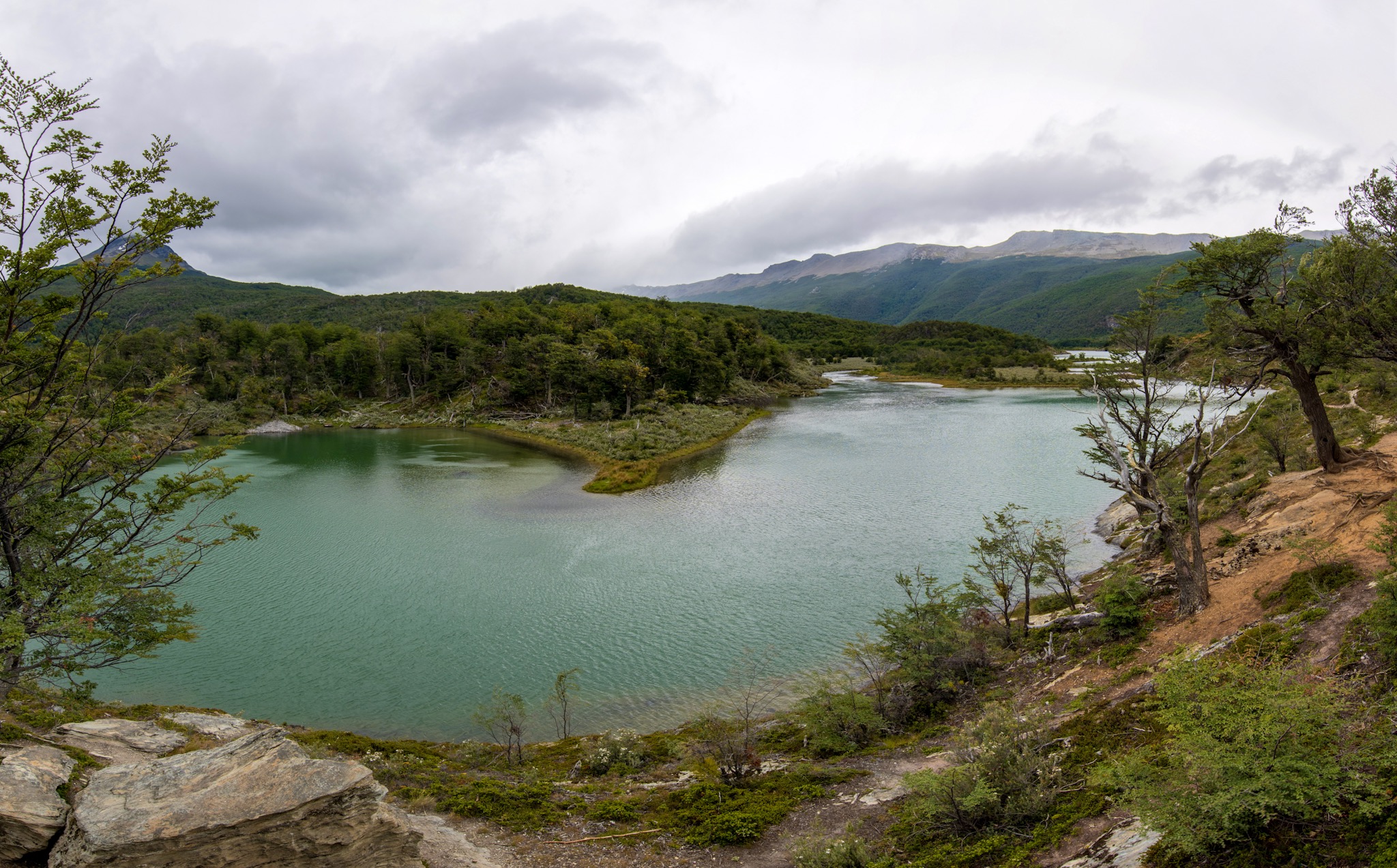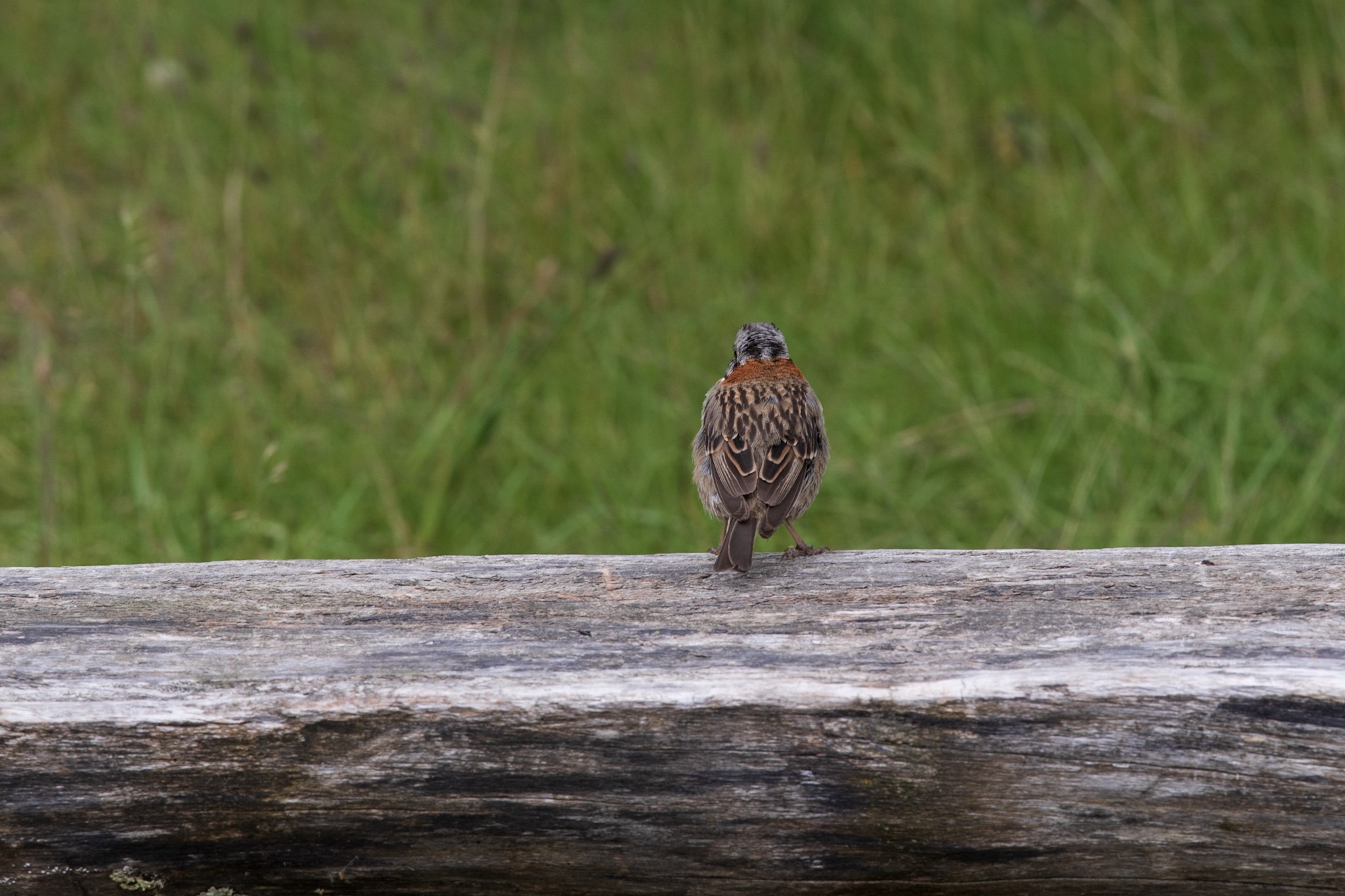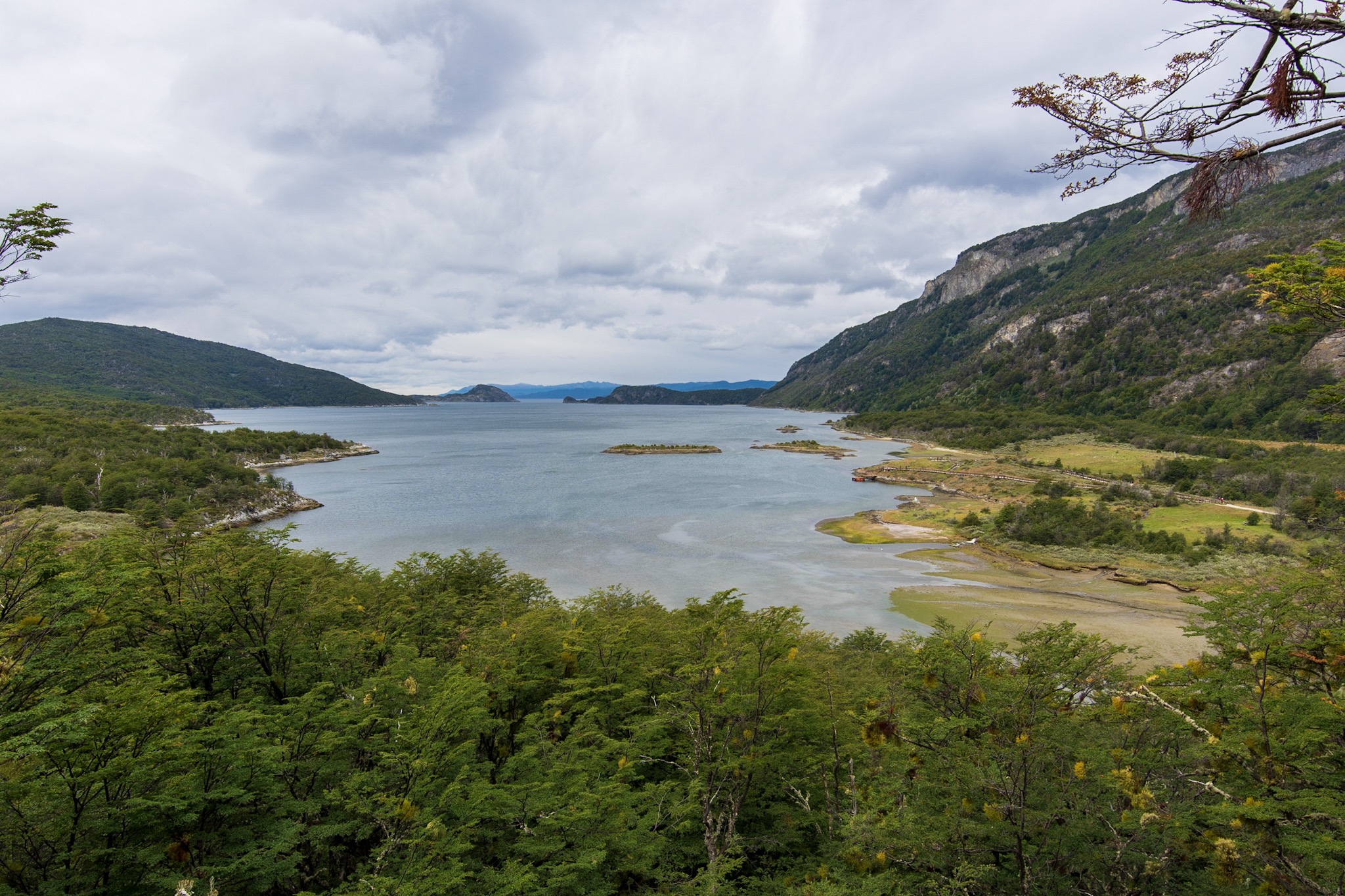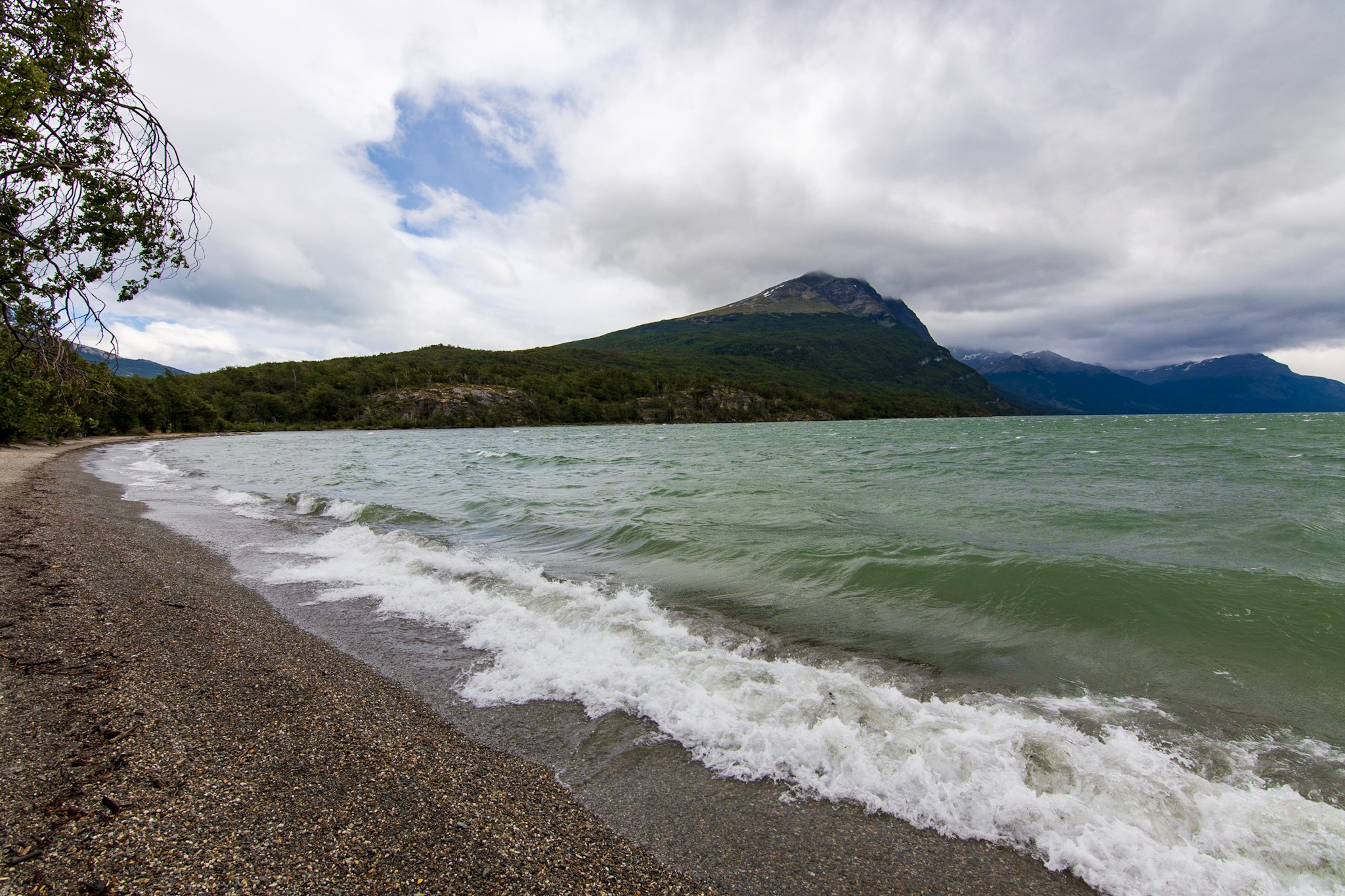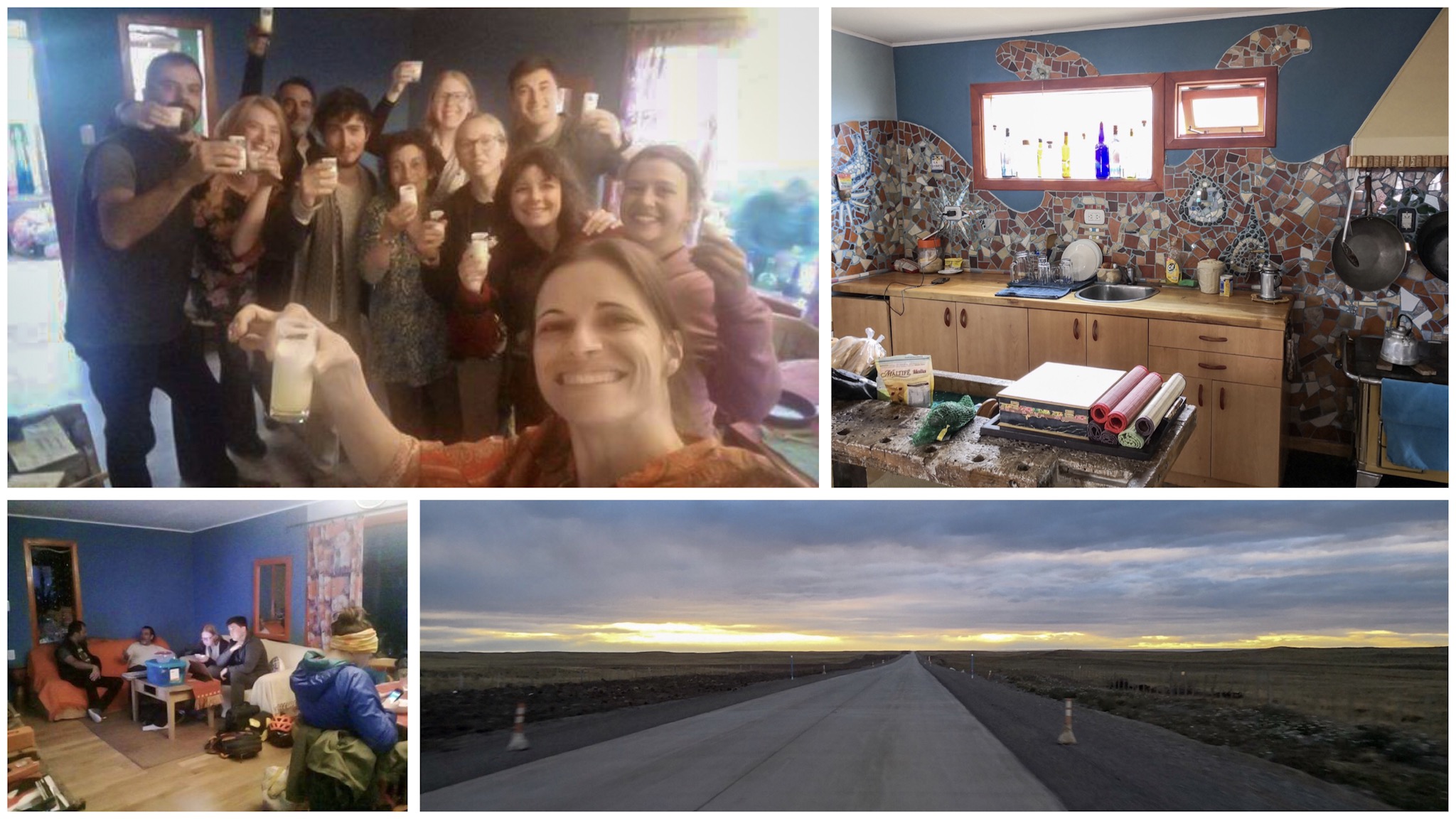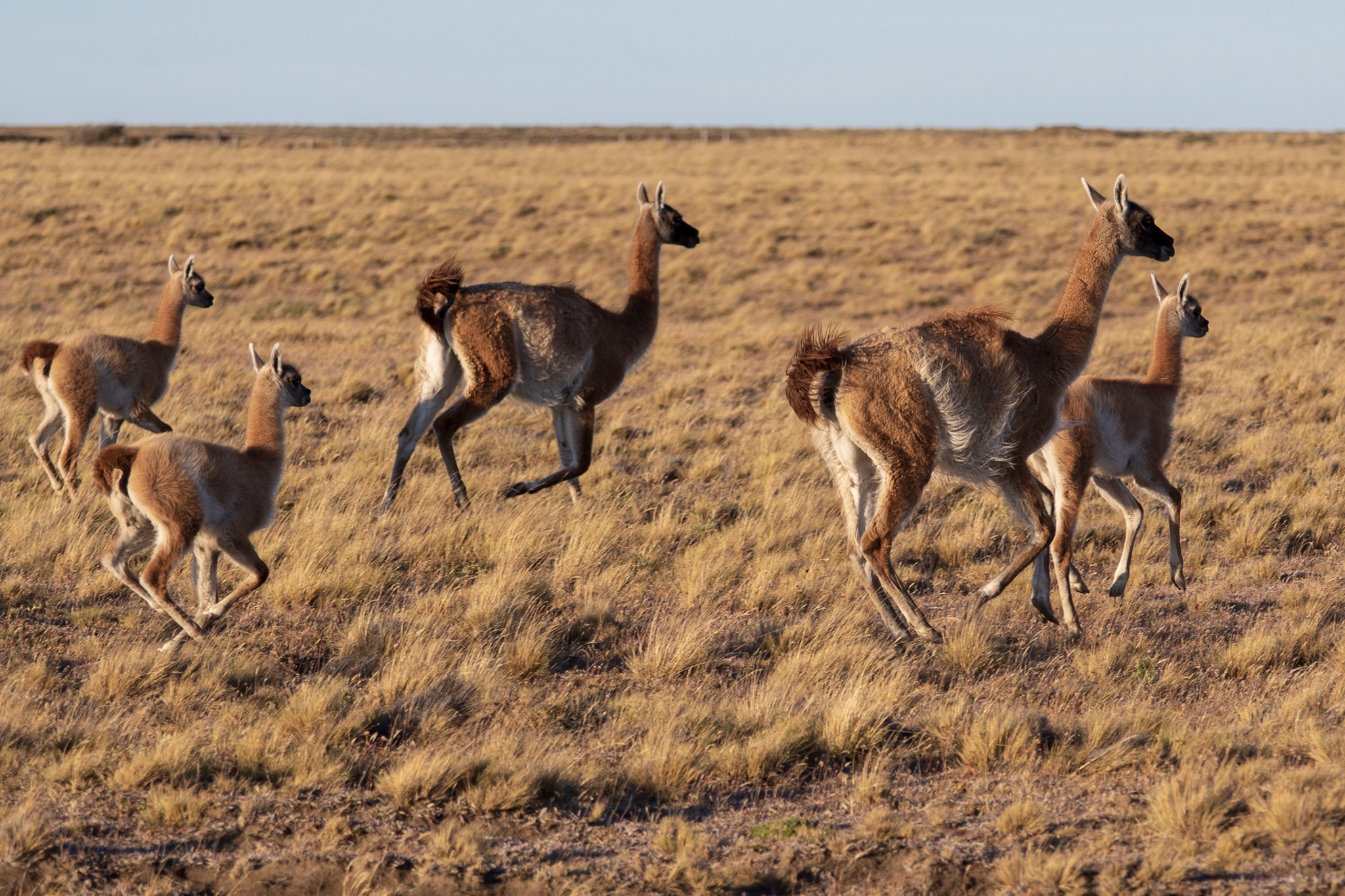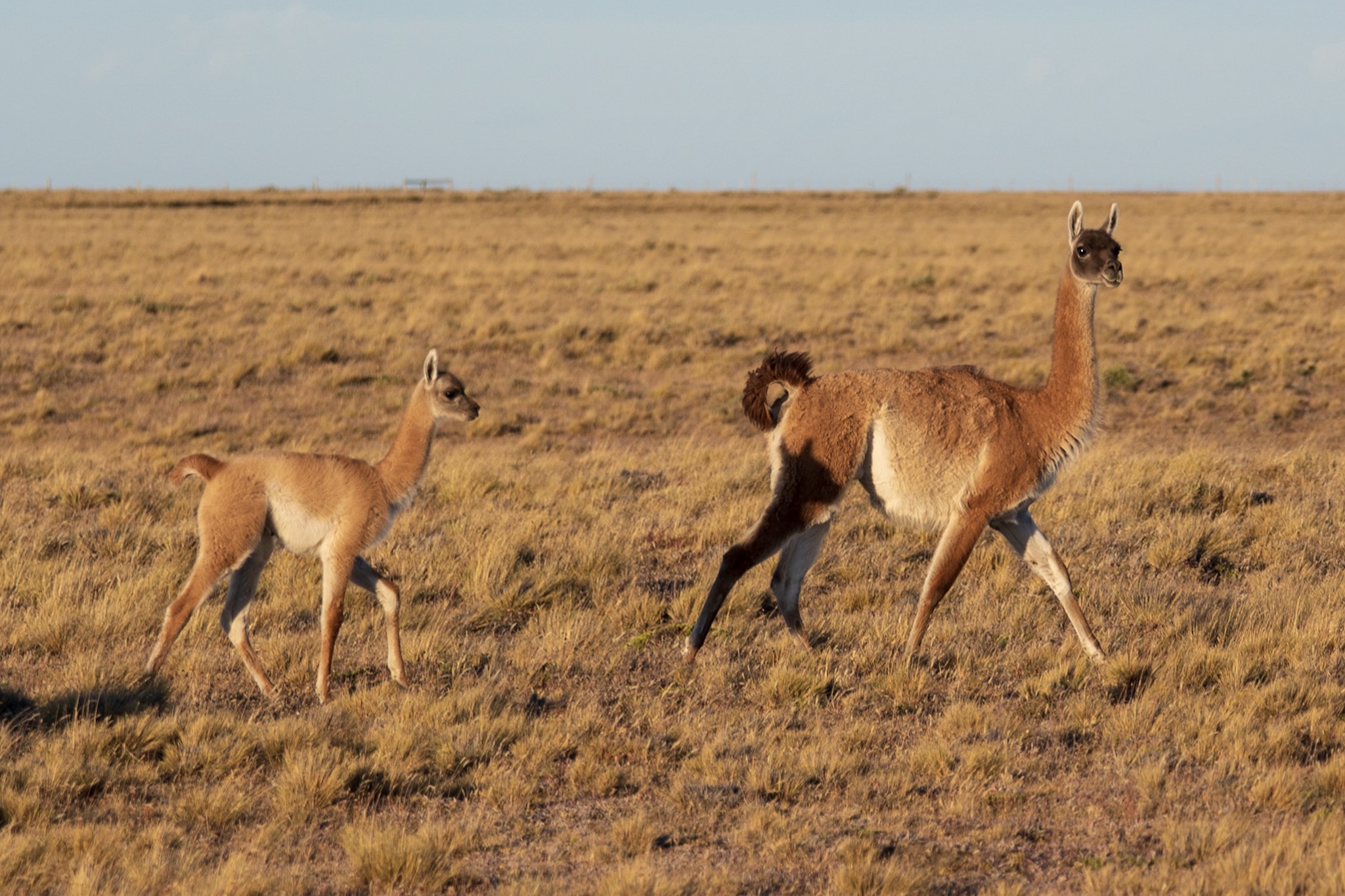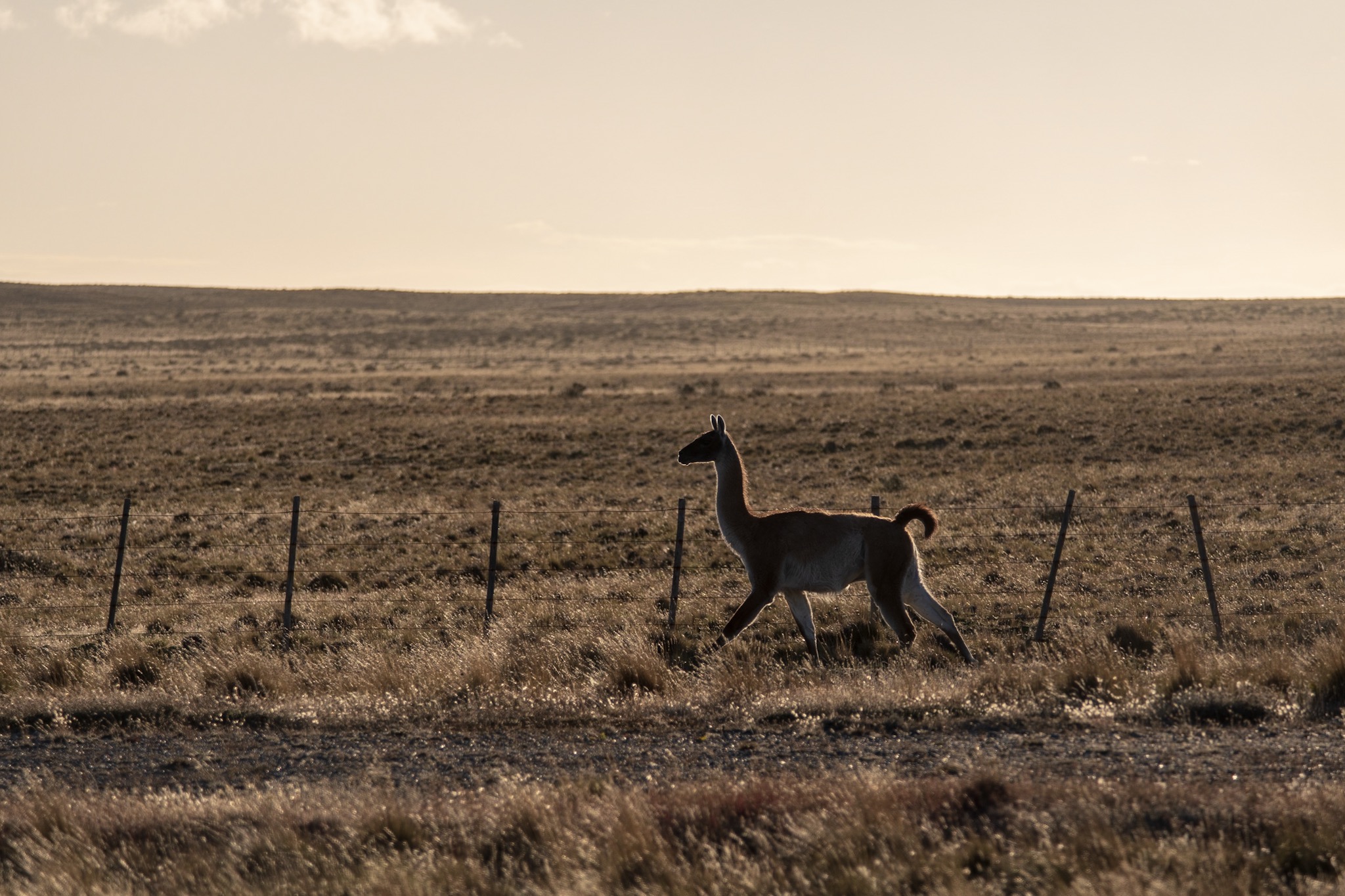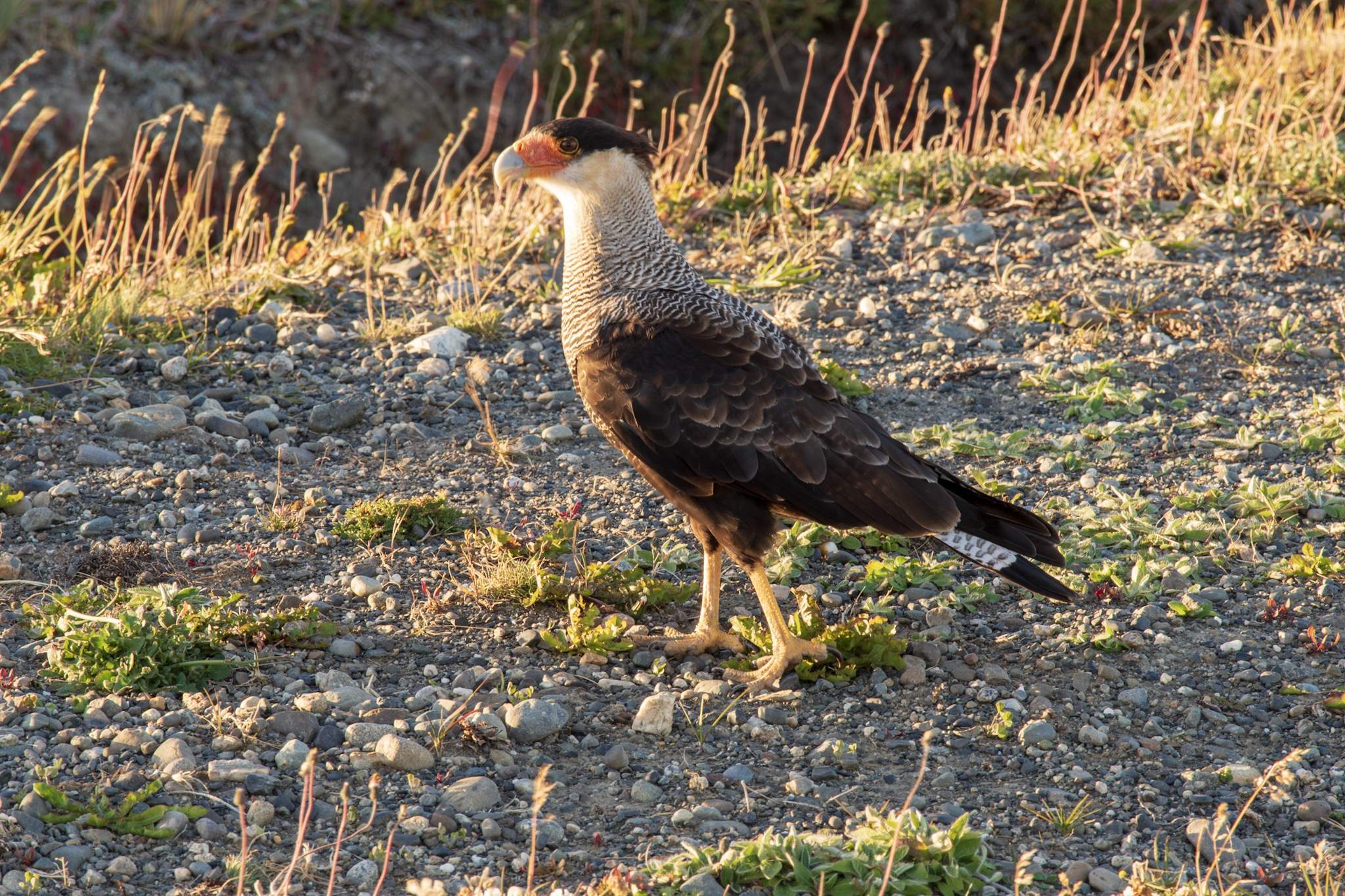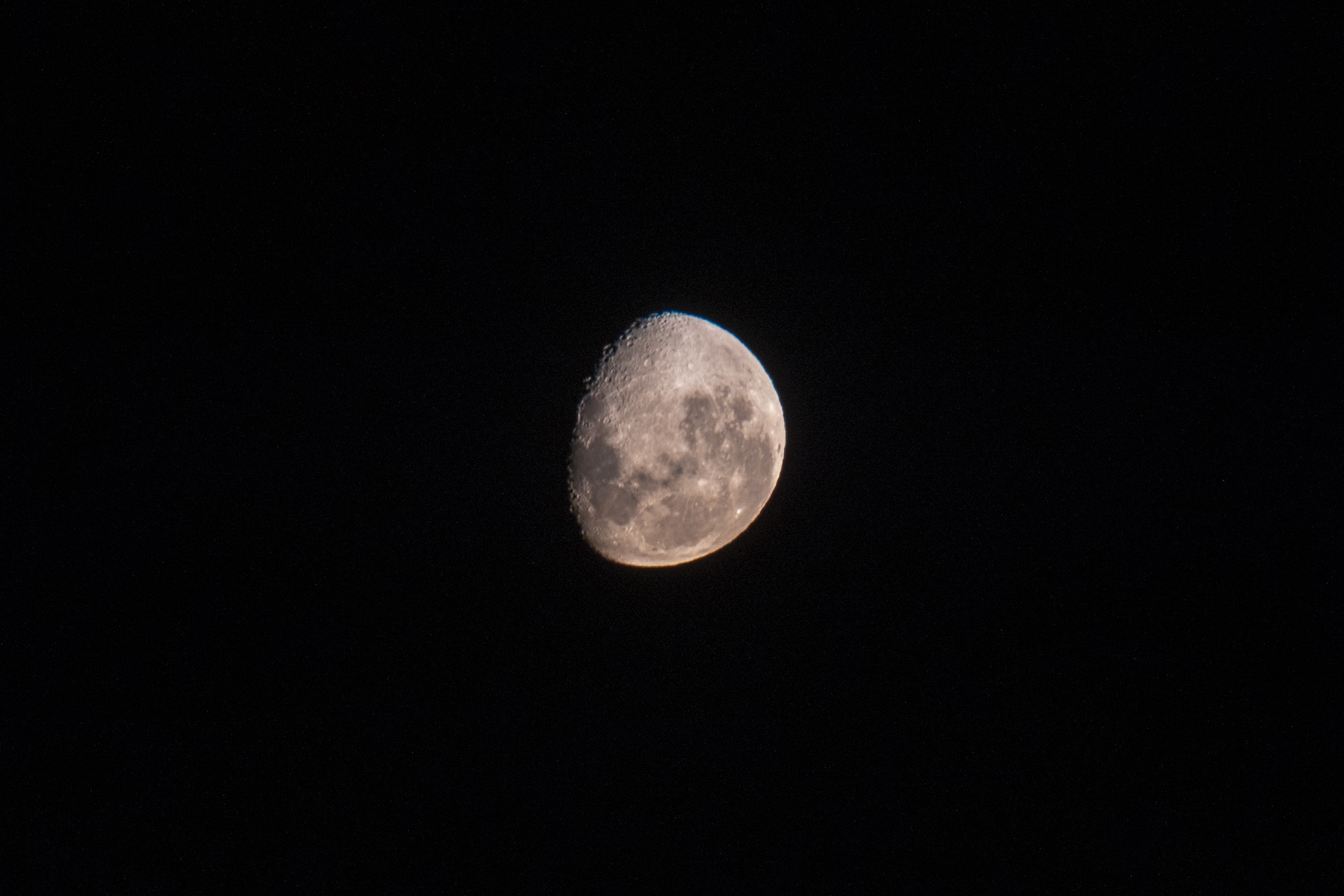Roadtrippin'
Unser Reiseplan sah wie folgt aus: Punta Arenas - Ushuaia - Torres del Paine - Calafate - Chaltén - Carretera Austral - Santiago
Our itinerary looked like this: Punta Arenas - Ushuaia - Torres del Paine - Calafate - Chaltén - Carretera Austral - Santiago
Kurz nach Mittag verliessen wir unser gemütliches und warmes Airbnb Richtung Ushuaia. Für die nächsten 5 Wochen hiess es campen. Einerseits freuten wir uns riesig auf die Freiheit, überall hinfahren zu können, andererseits hatten wir grossen Respekt vor dem kalten, unberechenbar Wetter und Wind Patagoniens. Und unser Campervan war nicht gerade das Beste vom Besten wie wir feststellen mussten… Apropos, wir hatten das Michael Jackson Design, weshalb wir schon mal im Vorfeld den passenden Soundtrack runterluden. Allerdings hatten wir uns ein etwas hübscheres Design als sein Konterfei vorgestellt. Aber über Geschmack lässt sich bekanntlich streiten.
Shortly after noon we left our cozy and warm airbnb in the direction of Ushuaia. For the next 5 weeks it was camping time. On the one hand we were very happy to be able to go anywhere, but on the other we had great respect of the cold, unpredictable weather and wind of Patagonia. And our campervan was not exactly the best of the best, as we had to find out. Btw., we had the Michael Jackson design, which is why we downloaded the matching soundtrack. However, we had a somewhat nicer design in mind than his face. But there's no accounting for taste.
Auf der Strasse Richtung Westen lernten wir den berüchtigten Patagonischen Wind von seiner besten Seite kennen. Nämlich von Vorne oder der Seite. Und das so richtig stark, so dass jedes vorbeifahren an Trucks oder Dünen zum Abenteuer wurde. Zudem war es unglaublich laut im Auto, da der Wind die Autotüren nach aussen drückte und Pfeifgeräusche verursachte. Nix mit passender Disco Musik…
Entlang der Strasse gab es mehrere Shelters die Reiselustigen gratis zur Verfügung stehen, so konnten wir gemütlich einen ersten Snack geniessen.
On the road to the west we got to know the notorious Patagonian wind from its best angle. Namely from the front or the side in full force. Every passing of a truck or a dune was a thrilling adventure. In addition, it was incredibly noisy in the car, as the wind pushed the car doors to the outside and caused whistling noises. So we couldn't hear much of our amaaaazing soundtrack…
Along the road several shelters were available for travelers, so we could enjoy our first snack in one of them.
Cerro Sombrero a tiny city well worth visiting.
Wir nahmen die Fähre zum Feuerland und entschieden uns im Dörfchen Cerro Sombrero zu übernachten, da es dort ein Informationszentrum geben soll mit WCs und warmen Duschen, yaaay! Enrique vom Infozentrum gab uns Infos und gute Tipps für die Weiterreise nach Ushuaia. Plus: wir können beim Kino Schutz vor dem Wind suchen zum Kochen und, wenn wir schon da sind, doch den Film über die Biberplage anschauen.
Im etwas windgeschützten Schatten des Kinos versuchten wir vor dem Film unser erstes Camper Abendessen zuzubereiten. Der kleine Gaskocher gab sein bestes aber trotz zusätzlichen Windschutz-Massnahmen blieb das Wasser eher lauwarm. Plötzlich kam ein älterer Herr angelaufen und fragte neugierig was wir machen. Wir erklärten ihm, dass wir gerade Pasta kochen möchten. Worauf er spontan meinte: kommt doch rein ins Kino! Kochen im Kino?! Ja doch, es ist das erste Kino von Chile aus dem Jahr 1945. Himmel, dann doch erst recht nicht! Was wenn wir die Bude abfackeln! Aber der alte Mann blieb unbeirrt und stellte uns ein Tischchen auf. Und so kochten wir unsere erste Camper Mahlzeit (Pasta mit Tomatensauce) im ältesten Kino von Chile (ohne es abzufakeln).
We decided to stay in a tiny village called Cerro Sombrero, as there was supposed to be an information center with toilets and warm showers, yay! Enrique who works there gave us all the information for the onward trip to Ushuaia. He also recommended us to search for shelter in front of the cinema and watch the movie about the beaver plague tonight while we're there.
In the somewhat wind-protected shade of the building, we tried to prepare our first camp dinner before the film. The small gas stove was working hard but despite additional wind protection measures the water remained rather lukewarm. Suddenly, an elderly gentleman walked along and asked what we were doing. We told him that we are trying to cook pasta. Come in to the cinema! He said. Cooking in the cinema?! Yes, it is Chile's first cinema from 1945. Heavens, then certainly not! What if we burn the whole thing down to the grounds? But the old man remained convinced and put a table up for us. And so we cooked our first camper meal (pasta with tomato sauce) in the oldest cinema of Chile (without destroying it).
Das Dörfchen wurde 1945 gegründet als die ersten Gasvorkommen abgebaut wurden und von einem amerikanischen Architekt designed. So gibt es neben dem Kino auch noch Gebäude mit Schwimmbad, Sporthalle, Fitnessraum, Bowlingbahn und einem kleinen botanischen Garten. Alles im schicken 50er Jahre Stil. Echt cool!
The tiny village was founded and designed by an American architect in 1945 when the first gas deposits were mined. In addition to the cinema there is also a building with swimming pool, sports hall, fitness room, bowling alley and a small botanical garden. All in a chic 50s style. Really cool.
Der Dokufilm über die Biberplage war sehr eindrücklich. 1946 holte Argentinien 50 Biber für Pelzfarmen aus Kanada. Das Projekt versandete und die Bieber wurden in die Natur entlassen. 2011 lebten rund 200'000 Bieber im Feuerland und richten grossen Schaden an. Die Probleme:
- Biber haben hier keine natürliche Feinde
- im windstarken Feuerland wachsen die Bäume sehr langsam.
- Biberdämme sorgen für grosse Überschwemmungen. So ertrinken die restlichen noch lebenden Bäume.
Tierschützer versuchen nun die Population einzudämmen und zu kontrollieren.
The documentary about the beaver plague was very impressive. In 1946, Argentina brought 50 beavers for fur farms from Canada. The project was forsaken and the beavers released. In 2011 around 200,000 beavers lived in Tierra del Fuego and continue to do great damage to the vegetation. The problems:
- Beavers do not have natural enemies here
- in the wind-strong fireland, the trees grow very slowly.
- Beaver dams cause large floods. The remaining trees are drowning.
Animal protectors are now trying to keep the population down.
Es wurde schnell kalt am Abend, so machten wir noch eine kurze Fotospritztour mit unserem Michael um uns aufzuwärmen.
It quickly got cold in the evening so we made a short photo tour with our Michael to warm us up.
Camping for Dummies
Die erste Nacht war etwas durchzogen. Unsere Schlafsäcke waren scheinbar nur bis 15 Grad ausgelegt und Feuerland ist auch im Sommer eher kühl (Hallo Minustemperaturen!). Um 7 Uhr legten Bauarbeiter neben uns los inkl. volle Pulle Reggaeton. Um 9 waren endlich die Toiletten offen und Dani ging duschen. Rado versuchte sich im Frühstück zubereiten und musste als erstes die Kühlbox entwässern, da der Eisbeutel leckte. Nachdem wir unser Frühstück im Staub & Wind gegessen hatten, versuchten wir uns am Abwasch. Der Patagonische Wind peitsche uns fleissig um die Ohren und fühlte sich dank dem kalten Wasser an als wäre er Minus 15 Grad. Kein Wunder hatten wir um 11 Uhr die Schnauze gestrichen voll vom Campen und dabei waren wir doch erst einen Tag unterwegs. Das muss doch besser gehen! So machten wir auf unserer Reise viele kleine Verbesserungen, um unser Leben wieder etwas angenehmer zu gestalten.
The first night was enlightening. Our sleeping bags were seemingly only suitable up to 15 degrees and the Land Of Fire is still rather cool during the summer months (hello minus temperatures!). At 7 am construction workers started right next to us, including Reggaeton on max volume. At 9 the toilets were open and Dani went to shower. Rado tried to prepare breakfast but had to drain the cooler first, as the ice bag leaked. After we’ve eaten our breakfast in the dust & wind we tried to wash our dishes. The Patagonian wind whipped us diligently and it felt as if it was minus 15 degrees. At 11 o'clock we had enough of camping… another 34 days to go. We thought, that has to go better! So we made many small improvements during our journey, to make our life more enjoyable.
We have nothing to declare officer
Der erste Grenzübergang nach Argentinien stand an. Wir schnappten unsere Dokumente und traten ein, als uns ein grosses Schild auf Englisch darauf aufmerksam machte, dass auch Argentinien keine Früchte, Gemüse, Fleisch etc. zulässt. Verdammt, und wir hatten auf anraten vorher in Chile eingekauft. So entschieden wir uns auf gut Glück einfach die Grenze zu überqueren.
The first border crossing to Argentina was on. We took our documents and entered, when we saw a big sign in English that Argentina also did not allow any fruit, vegetables, meat etc. to cross the border. Damn it, and we did go shopping in Chile. We decided to cross the border and see what happens.
Nachdem wir an zwei Schaltern unsere und Michaels Stempel bekommen hatten, fuhren wir mit dem Auto zum Kontrollpunkt. Gemütlich schlenderte ein Grenzbeamter aus dem Kabäuschen und wollte wissen was wir hinten im Auto hatten. “Ein Bett“ antworteten wir, “wie, ein Bett?“, Dani hüpfte aus dem Auto und öffnete die Seitentüre und präsentierte unsere Matratze mit Schlafsäcken (die wunderbar alle Lucken und Verstauflächen verdeckte). Er guckte kurz rein und lachte “ach soooo ein Motorhome, ja ja passt, weiter geht's”. So brausten wir grinsend weiter, als uns 10 Minuten später eine stationäre Kontrolle anhielt.
Diesmal hüpfte Rado raus. Der Beamte schaute grimmig und wollte alles sehen. Rado musste die Matratzen anheben, Heckklappe öffnen, alle Kisten und die Kühlbox öffnen. Der Beamte betatschte unser Gemüse, murmelt etwas und winkte uns dann weiter. Wir waren verwirrt aber immerhin wurde uns nix weggenommen.
Angespannt fuhren wir weiter als eine halbe Stunde später schon wieder eine Kontrolle anstand. Was ist bloss los in Argentinien?! Doch diesmal wurden wir nur darauf aufmerksam gemacht, dass unser Licht nicht an war. Puh…
After we received our and Michael's stamps at two booths, we drove to the control point. A border officer strolled slowly out and wanted to know what we had in the back of the car. A bed, we replied. A bed? He asked. Dani jumped out of the car and opened the side door and presented our mattress with sleeping bags (which perfectly concealed all the stowaway areas). He peeped in and laughed, a Motorhome, yes, yes, do go on. Grinning we continued our journey, when 10 minutes later a stationary control waved us out…
This time Rado jumped out. The officer looked fiercely and wanted to see everything. Rado had to lift the mattresses, open the tailgate, open all the boxes and the cool box. The officer touched our vegetables, muttered something and then let us go. We were confused but at least nothing was taken away.
On edge we continued for half an hour when another police officer waved at us. What is going on in Argentina?! But this time we were only drawn to the attention that our light was not on. Puh…
Tierra del Fuego - The Land of Fire
Der Name des Landes wurde von den ersten Matrosen, die die Küste der Insel erforschten, gegeben. Sie sahen konstant Lagerfeuer, die von den Einheimischen Selk'nam und Yámanas benutzt wurden, um sich vor der Kälte zu schützen. Obwohl die Wetterverhältnisse sehr rau waren, hatten die Einheimischen kaum Kleider an. Der ursprüngliche Name des Landes ist "Karukinka", was "unser Land" bedeutet. Leider ist das Volk ausgestorben, da unter anderem die chilenische Regierung jagt auf sie gemacht hatte. Die Leute hatten keine Chance, da sie ein freundliches und friedliebendes Volk waren.
The name of the land was given by the first sailors who explored the coast of the island. They constantly saw bonfires used by the locals Selk'nam and Yámanas in order to protect themselves from the cold. Even though the weather conditions were very rough, the locals were barely clothed. The original name of the land is “Karukinka” which means “our Land”. Sadly the folk has vanished due to the fact that, among others, the Chilean government hunted them down. They had no chance as they were kind and peace loving people.
Tolhuin haben wir auf anraten von Enrique besucht und wir wurden nicht enttäuscht. Das Dorf begrüsste uns mit einem riesigen Holztor mit komischen Figuren die spitze Hüte trugen und weisser Körperbemalung. Direkt beim See blieben wir beim wohl coolsten Campground der Welt. Roberto und seine Familie bauten über die Jahre ein kleines Camper Paradies inkl. riesengrossem Spielplatz mit Irrgarten für die kleinen aus Holz und recyceltem Material. Sein Sohn gab uns eine Führung und erklärte uns zugleich, was es mit den Statuen am Stadteingang auf sich hat. Die Einheimischen verkleideten sich bei Hain Festen als Geister/Götter und trugen Showkämpfe aus. Junge Männer konnten ihren Mut beweisen oder eine tolle Performance abliefern als “Bösewicht” und so Ruhm erlangen. Diese Feste wurden meist dann ausgetragen wenn es genügend zu Essen gab. So konnten Feste Monate oder gar Jahre dauern.
Wir machten noch einen Abendspaziergang am See und genossen die angenehm warme Luft.
We visited Tolhuin on the advice of Enrique and we were not disappointed. The village greeted us with a huge wooden gate with strange figures that wore pointed hats and white body painting (KKK?). Right by the lake we stayed at the probably coolest campground in the world. Roberto and his family built over the years a small camper paradise with a huge playground out of wood and recycling materials. His son gave us a guided tour and told us the story about the statues at the city entrance. At the Hain festivals the locals dressed up as ghosts/gods and did show fights. Young men could prove their courage or deliver a great performance as a bad guy and get famous. These festivals were often celebrated when there was enough food to eat. So festivals could take months or even years.
We did an evening walk on the lake shore and enjoyed the pleasantly warm air.
Am nächsten Morgen machten wir uns auf den Weg nach Ushuaia. Schon von weitem war das Meer zu sehen und die grosse Hafenstadt. Das Zentrum war sehr touristisch und es begrüssten uns exklusive Geschäfte am anderen Ende der Welt. Natürlich durfte der Besuch im Hard Rock Café nicht fehlen.
Am Hafen organisierten wir unsere ersten Touren und fuhren danach zur Playa Larga an der Küste zum Übernachten. Wir parkten nahe eines Naturschutzgebiets und warteten auf den Sonnenuntergang um 23.30 Uhr.
The next morning we set off on our way to Ushuaia. The sea and the large port town were already visible from far away. The center was very touristy and exclusive shops greeted us at the other end of the world. Of course, we couldn't miss to visit the local Hard Rock Café.
At the port we organized our first tours and then drove to Playa Larga on the coast to stay overnight. We parked near a nature reserve and waited for the sunset at 11.30 pm.
The Beagle Channel and its inhabitants
Um 9 Uhr gings mit einem kleinen Boot raus auf den Beagle Kanal, benannt nach dem Schiff HMS Beagle während ihrer ersten Vermessung der Küsten des südlichen Teils von Südamerika 1826.
Wir schipperten entlang kleinen und grossen Felsbrocken, die von tausenden Vögeln und teilweise Seelöwen bevölkert wurden. Die Kormorane glichen Dank ihrem schwarz-weissem Federkleid Pinguinen, nur mit langen Hälsen.
At 9 am we got on a small boat out on the Beagle Channel, named after the ship HMS Beagle during their first survey of the coasts of the southern part of South America in 1826. We sailed along small and large boulders populated by thousands of birds and partly sea lions. The cormorants resemble penguins thanks to their black and white feather dress, only with a very long neck.
Auf dem Weg Richtung der Isla H spritzen plötzlich Wasserfontänen vor uns auf: Wale!!! Rado sprintete mit seiner Kamera aufs Deck als eine heimtückische Welle Meerwasser sein Objektiv heimsuchte. 5 min später war die Linse wieder gereinigt und Einsatzfähig. Die Buckelwale begleiteten uns ein Stück bis sie uns ihre schönen Flossen präsentierten und abtauchten.
On the way towards the Isla H, water fountains suddenly raised before us: Whales!!! Rado ran with his camera on the deck but an evil wave of seawater splashed his lens. 5 min later the lens was cleaned and ready for use. The humpback whales accompanied us a bit until they presented us their beautiful fin and dived.
Wir legten an der H Insel an und kletterten die steilen Felsen nach oben. Was uns erwartete war eine unglaubliche Farbenpracht an Vegetation, Steinen und Meerespflanzen. Die Hügel waren grün, gelb, rot, weiss und unser Guide erklärte uns die vielen verschiedenen Pflanzen. Früher war die Insel ein beliebter Ort für die Einheimischen, man findet auch heute noch Überreste von Feuerstellen, Muscheln und Knochen von Tieren. Heute steht sie unter Naturschutz und bietet neben Landtouren auch tolle Tauchmöglichkeiten.
We laid on the H island and climbed the steep rocks to the top. What awaited us was an unbelievable amount of colour in vegetation, rocks and marine plants. The hills were green, yellow, red, white and our guide explained the many different plants. The island used to be a popular place for the locals, and you can still find many remains of fireplaces, shells and bones of animals. Today the island is protected and offers besides land tours also great diving experiences.
Am Ende der Welt gibt es Pinguine und wo Pinguine sind, müssen wir auch hin! Allerdings hat das ganze auch seinen Preis. Stolze 200+ Dollars um mit den Pingus zu watscheln, das war uns dann etwas zu viel. So entschieden wir uns die günstigere Variante zu machen mit einem grossen Katamaran, der zwar einige der gleichen Orte wie schon am Morgen besuchte, dafür aber anstelle der H Insel zur Isla Martillo fuhr. Da das Wetter super war, fuhren wir am gleichen Tag los.
Auf dem Boot war es sehr warm und draussen doch eher kalt Dank dem starken Wind. So waren wir beide nach 5min schon am schlafen und wurden praktischerweise jedesmal von der aufs Deck stürmende Touristenschar geweckt. Bei den Pinguinen angekommen warfen auch wir uns ins getümmel und beobachteten die putzigen Tierchen von der Reling aus.
At the end of the world there are penguins and where penguins are, we need to go! However, the whole thing has its price. Over 200 dollars to walk with the penguins. That was too much, so we decided to take the cheaper option with a large catamaran, who visited the same places as in the morning, but instead of the H island sailed to the Isla Martillo. As the weather was great, we went on the same day in the afternoon.
It was rather warm on the ship and cold outside thanks to the strong wind. So we both fell asleep after 5 minutes and luckily were awakened by all the tourist running to the outer deck. Arriving at the penguins we also threw ourselves into the crowd and watched the cute animals from the deck.
An Land waren viele kleine schwarz weisse Magellanic Pinguine zu sehen und teilweise auch Gentoo Pinguine die sich durch ihre Grösse und orangschroten Schnäbel absetzten. Letztere bekamen sich öfters mal in die Haare und boten lustige Verfolgungsjagten.
Many small black & white Magellanic penguins were to be seen on land, a stark contrast were the Gentoo penguins with their size and orange-coloured beak. The latter got into many fights and chased each other around.
Auf dem Rückweg kamen wir ins Gespräch mit einem netten Ehepaar das nahe Bariloche wohnte. Wir lernten viel über die Wirtschaft von Argentinien und Rado konnte sogar etwas fachsimpeln da der Ehemann ebenfalls Elektroingenieur war.
Am Abend fuhren wir in den Nationalpark Tierra del Fuego gleich neben der Stadt und suchten uns ein Schlafplätzchen neben dem Rio Pipo.
On the way back we had a great conversation with a nice couple who lived near Bariloche. We learned a lot about the economy of Argentina and Rado was even able to talk a bit about his profession because the husband was also an electrical engineer.
In the evening we drove to the Tierra del Fuego National Park right next to the city and looked for a nice sleeping area next to the Rio Pipo.
Winter is coming…
Die Nacht war kalt, sehr kalt. Schlotternd krochen wir aus unseren Schlafsäcken und machten uns erstmal heisses Wasser als ein wiehern uns aufschreckte. Pferde? Wenige Minuten später galoppierten zwei Wildpferde auf der anderen Seite des Flusses an uns vorbei.
The night was cold, very cold. We crawled out of our sleeping bags shaking and first of all made some hot water. Suddenly we heard a neighing. Horses? A few minutes later, two wild horses galloped past us across the river.
Der Nationalpark hat viele kleinere Seen und Sümpfe. Die Biber haben auch hier gewütet und der Landschaft zugesetzt, sind mittlerweile aber unter Kontrolle. Im Park fanden wir dann auch das berüchtigte Baumbrot, ein Pilz der an den Bäumen wächst und essbar ist. Wer nicht wandern möchte, kann eine Fahrt mit einer alten Dampflokomotive buchen durch den Park.
The National Park has many smaller lakes and marshes. The beavers have also left many places destroyed but the population right now is under control. In the park we also found the infamous tree bread, a mushroom that grows on the trees and is edible. Those who do not want to hike can book a ride with an old steam locomotive through the park.
Obwohl wir Stunden durch den Nationalpark stapften, wurde uns nicht richtig warm, weshalb wir uns auf die Suche nach einer Unterkunft machten. Gewärmt gings am nächsten Tag wieder Richtung Norden. Bevor die Grenze kam übernachteten wir noch in Rio Grande beim Casa Azul de Graciela. Sie führt ein kleines aber tolles Häuschen mit Platz für ein paar Zelte im Garten und zwei Autos. Hier lernten wir das erste Mal so richtig die Argentinische Gastfreundschaft kennen.
Although we walked for hours through the National Park we didn't get really warm, so we looked for a place to stay. The next day, all warmed up, we went back northwards. Before crossing the border to Chile we stayed overnight in Rio Grande at Casa Azul de Graciela. She runs a small but great cottage with space for a few tents in the garden and two cars. Here we got to really experience the famous Argentinian hospitality for the first time.
Das Haus füllte sich mit Gästen, die auf der Durchreise waren und Graciela öffnete gleich eine Flasche Wein. Es wurde gequatscht und gelacht bis spät in die Nacht. Wir bekamen sogar extra Decken für die kalte Nacht als Graciela von unserem Schlafsack Problem erfuhr.
The house filled with guests that were passing through and Graciela opened a bottle of wine for all of us. We chatted and laughed until late at night. We even got extra blankets for the cold night when Graciela learned about our sleeping bag problem.
Border call and ferry trouble
An der Grenze durften wir 3 Formulare ausfüllen und unser Fahrzeug wurde auf den Kopf gestellt. Wir waren gut vorbereitet und konnten ohne Probleme passieren. Doch der starke Gegenwind und die späte Weiterreise von Argentinien zwang uns zu einer weiteren Übernachtung in unserem Lieblingsdörfchen Cerro Sombrero. Diesmal machten wir alles besser und hatten einen tollen Windschatten Platz.
At the border we had to fill out 3 forms and our vehicle was turned upside down. We were well prepared and could pass without problems. But the strong headwind and the late onward journey from Argentina forced us to stay overnight in our favorite little village Cerro Sombrero. This time we did everything better and had a great wind sheltered place.
Am morgen zog der Wind weiter an und nach etlichen Kochversuchen entschlossen wir uns im Touristenzentrum Schutz zu suchen. Enrique war so freundlich und machte uns sogar Tee. Wir hatten tolle Gespräche und erfuhren, dass unsere Fähre wegen starkem Wellengang den Betrieb eingestellt hat und vermutlich erst spät Abend wieder fährt. So warteten wir weiter im Büro von Enrique und er erklärte uns was es mit den Zollbestimmungen auf sich hatte. Dank ihrer strikten Grenzkontrolle und dem Andengebirge, dass als natürliche Isolation fungiert, ist Chile frei von BSE, Essigfliegen und der Reblaus. Nun machte alles mehr Sinn.
Um 18 Uhr war die Fähre noch immer nicht einsatzfähig, doch Enrique gab uns den Tipp, dass am Abend der Wind nachliess und dass wir es versuchen sollten. So machten wir uns langsam auf den Weg zur Fähre und trafen unterwegs auf viele wilde Guanacos und Vögel.
In the morning the wind continued to grow stronger and stronger. After a number of cooking experiments we decided to take shelter in the tourist centre. Enrique was so friendly and even made us tea. We had great conversations and learned that our ferry stopped operating due to strong wind. So we waited in the office of Enrique and he explained to us the Chilean customs regulations. Due to its geographical isolation and strict customs policies, Chile is free from diseases such as Mad Cow, fruit fly and Phylloxera. Now everything makes more sense!
At 6pm the ferry was still not operational, but Enrique gave us the hint that the wind usually cooled down in the evening and that we should try to get over. So we set off slowly towards the ferry terminal and met many wild Guanacos and birds on the way.
Die Sonne sank zum Horizont und von weitem sahen wir eine riesige Kolonne. Wir fuhren bis an die Küste und neben vielen Personenwagen stauten sich auch Tourbusse und Trucks. Wann die Fähre wieder einsatzfähig sein würde wusste keiner. Wir stellten uns in die Schlange, assen Abendessen und schauten einige Folgen unserer Lieblingsserie. Nach 10 Uhr bewegte sich plötzlich etwas, die ersten Autos kamen uns entgegen, die erste Fähre war angekommen.
Die Fährgesellschaft Austral Broom setzte gleich mehrere Schiffe ein aber auch die konnten die riesige Schlange nur langsam verkleinern. 4 Stunden später waren immer noch dutzende Autos vor uns und plötzlich ging das Licht aus, denn um 2 Uhr ging die letzte Fähre. So machten wir es uns bequem auf unserer Matratze im Auto und versuchten zu schlafen als plötzlich erneut Lichter am Horizont auftauchten. Die Fährgesellschaft machte Überstunden, wenn auch reduziert. Danke!!! Wir waren erleichtert und um 4 Uhr morgens endlich auf dem Schiff. Drüben angekommen konnte Rado kaum noch die Augen offen halten, so parkten wir bei der nächsten Ausfahrt und übernachteten am Strassenrand.
The sun sank to the horizon and from afar we saw a huge column. We drove up to the coast to check the situation. Next to many passenger cars we also saw tour buses and lots of trucks in the line. No one knew when the ferry would be operational again. We put ourselves in the queue, had dinner and watched some episodes of our favorite series. After 10 pm suddenly cars started to pass us: the first ferry had arrived.
The ferry company Austral Broom used a number of ships to get as many people over as possible, but the line was immense. 4 hours later, there were dozens of cars ahead of us and suddenly the lights went out, because at 2 am the last ferry went. So we made ourselves comfortable on our mattress in the car and tried to sleep when suddenly again lights appeared on the horizon. The ferry company made overtime, thank you!!! We were relieved and at 4 am eventually made it on the ferry. On the other side Rado almost couldn't keep his eyes open so we stopped at the next opportunity and slept next to the street.
